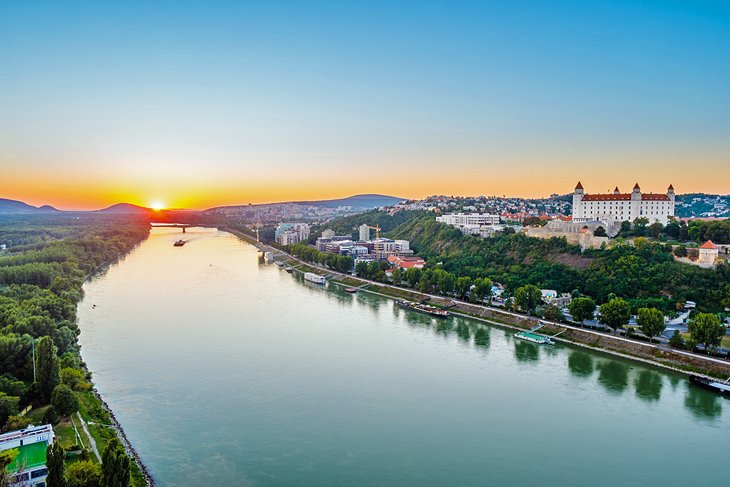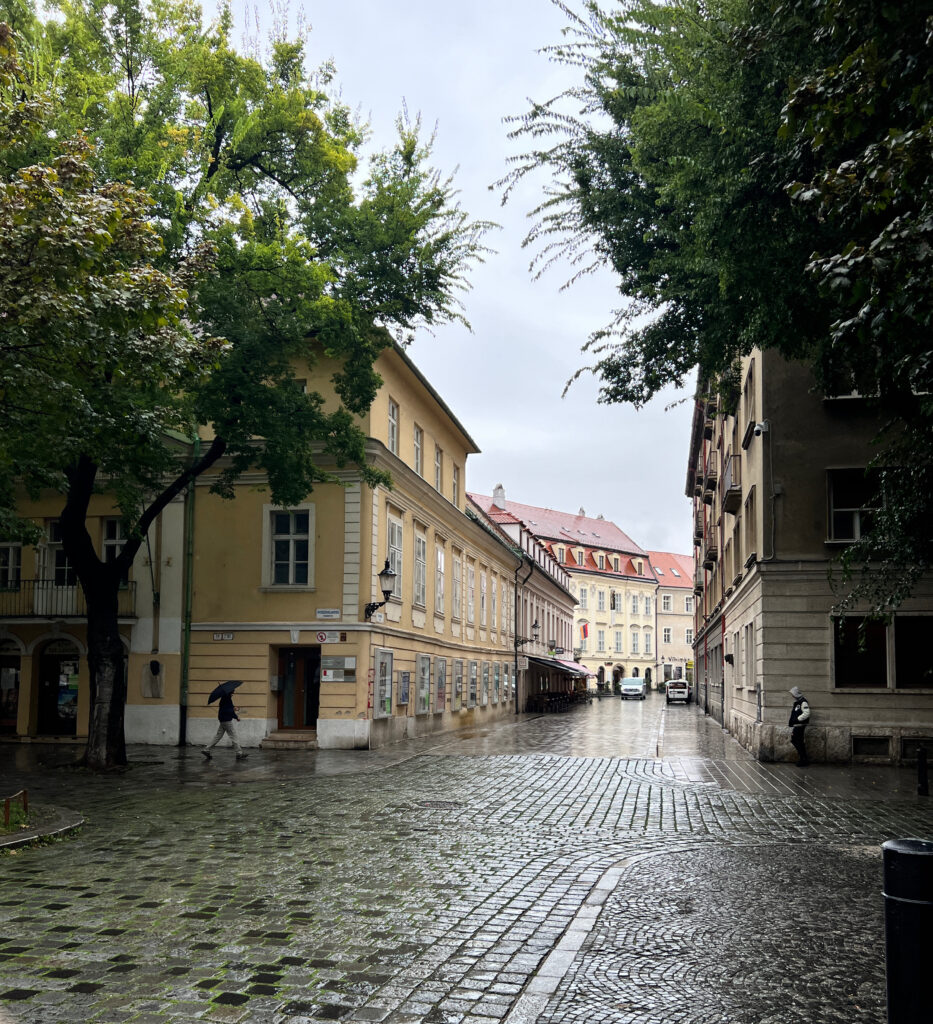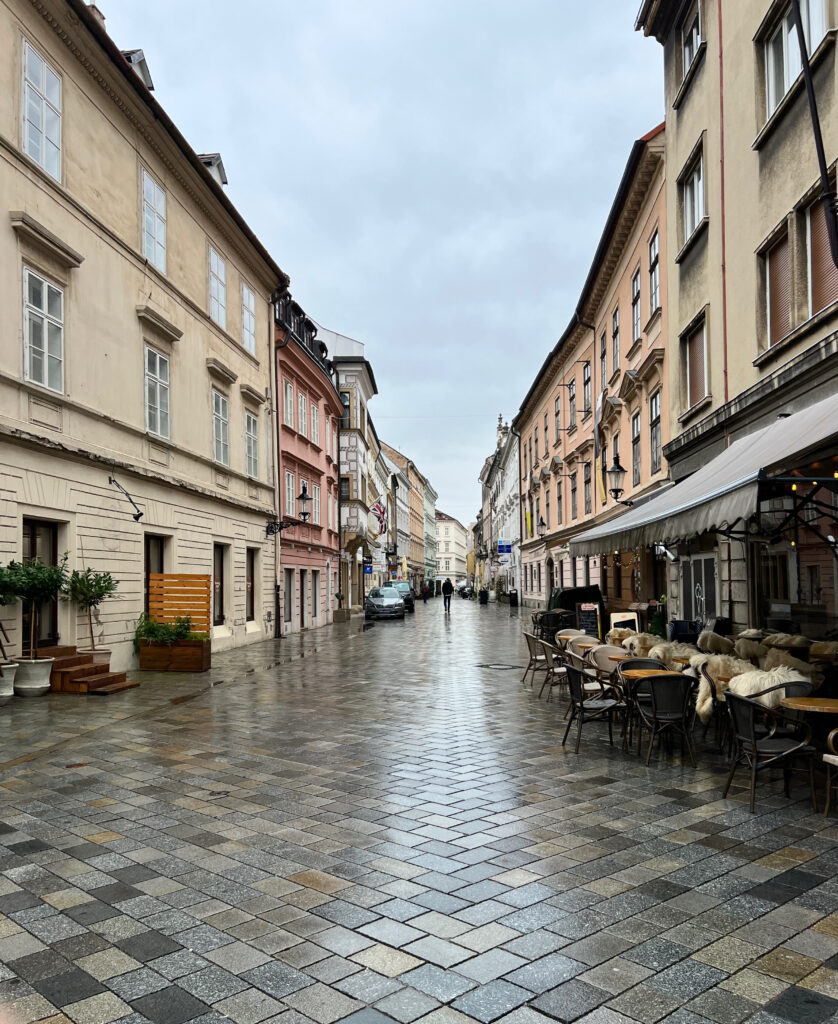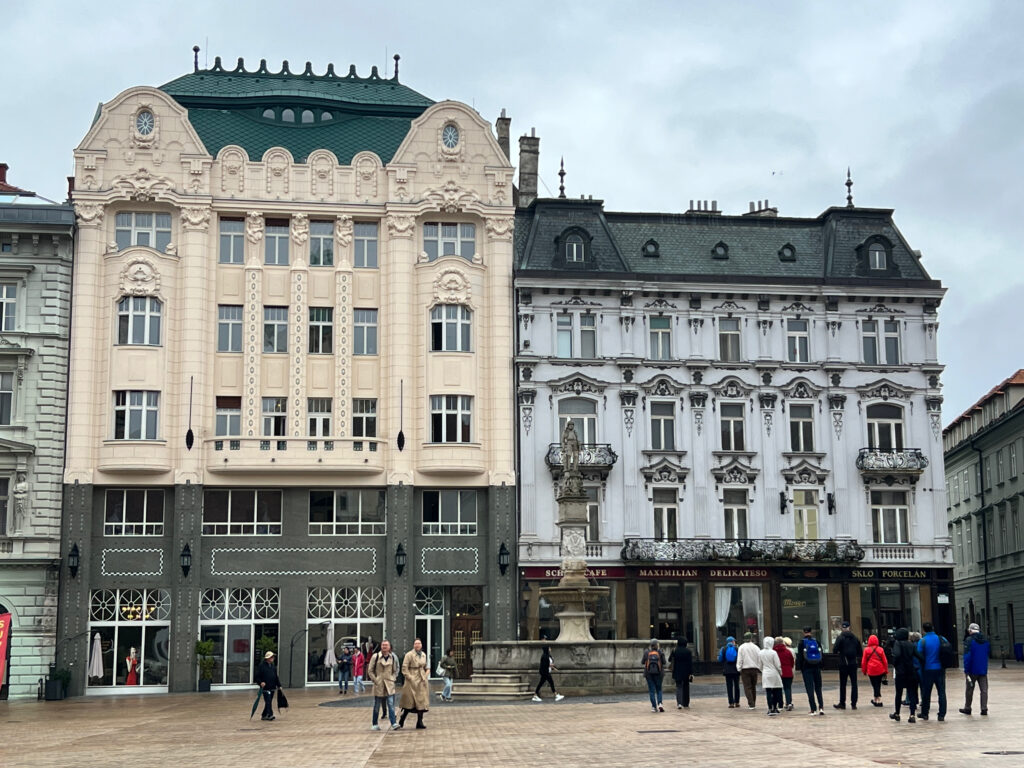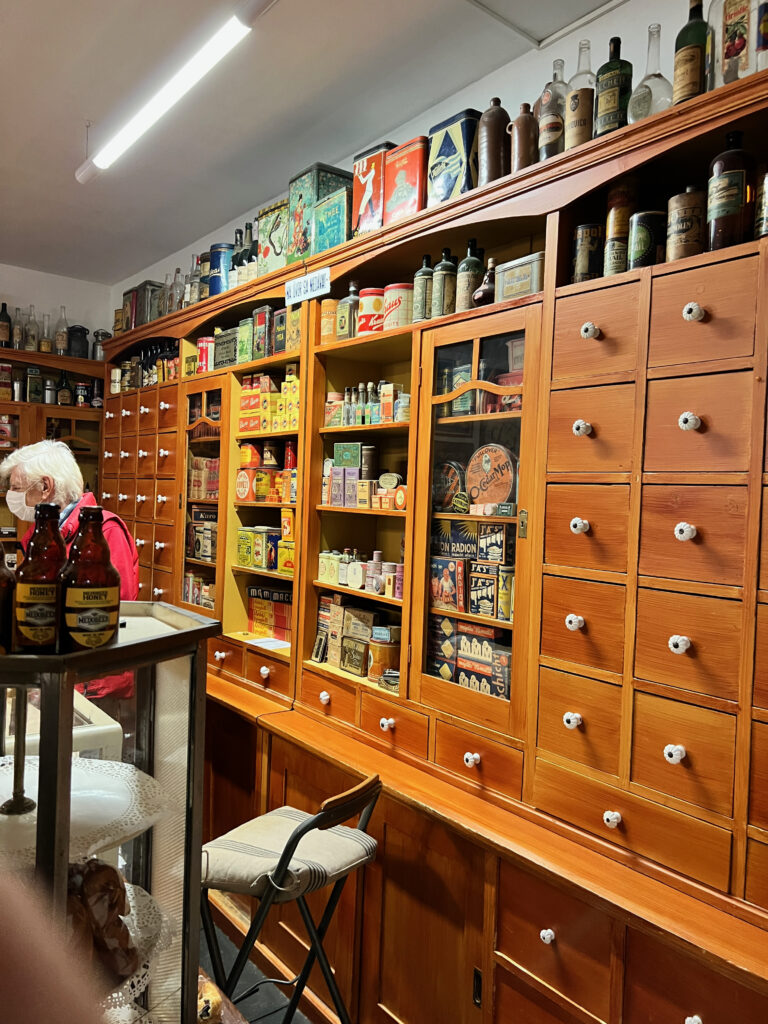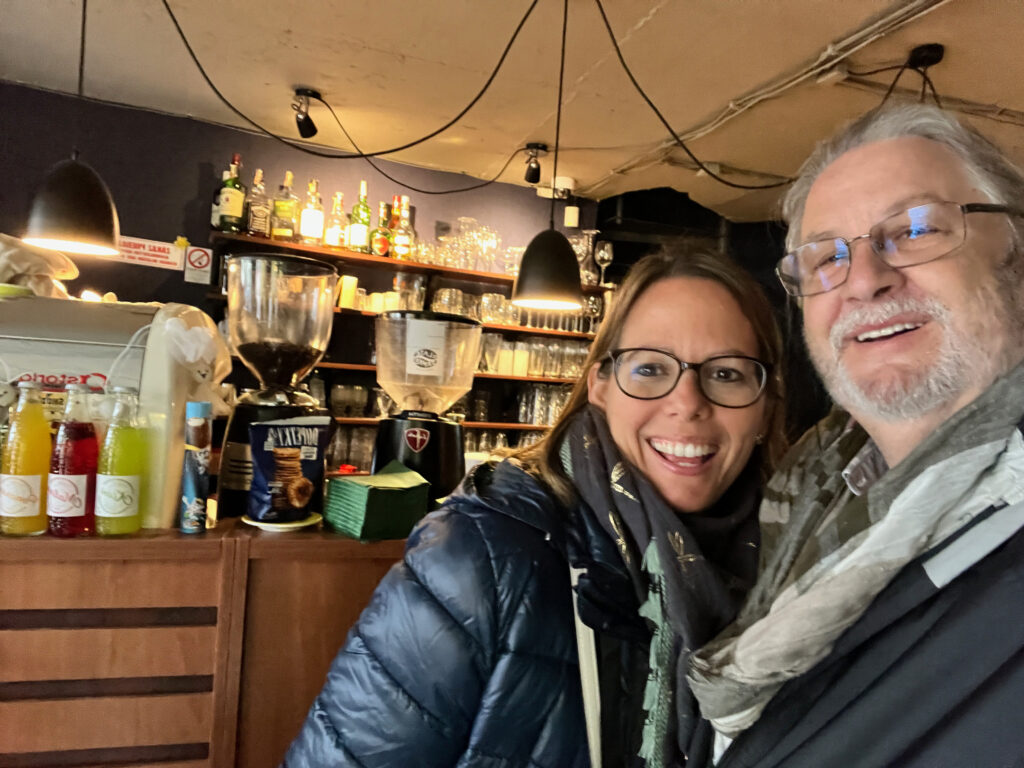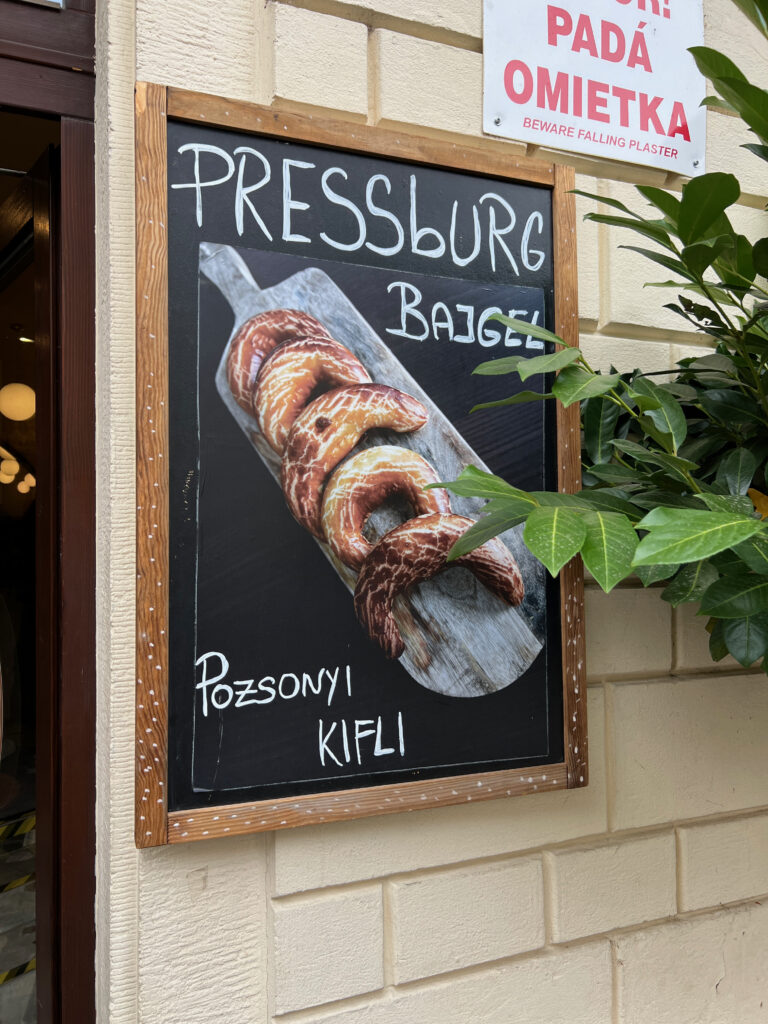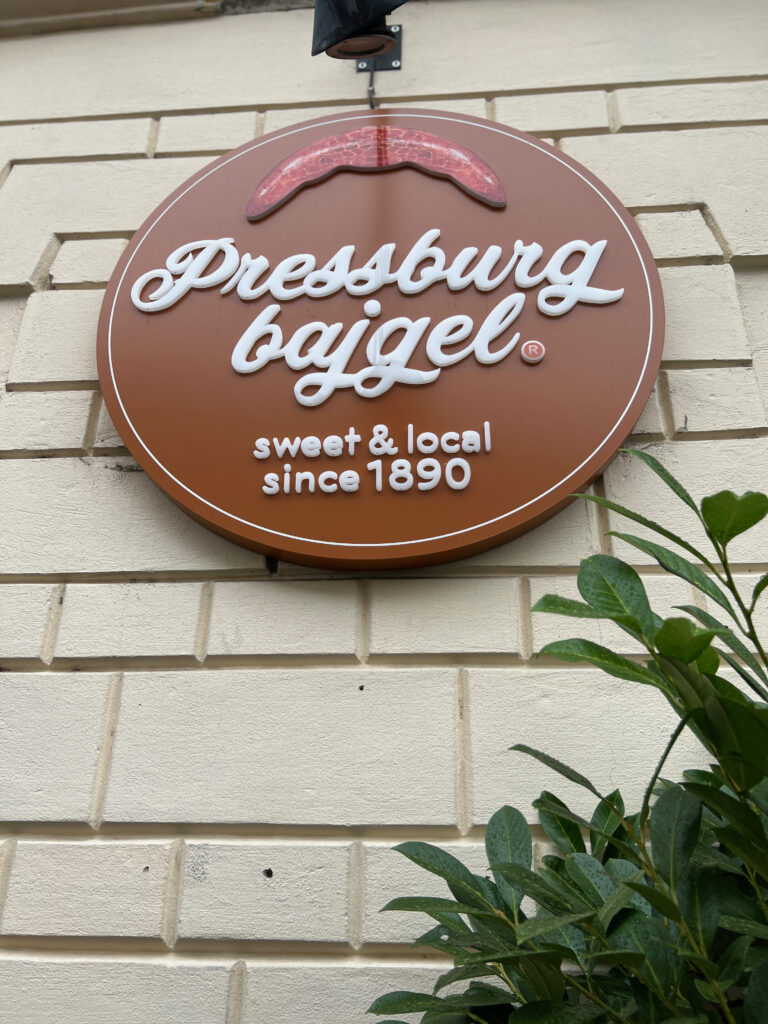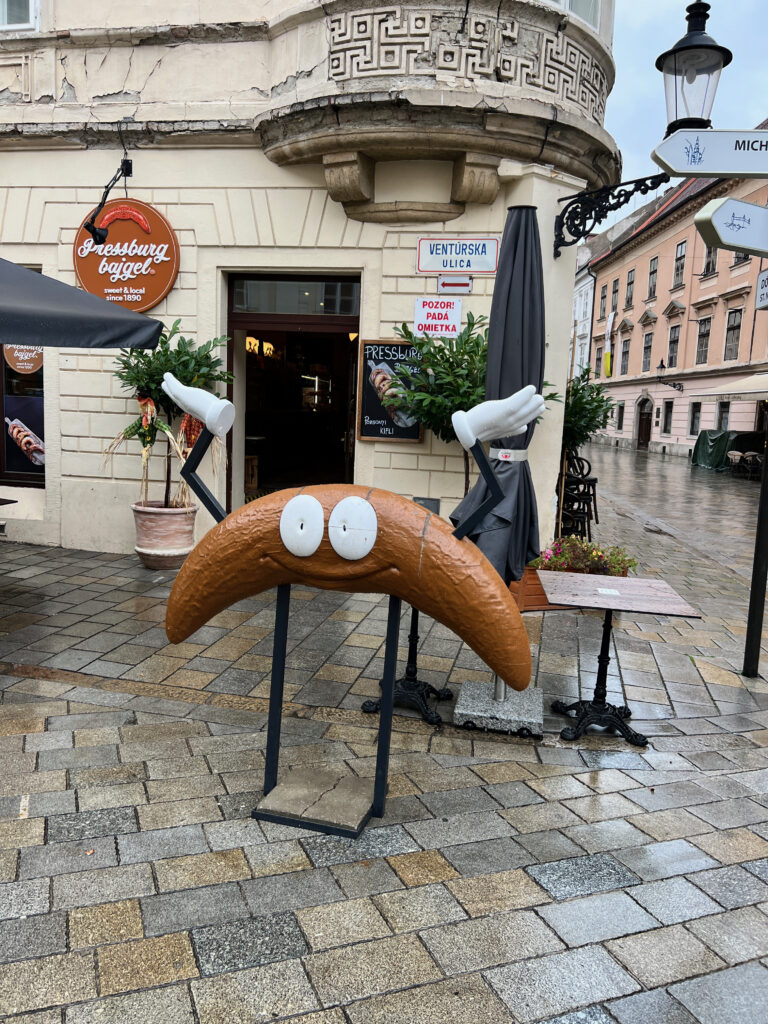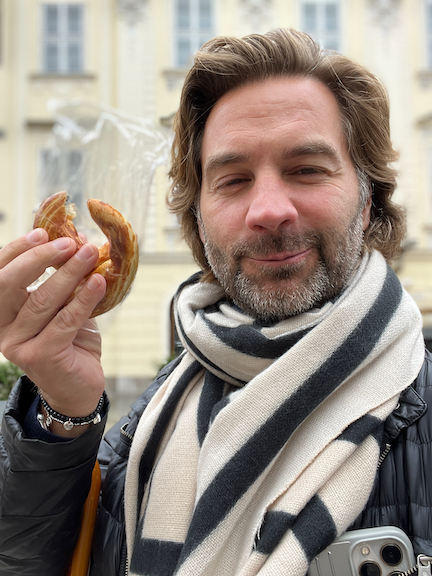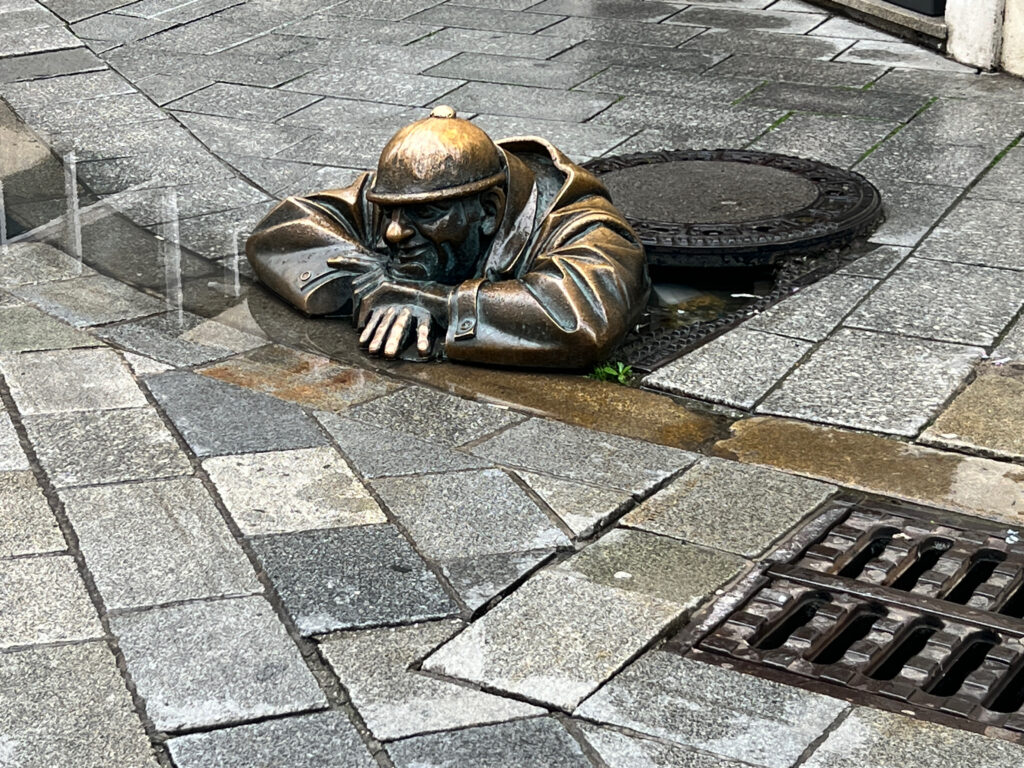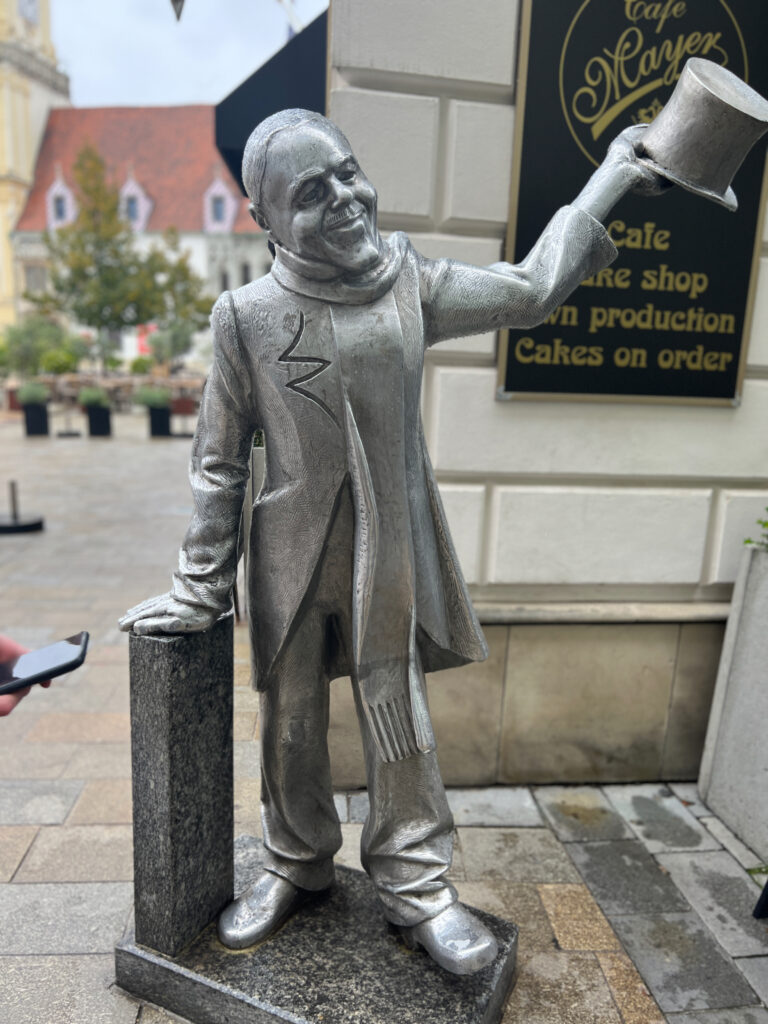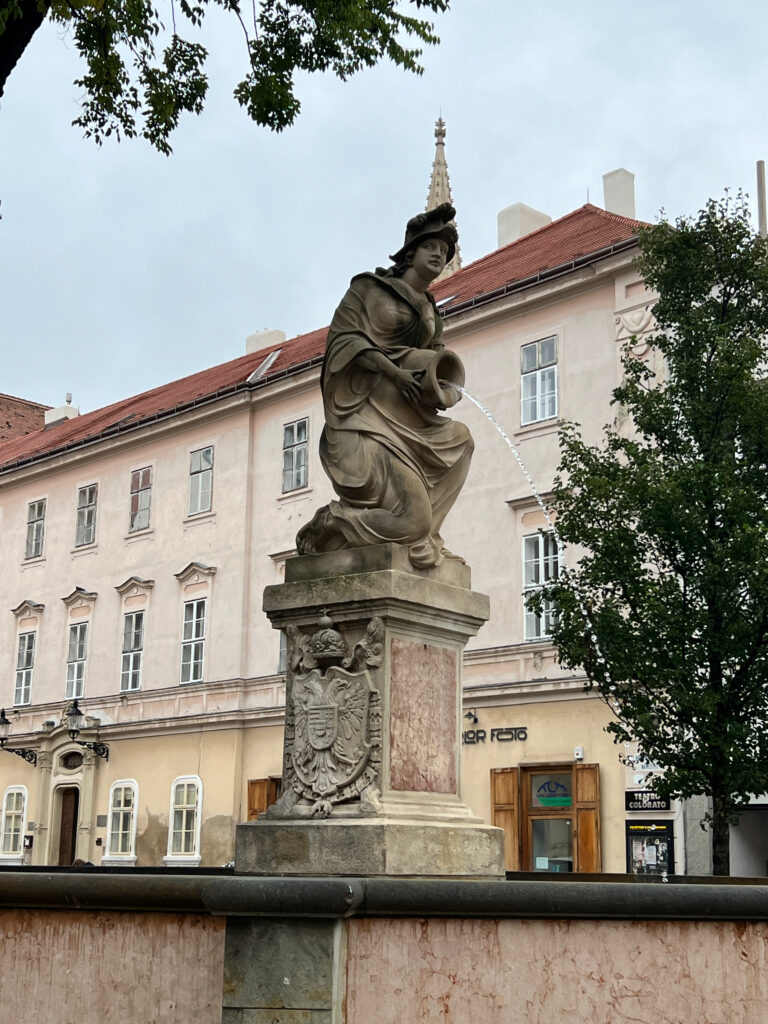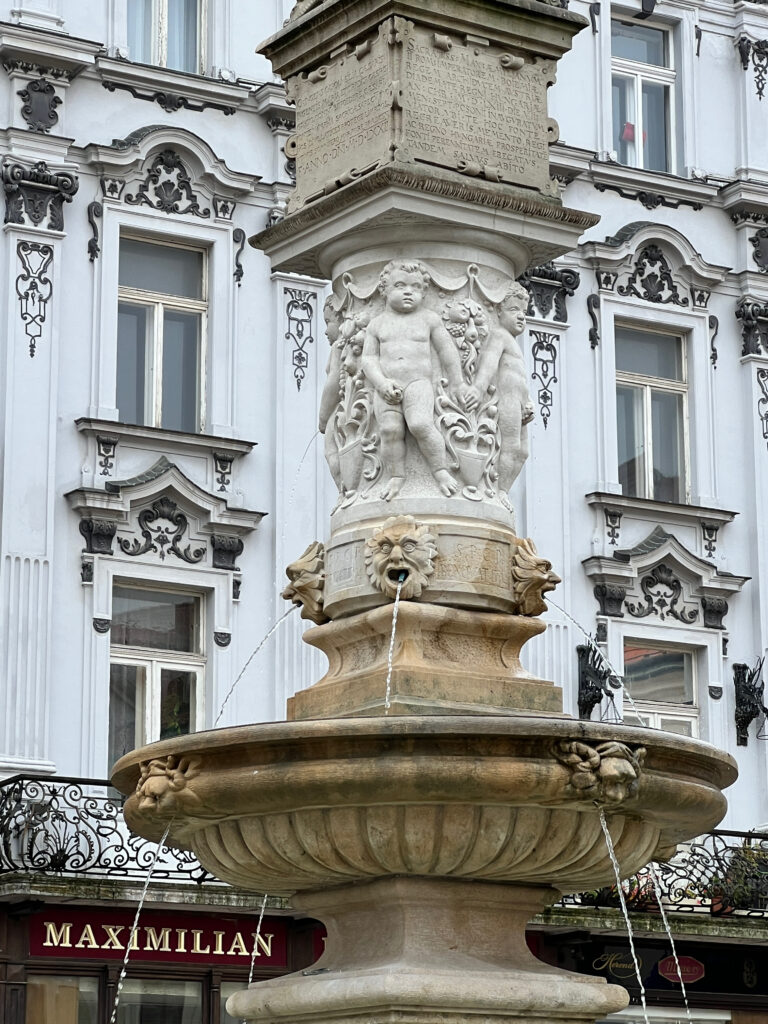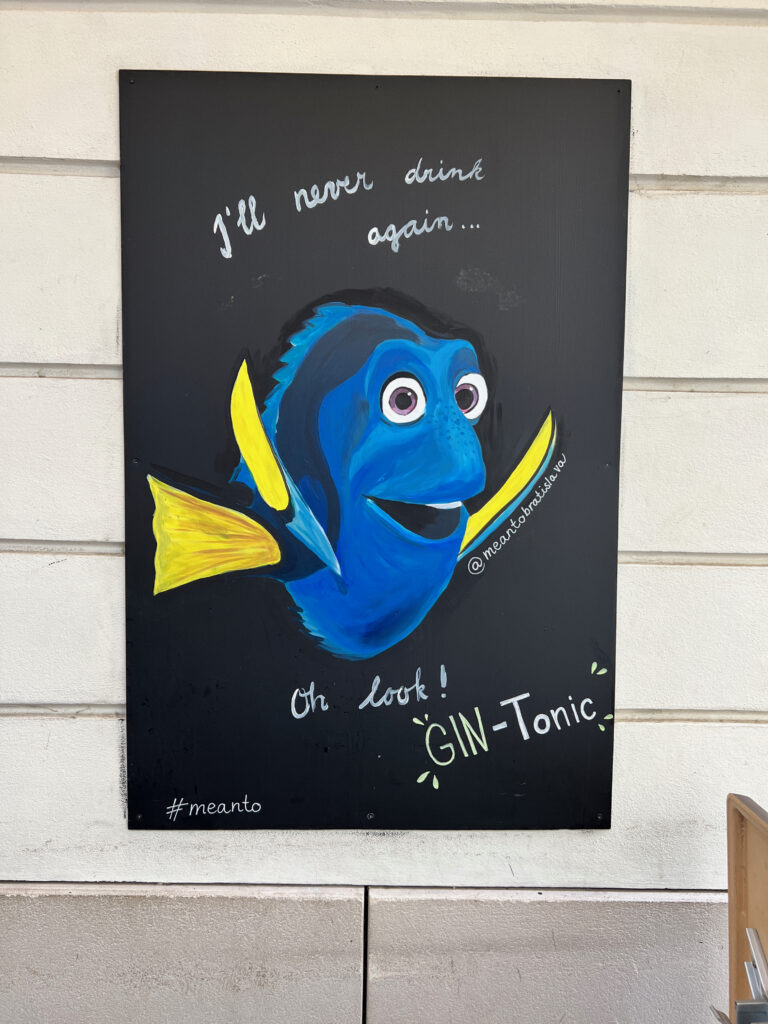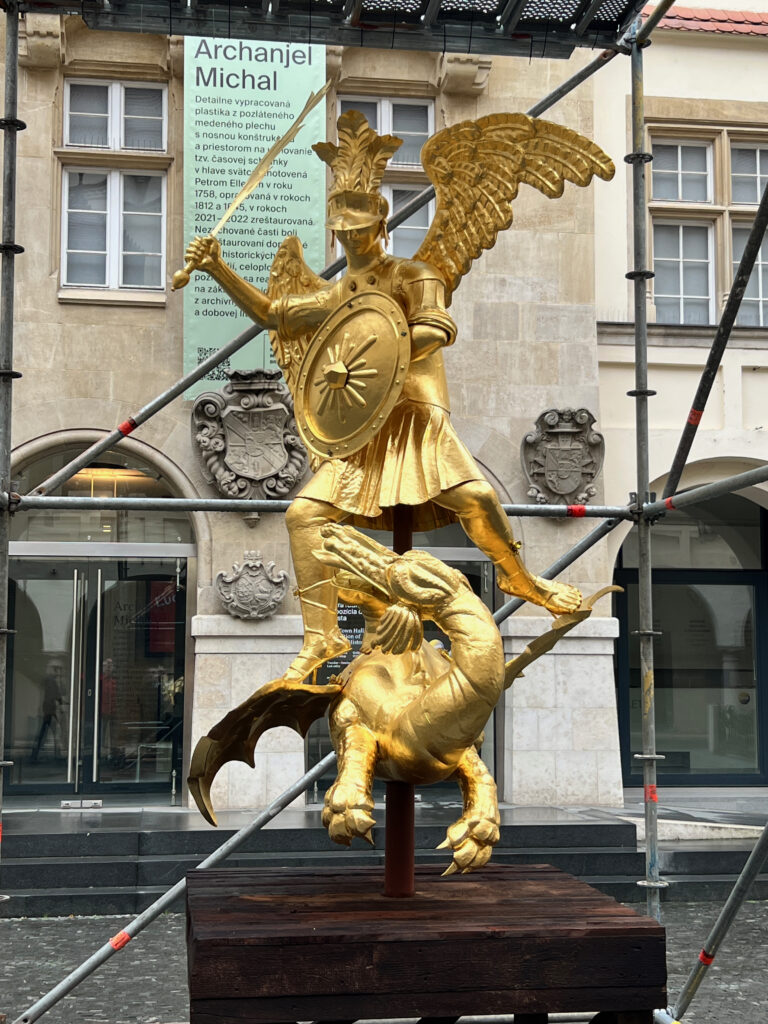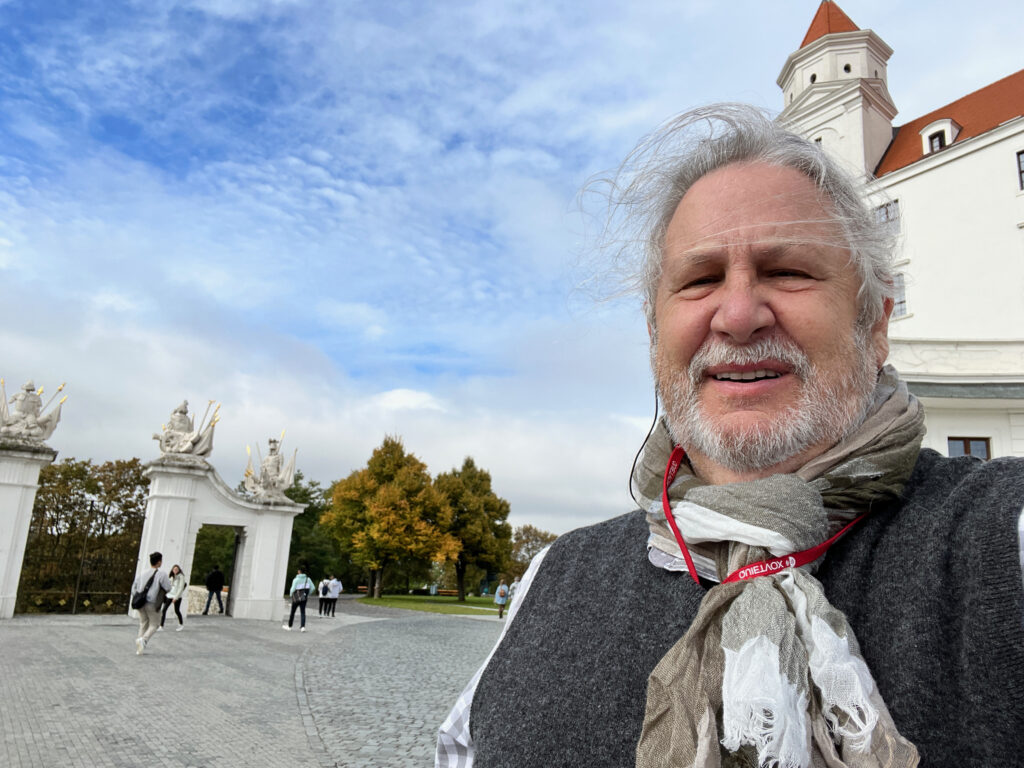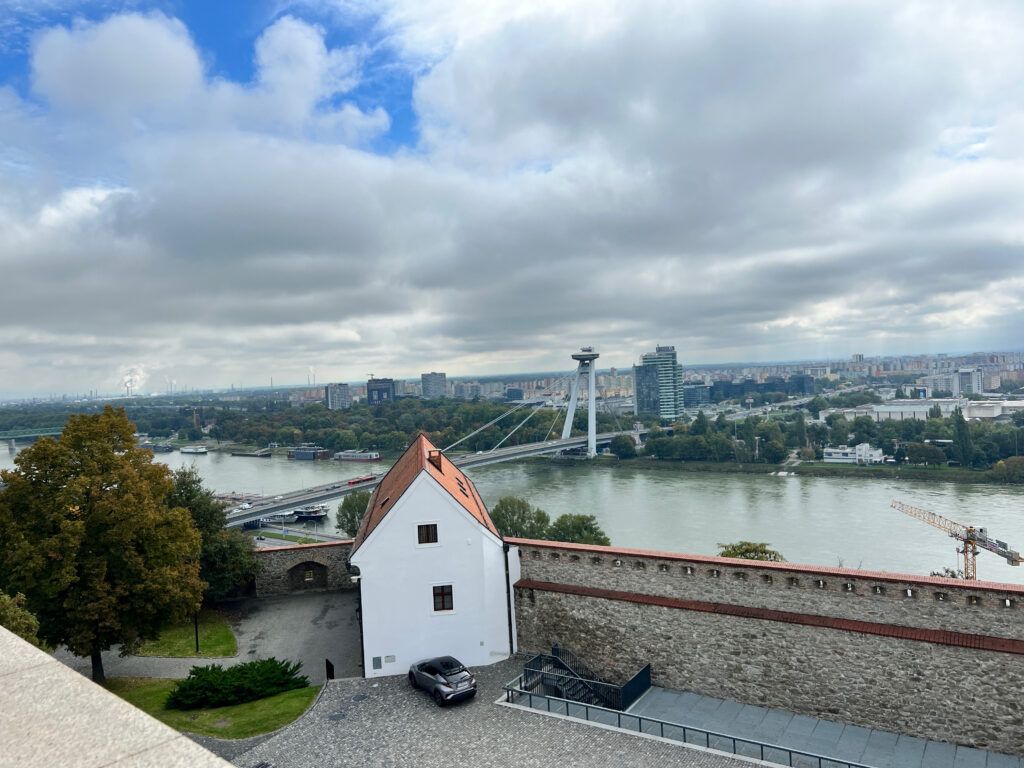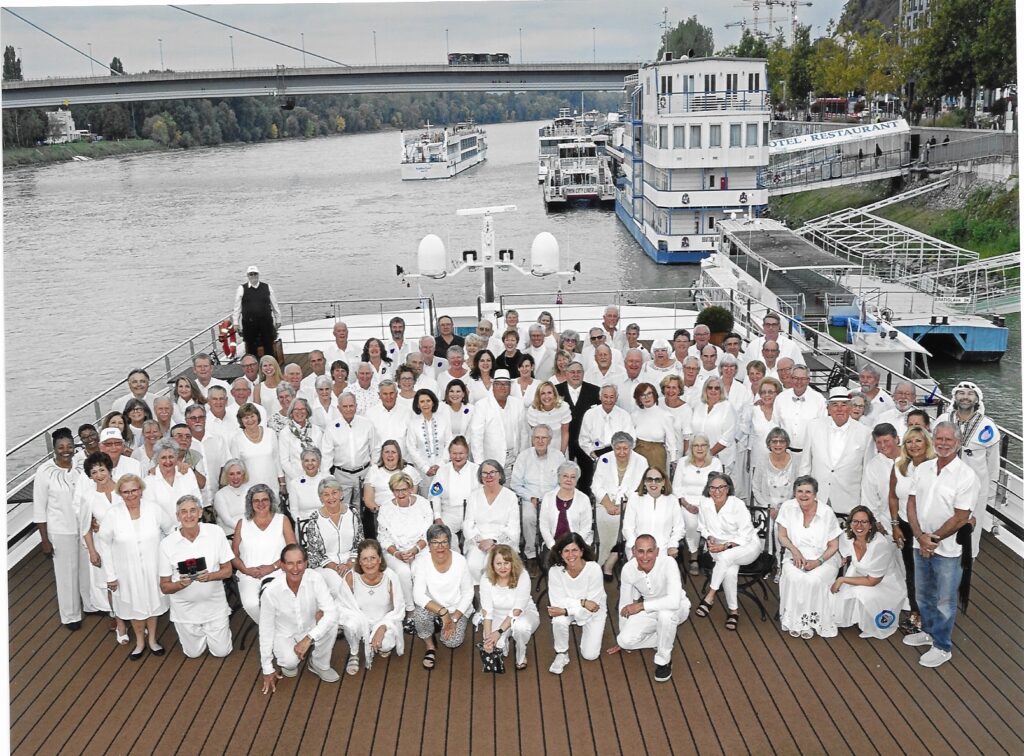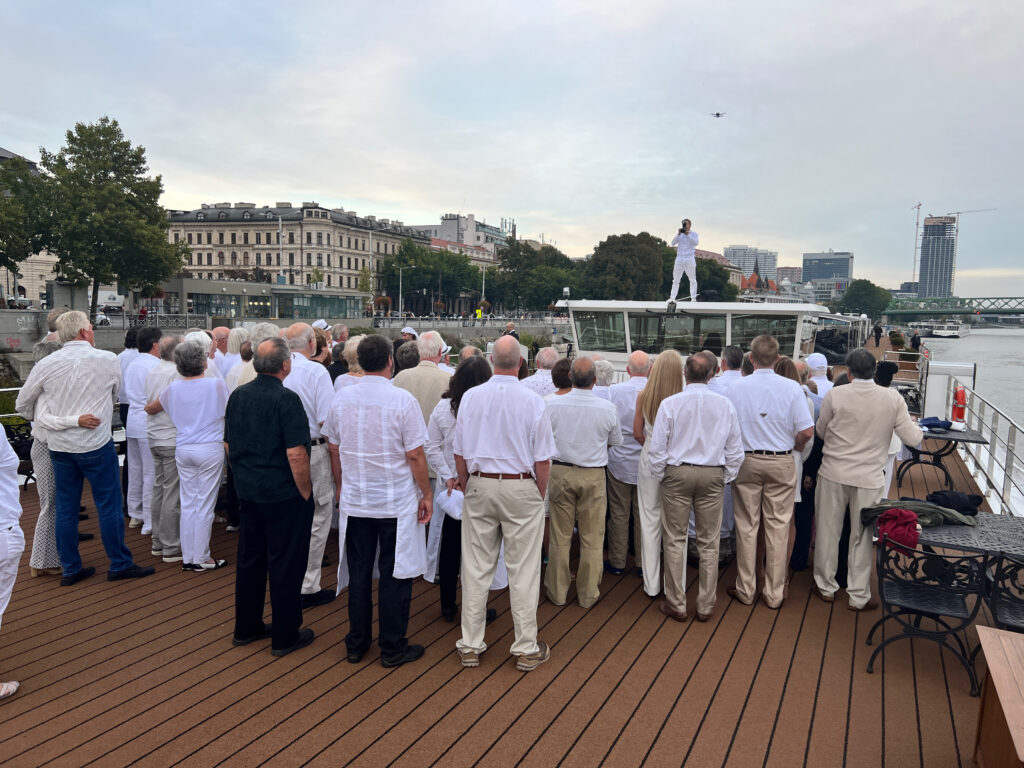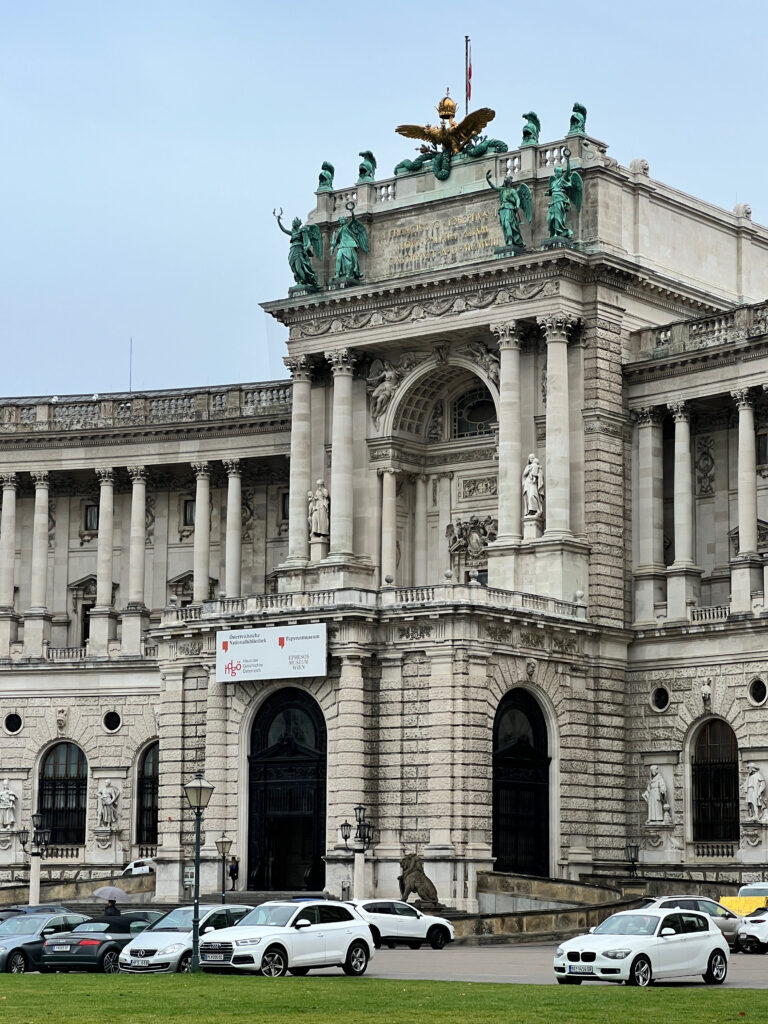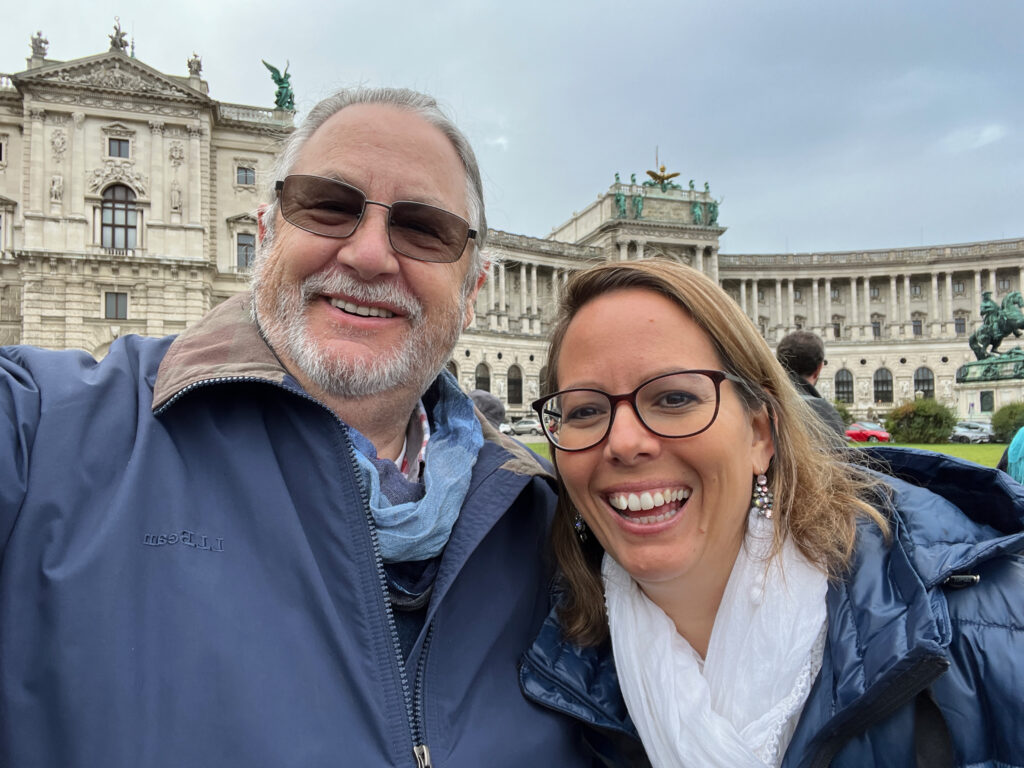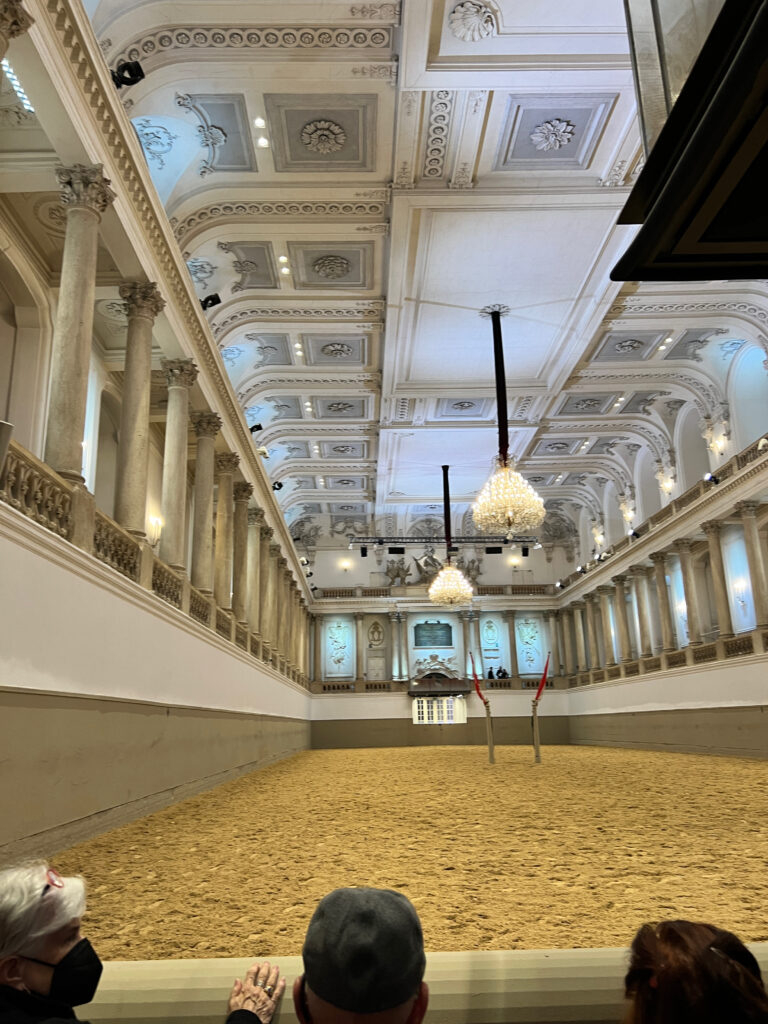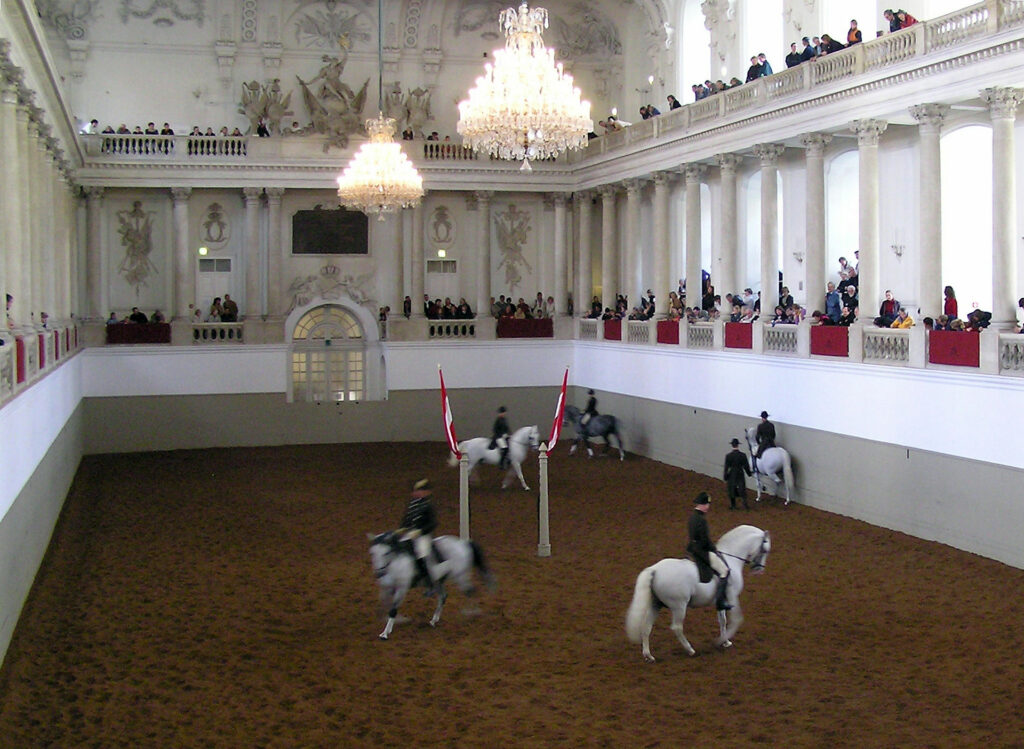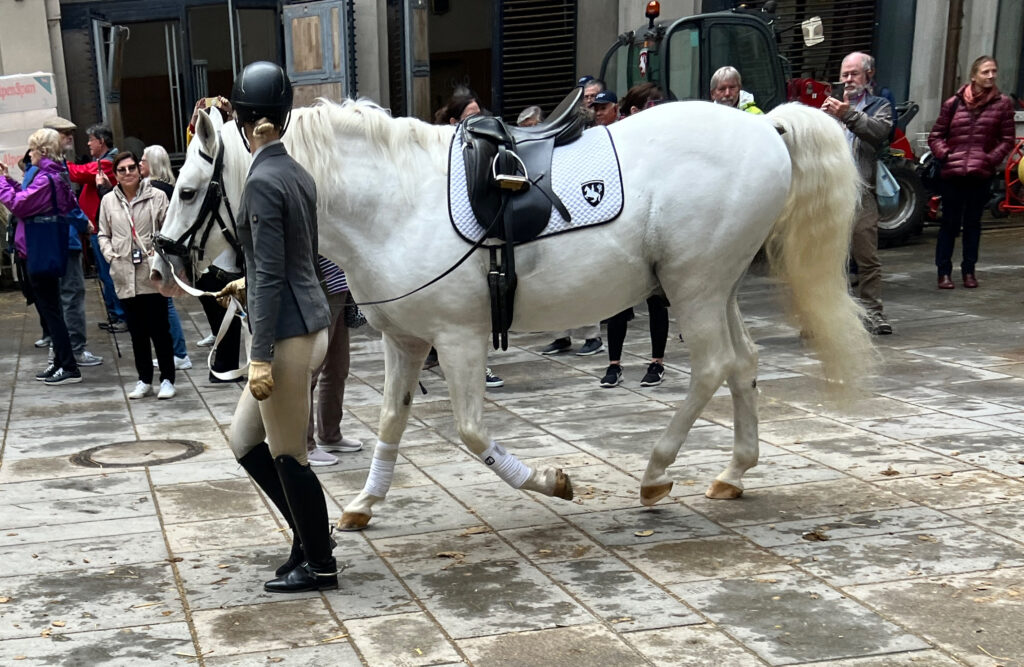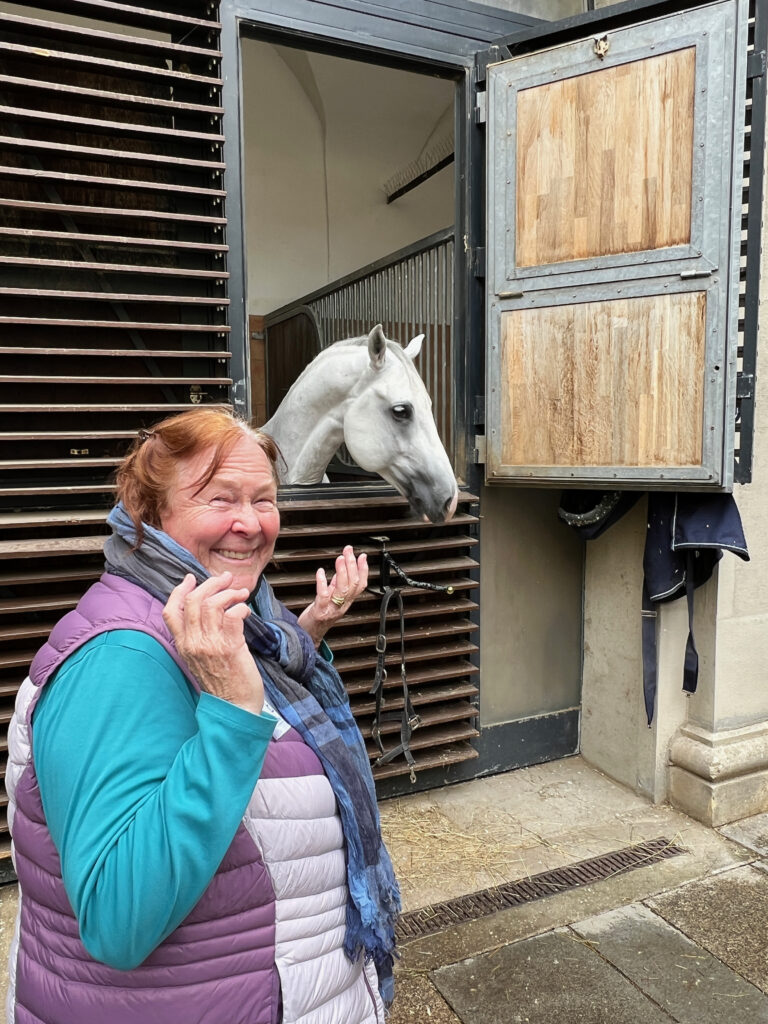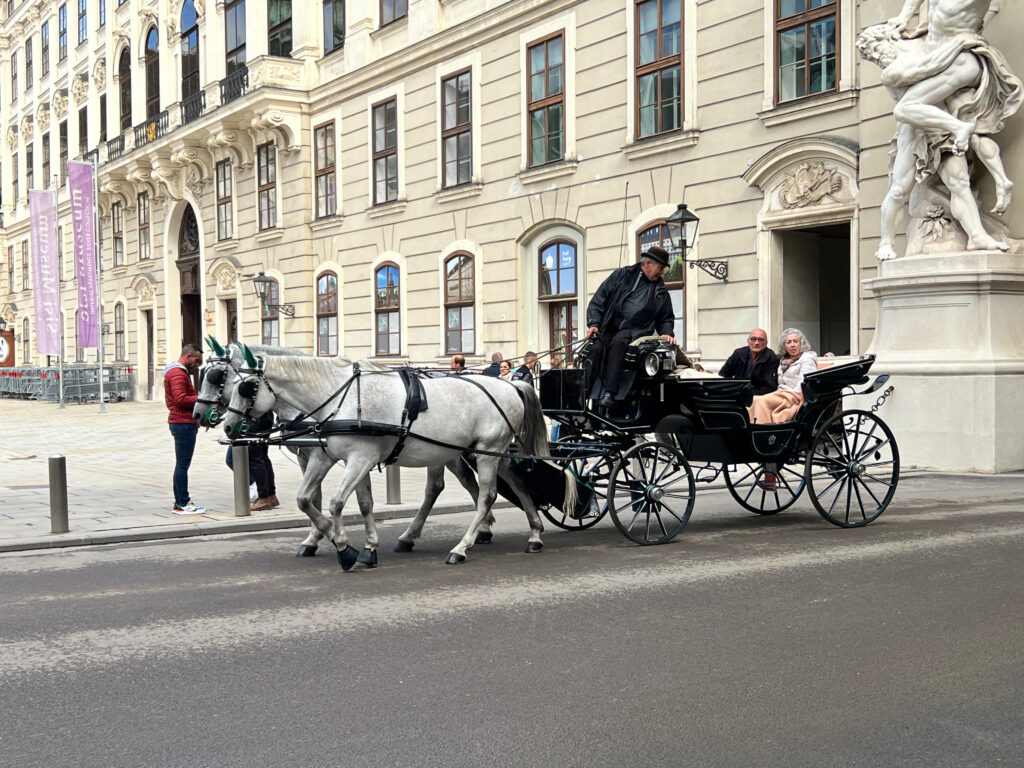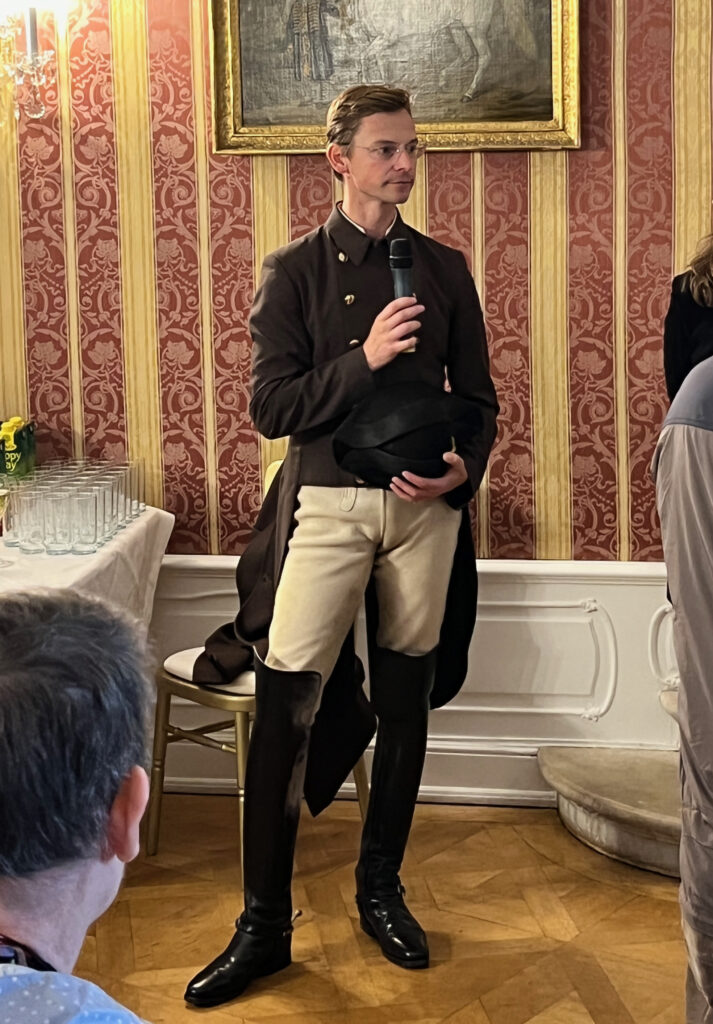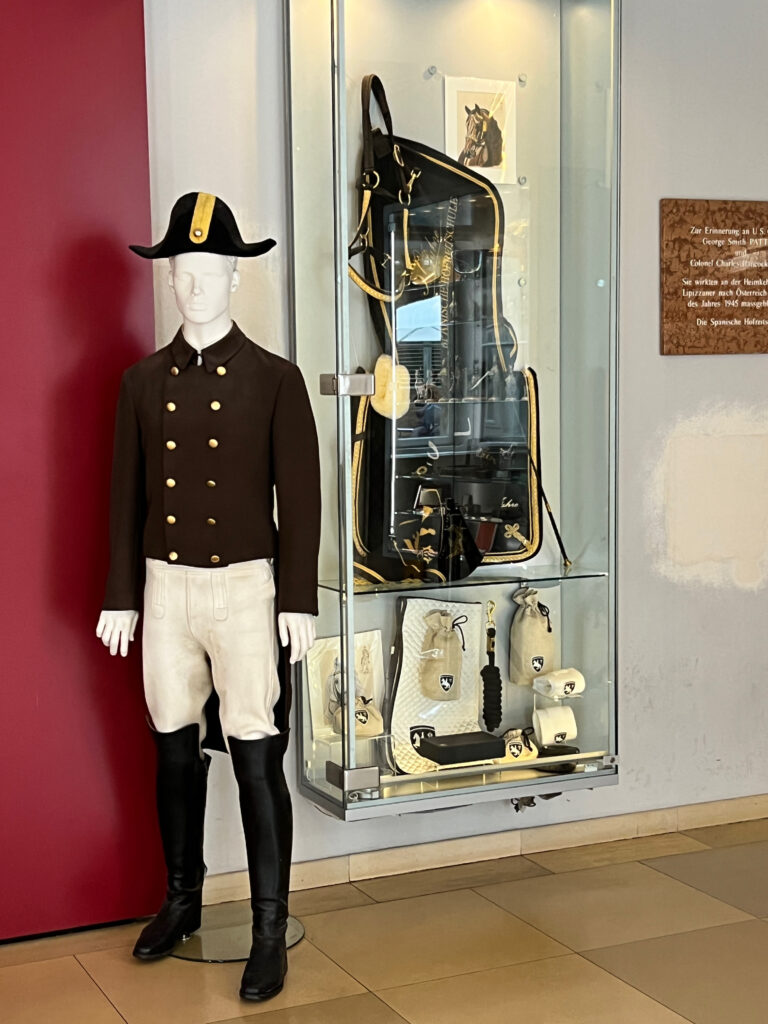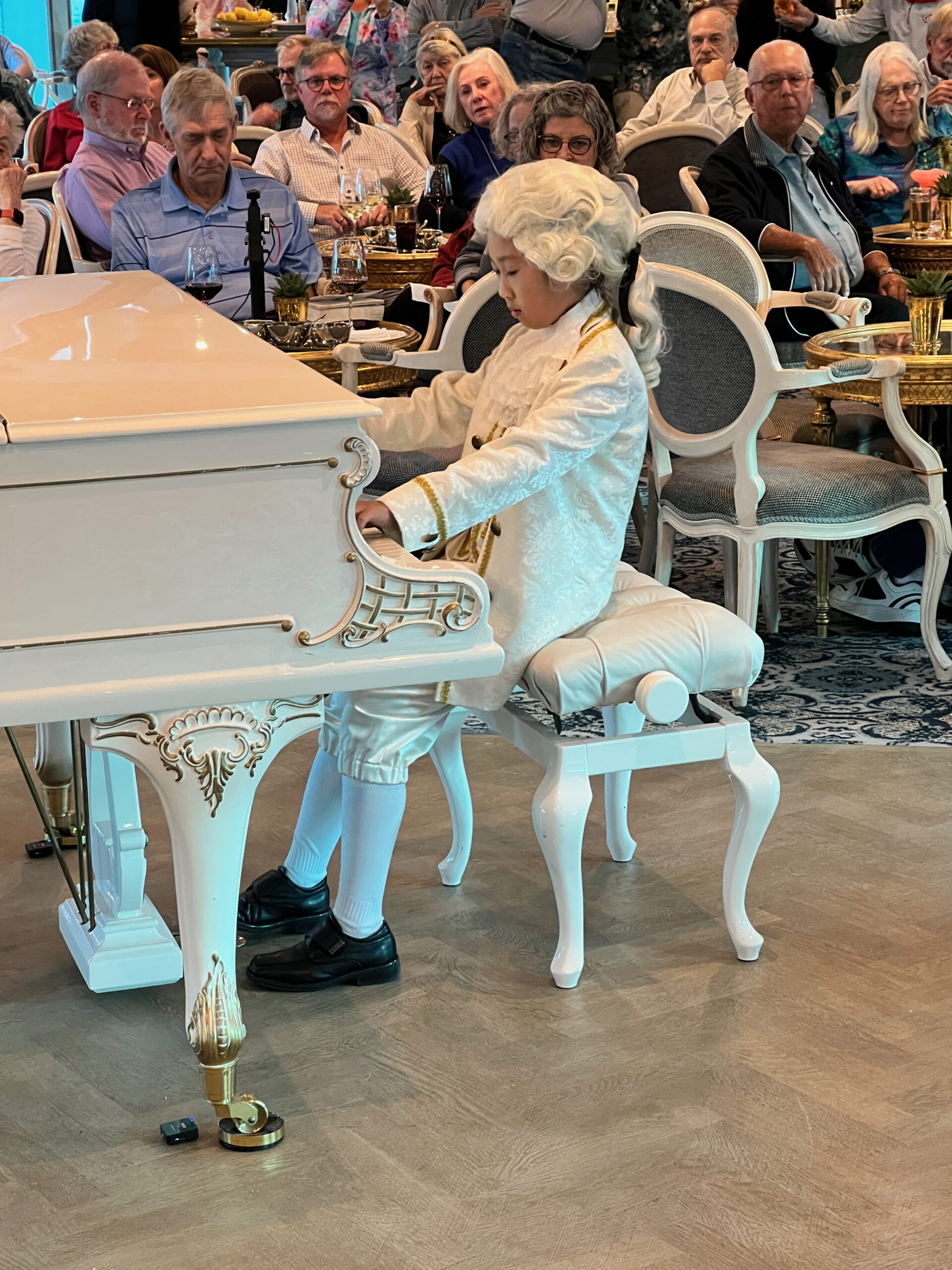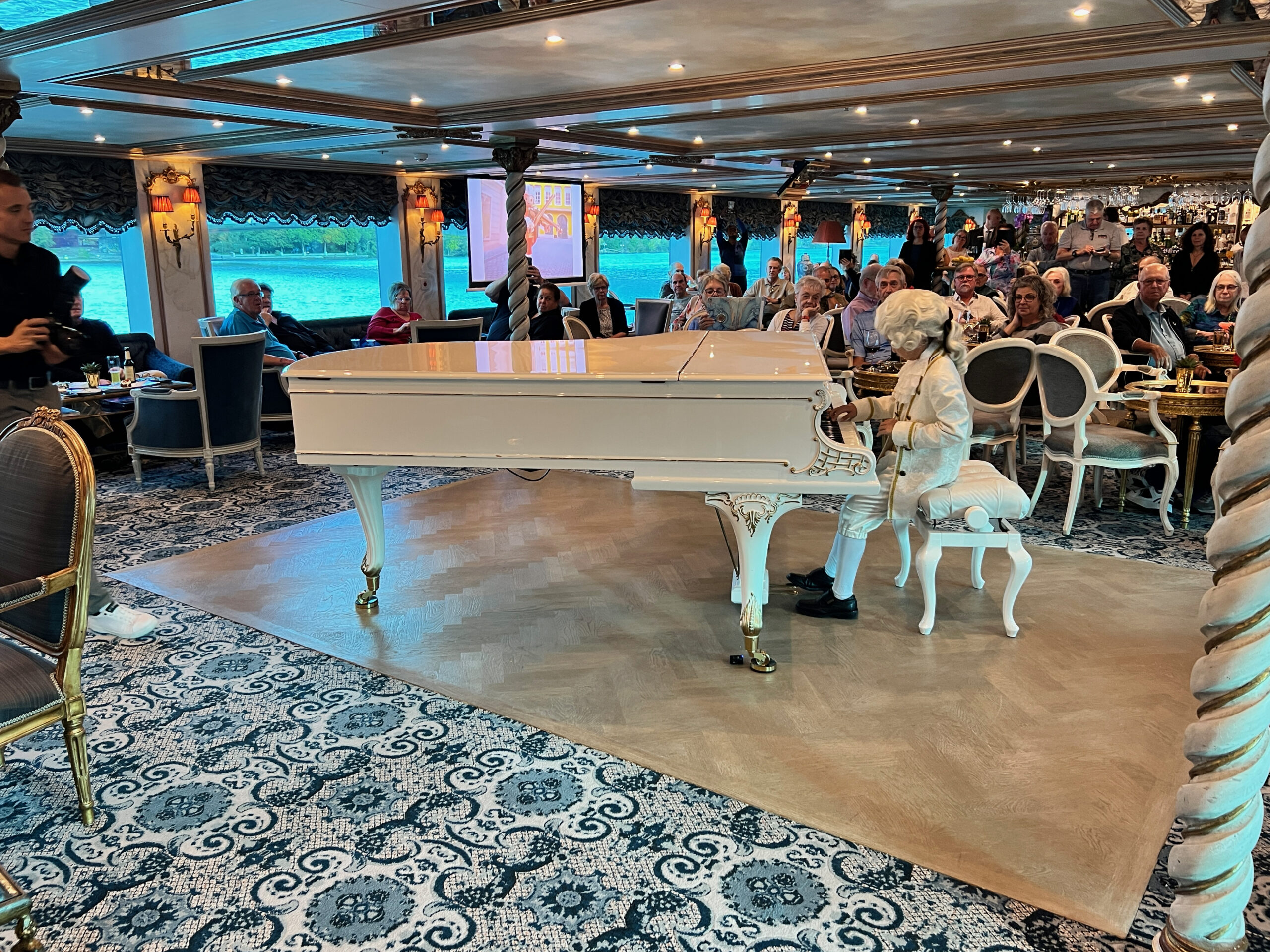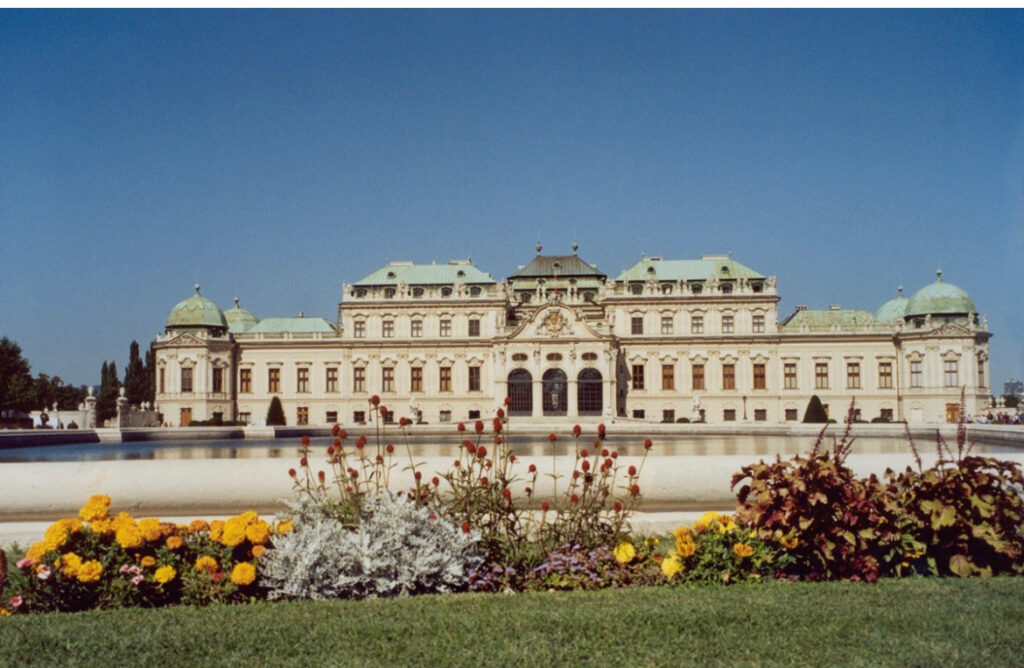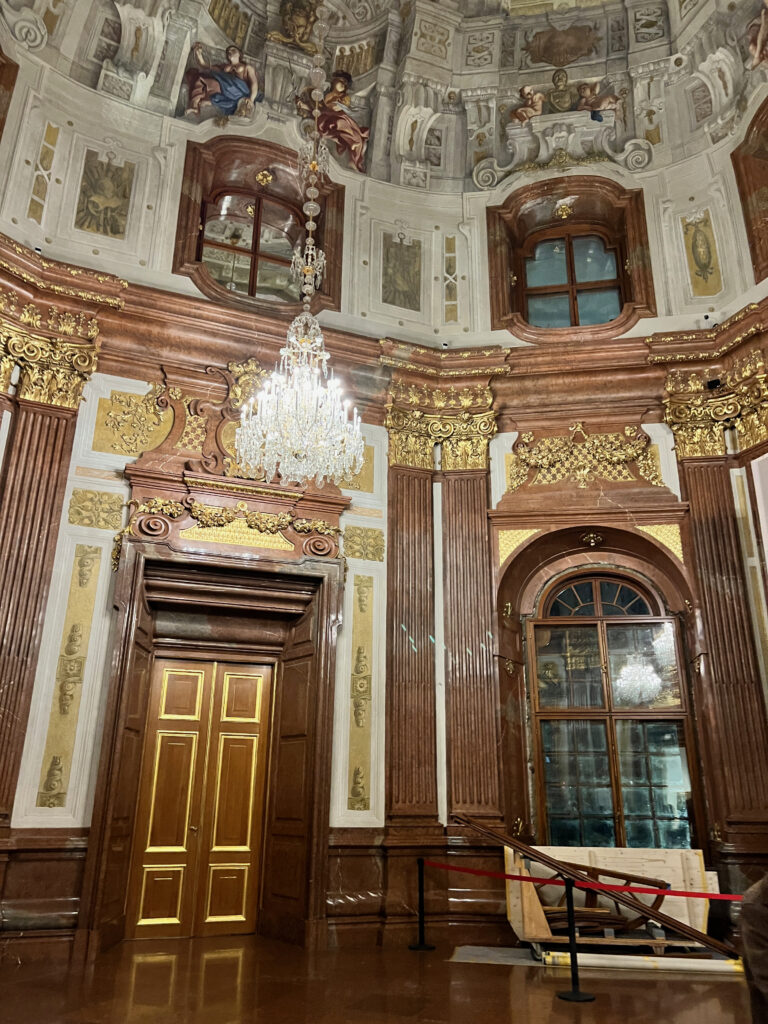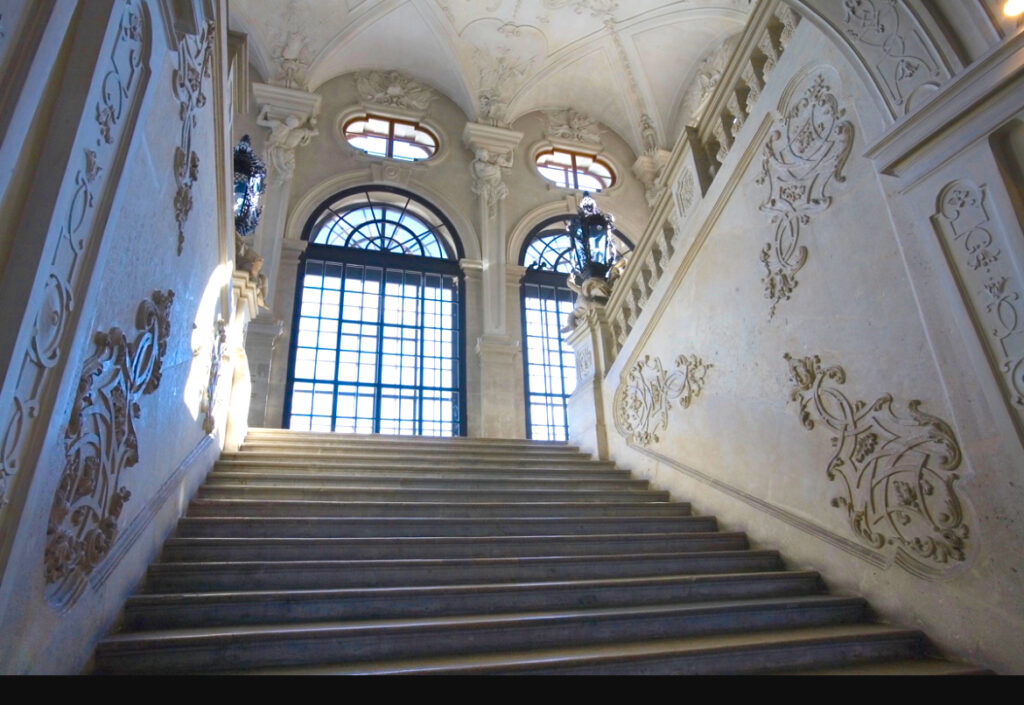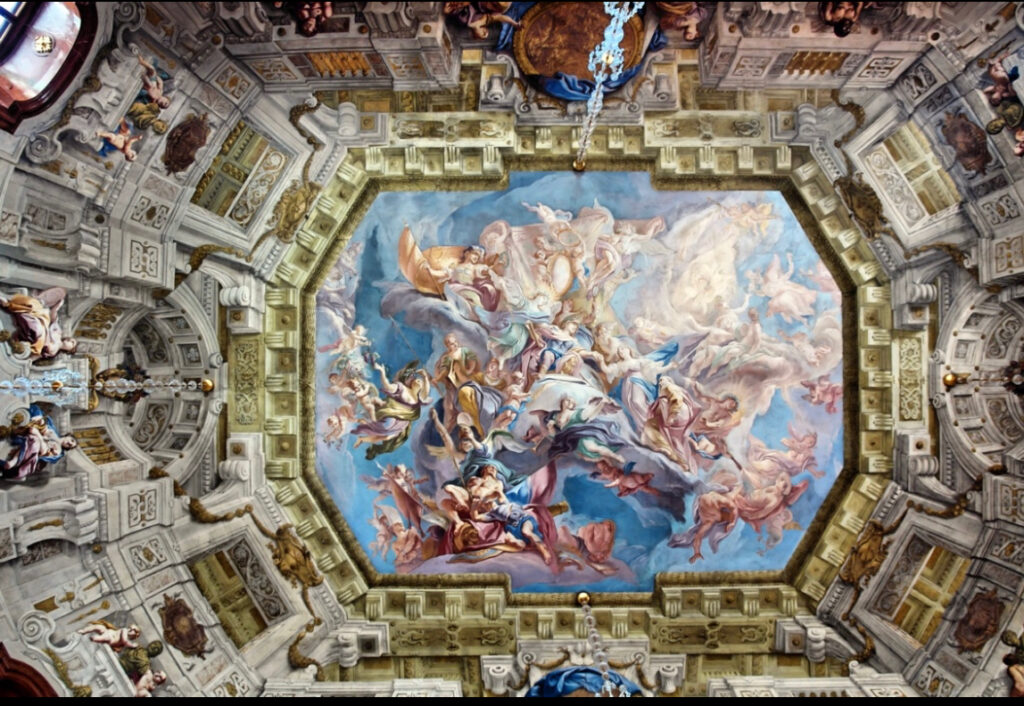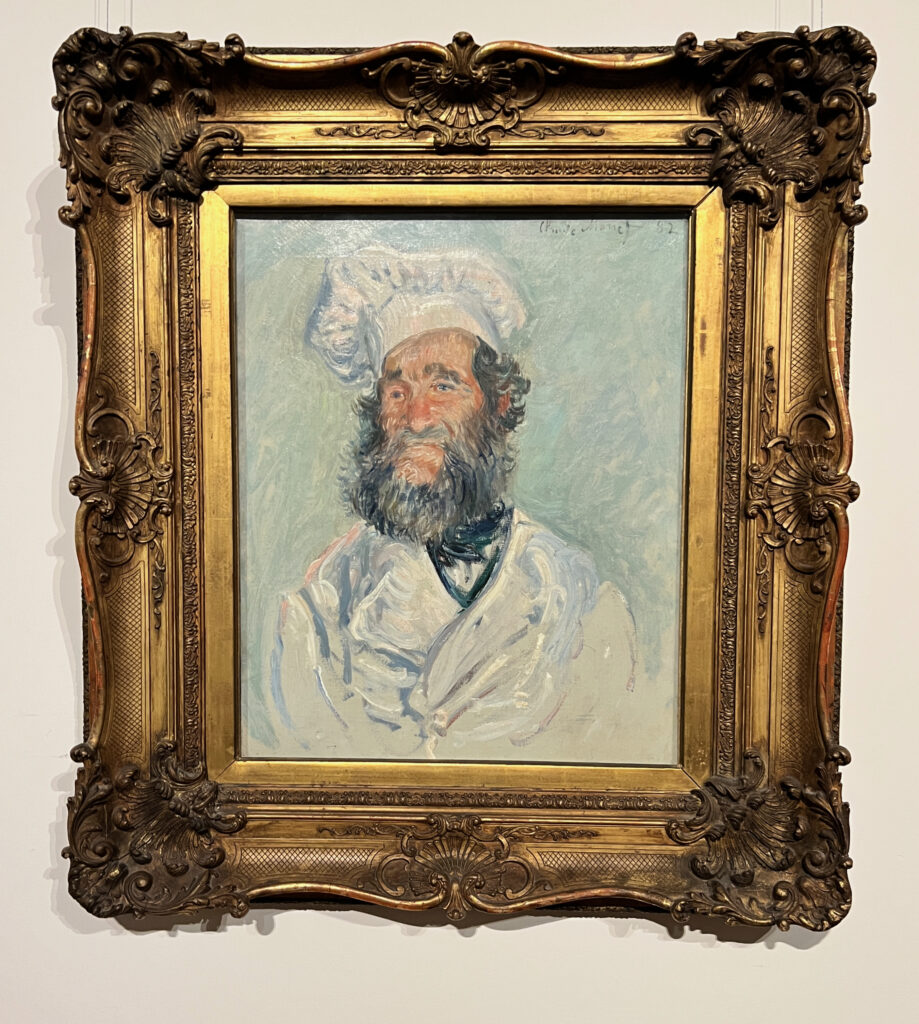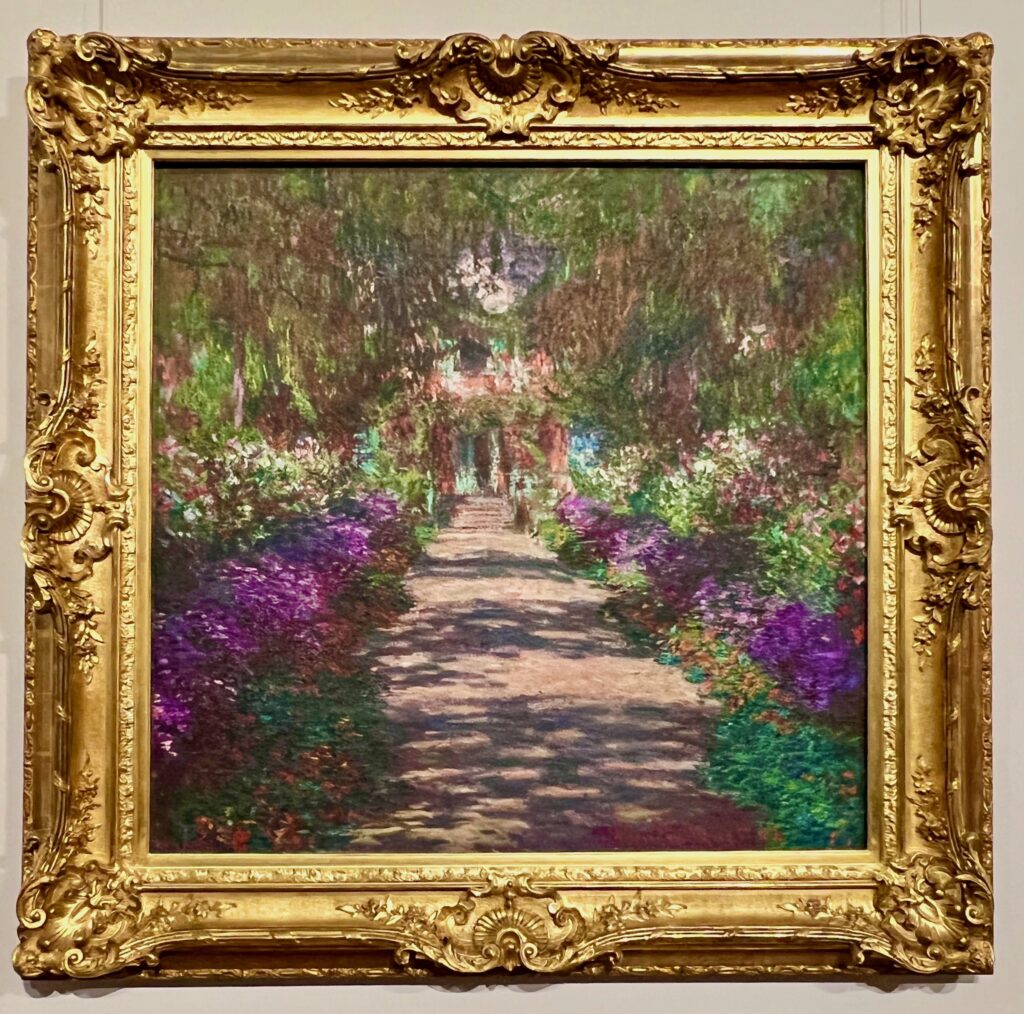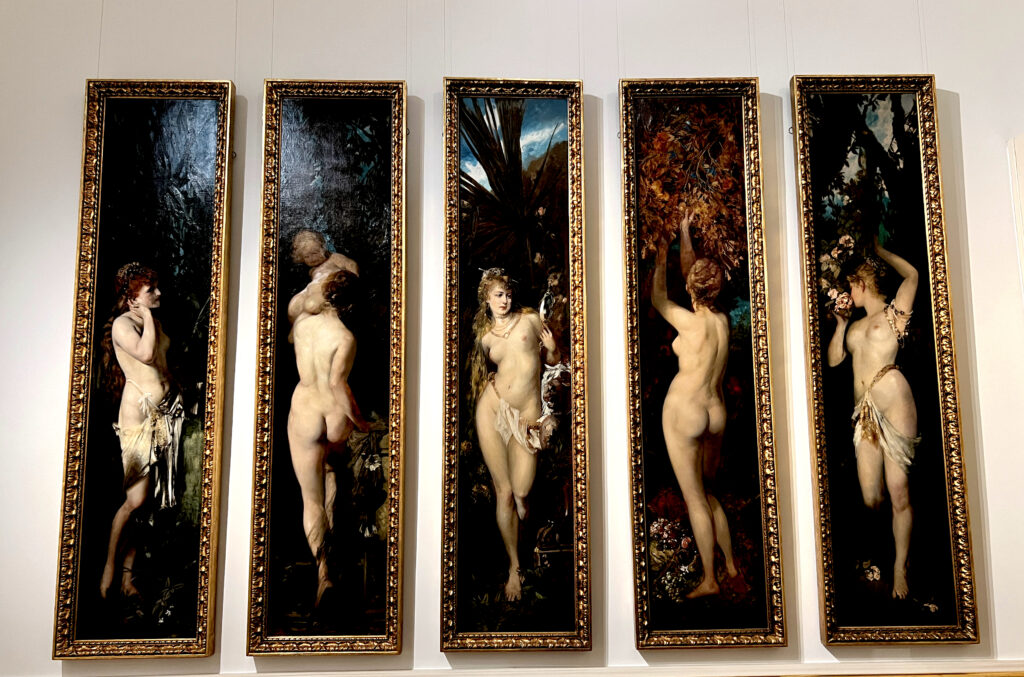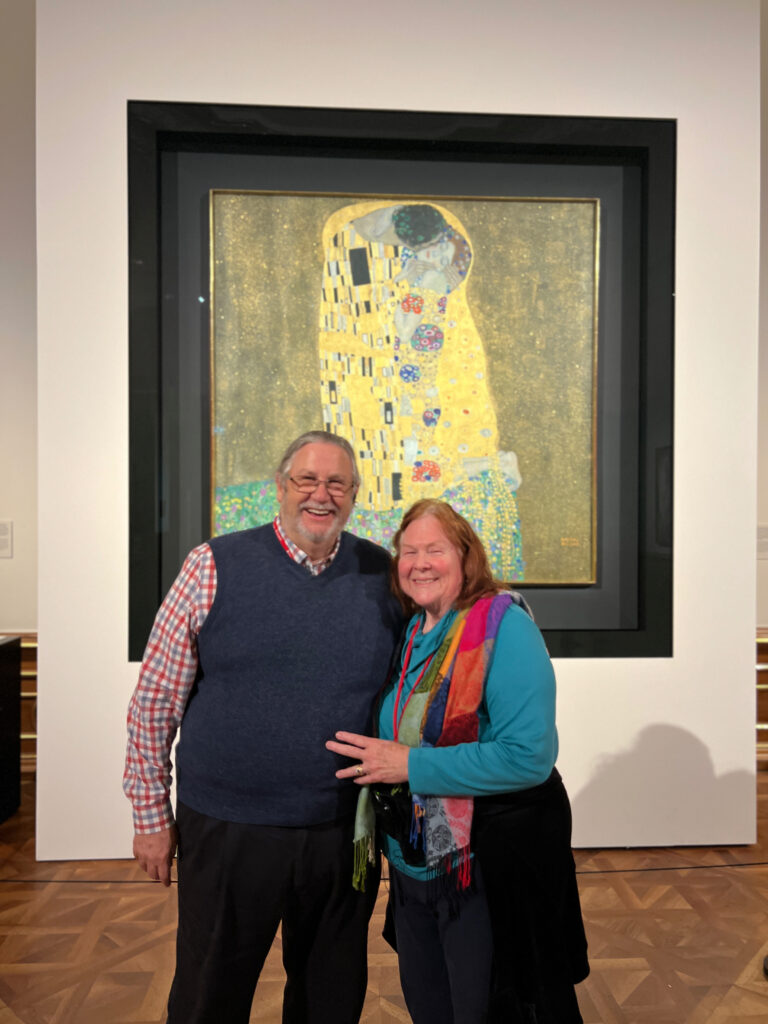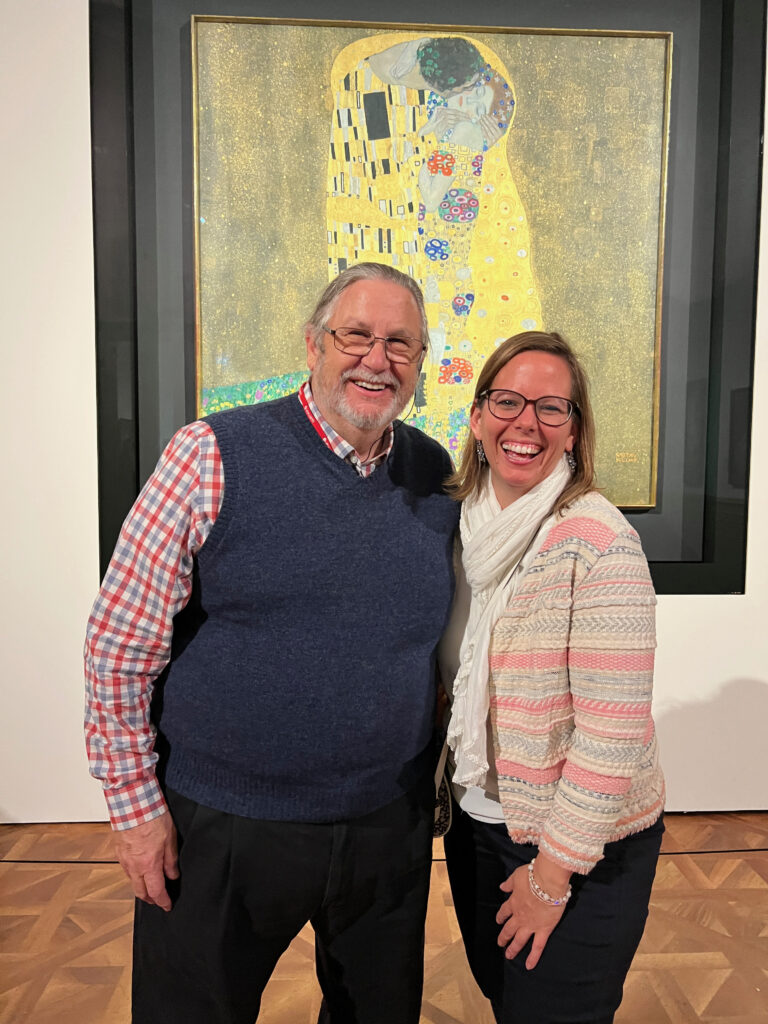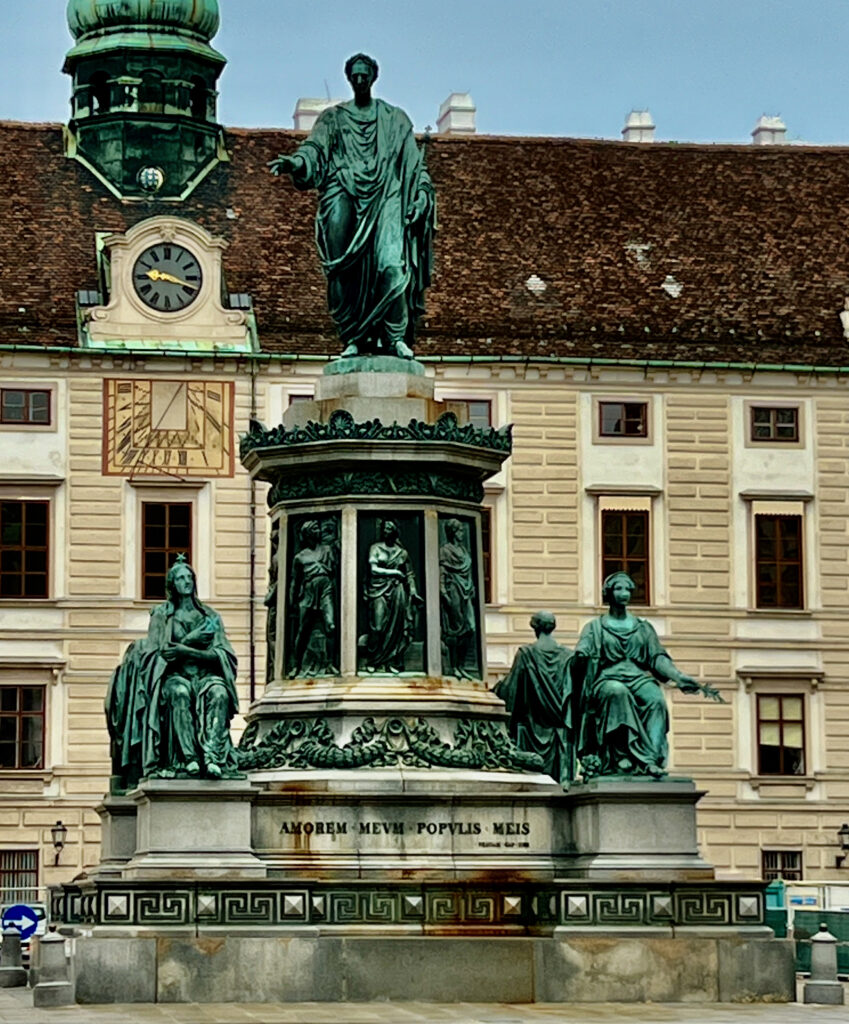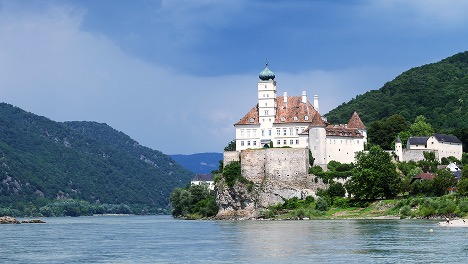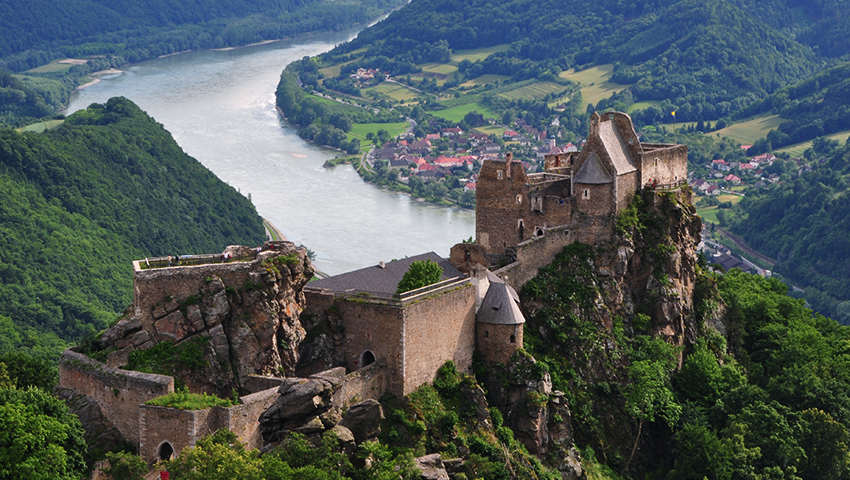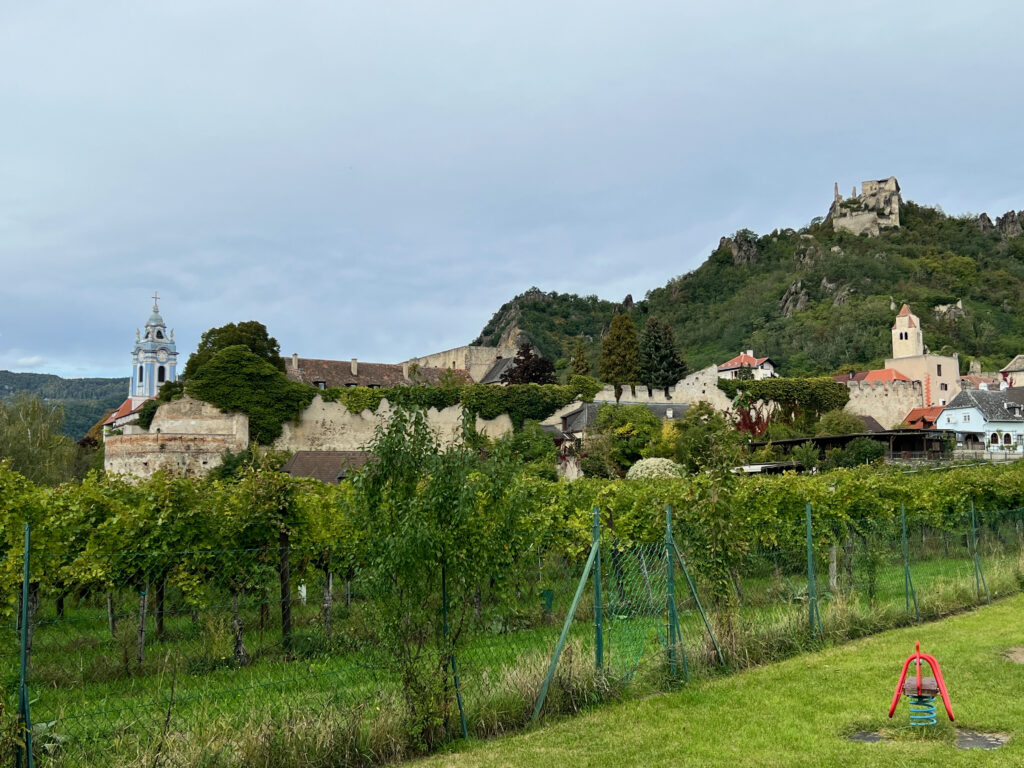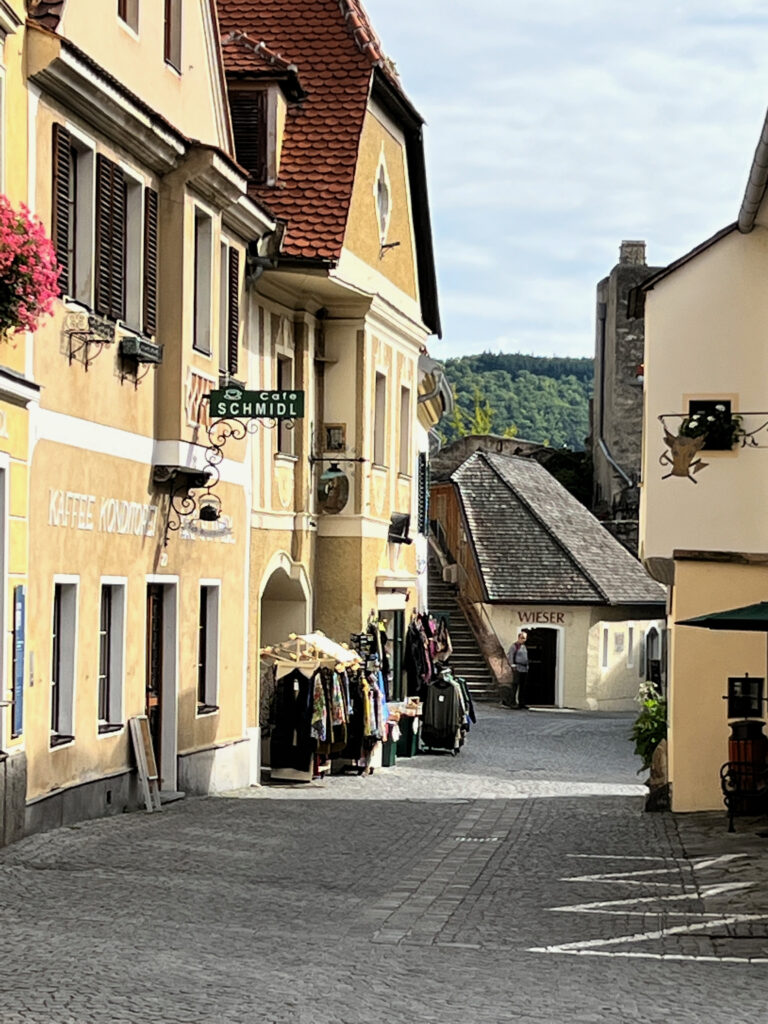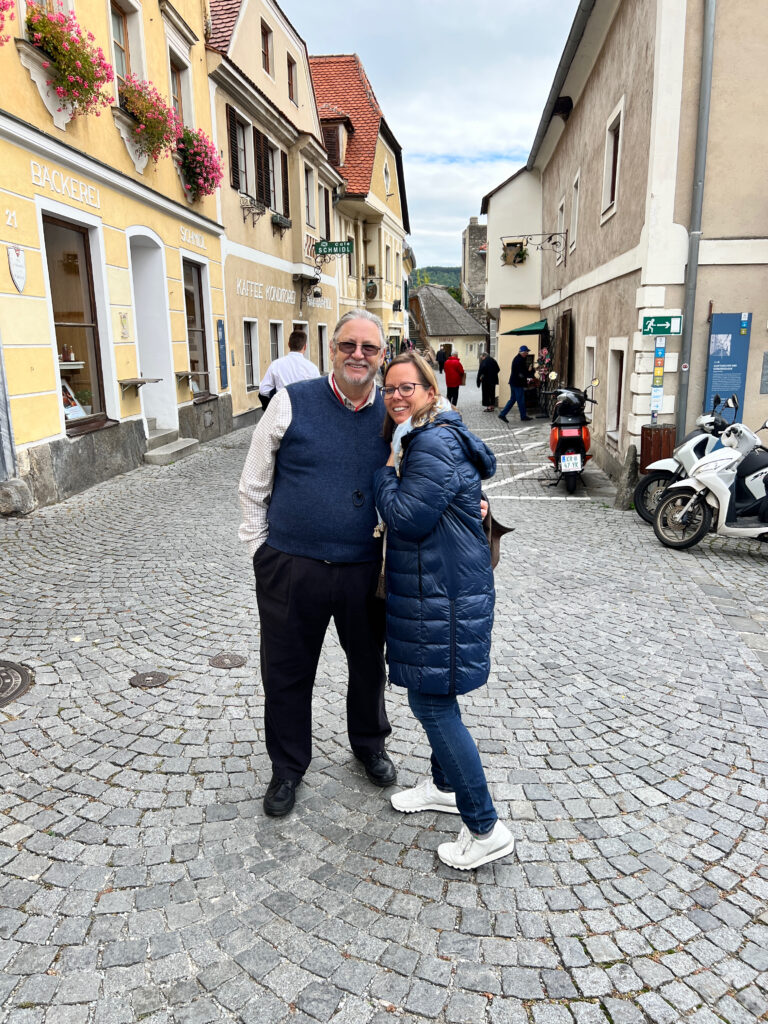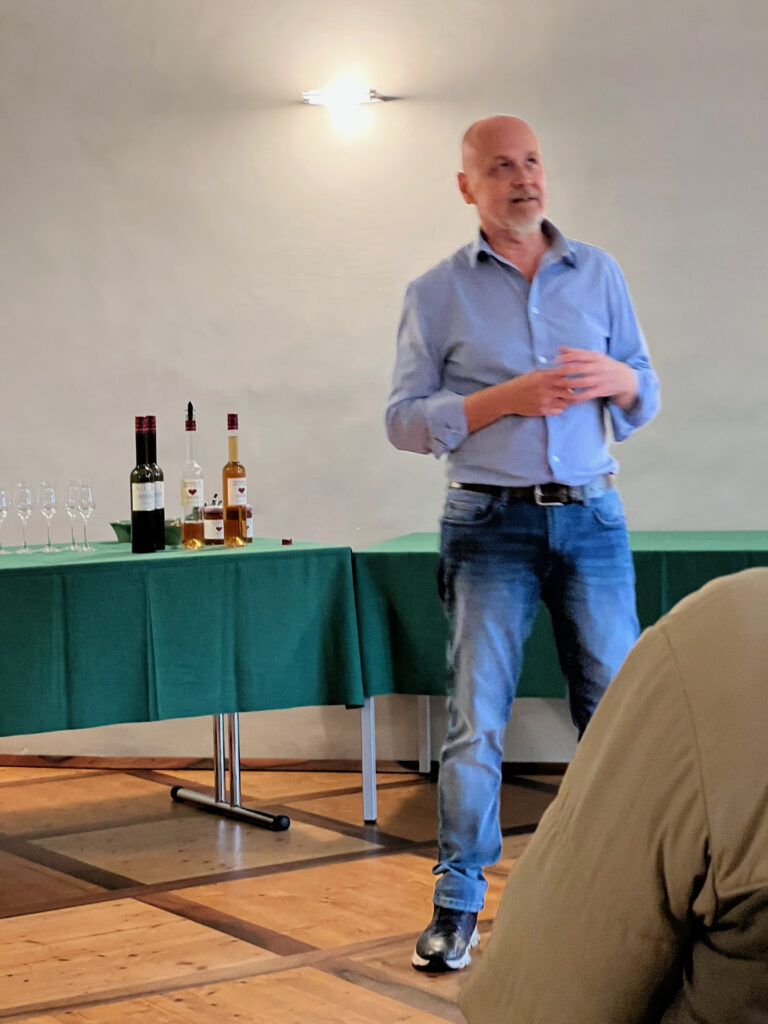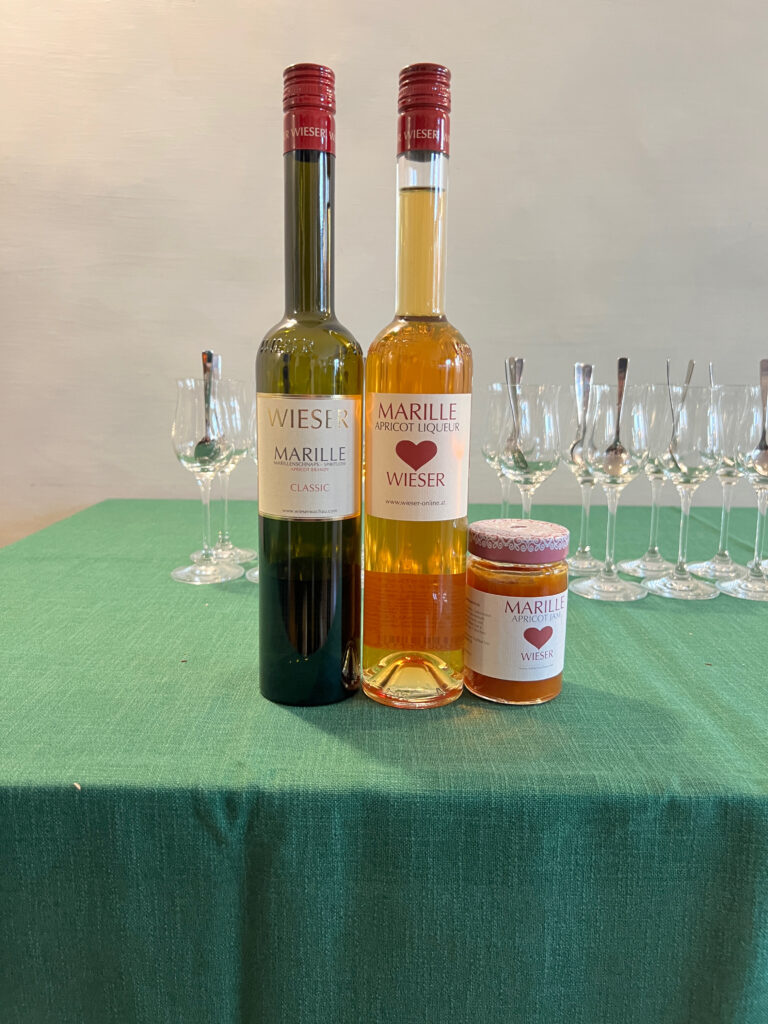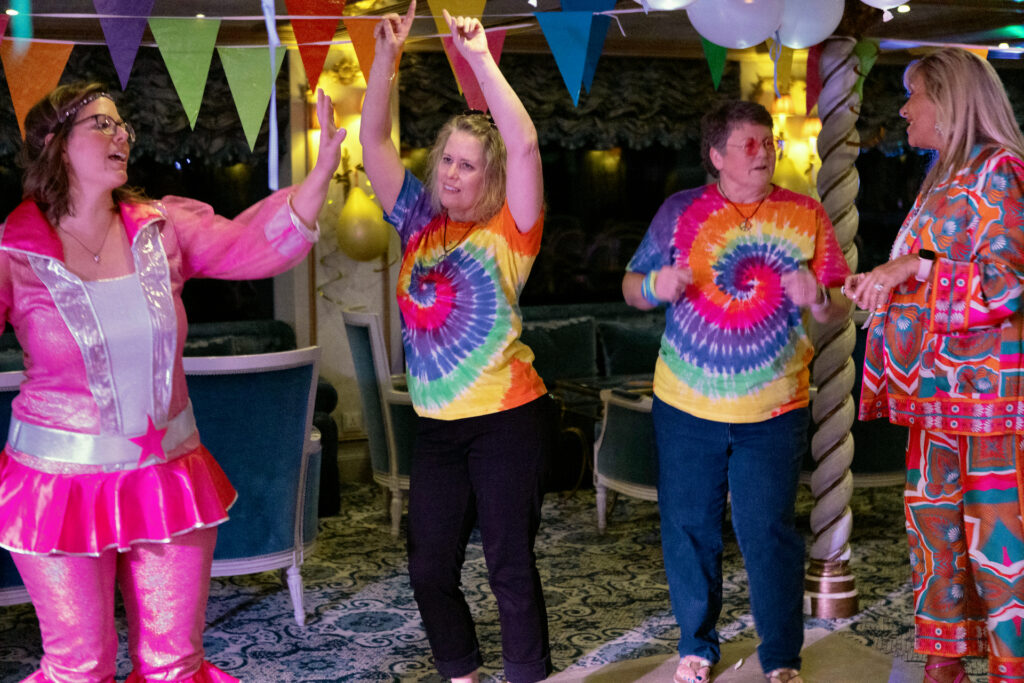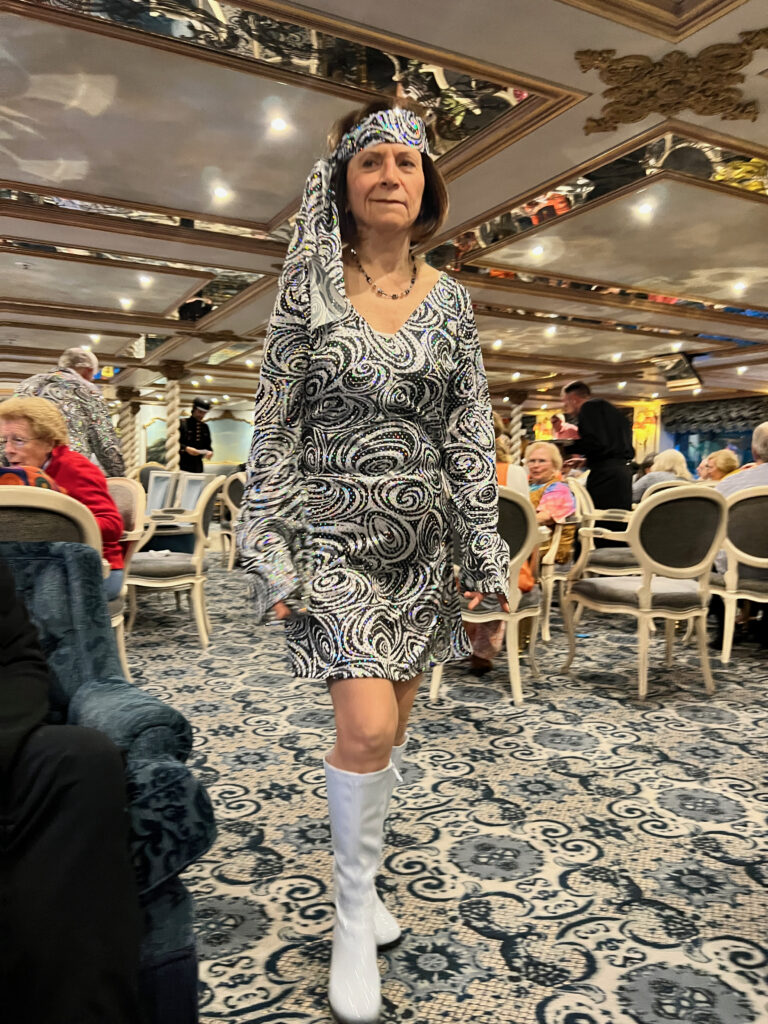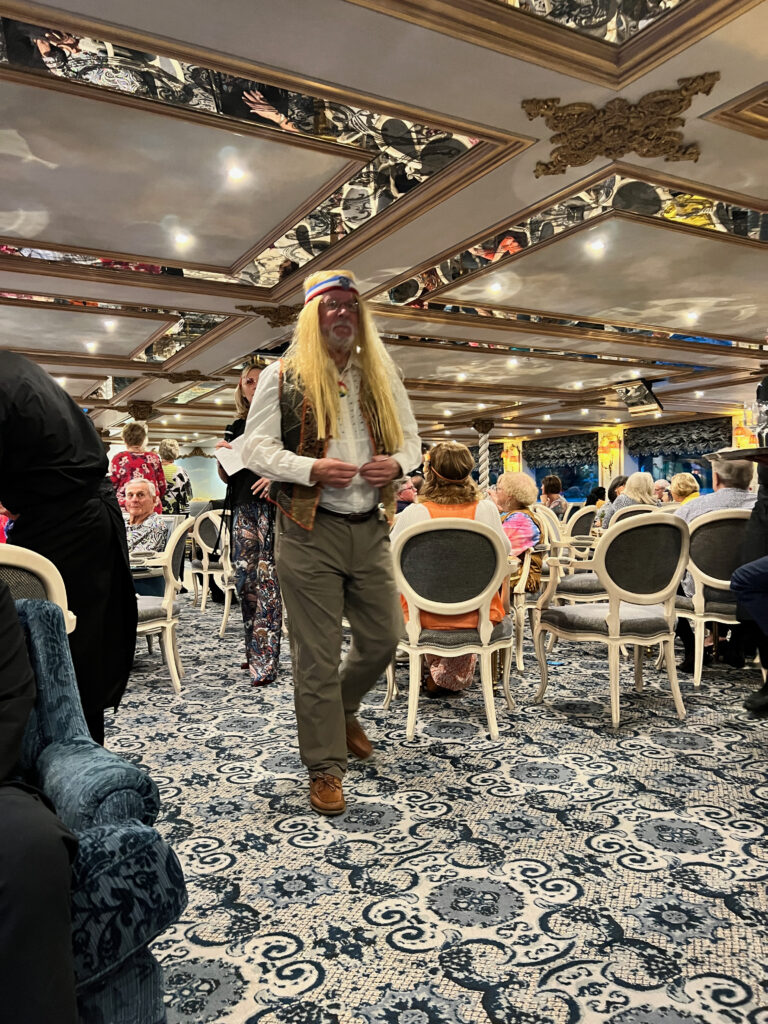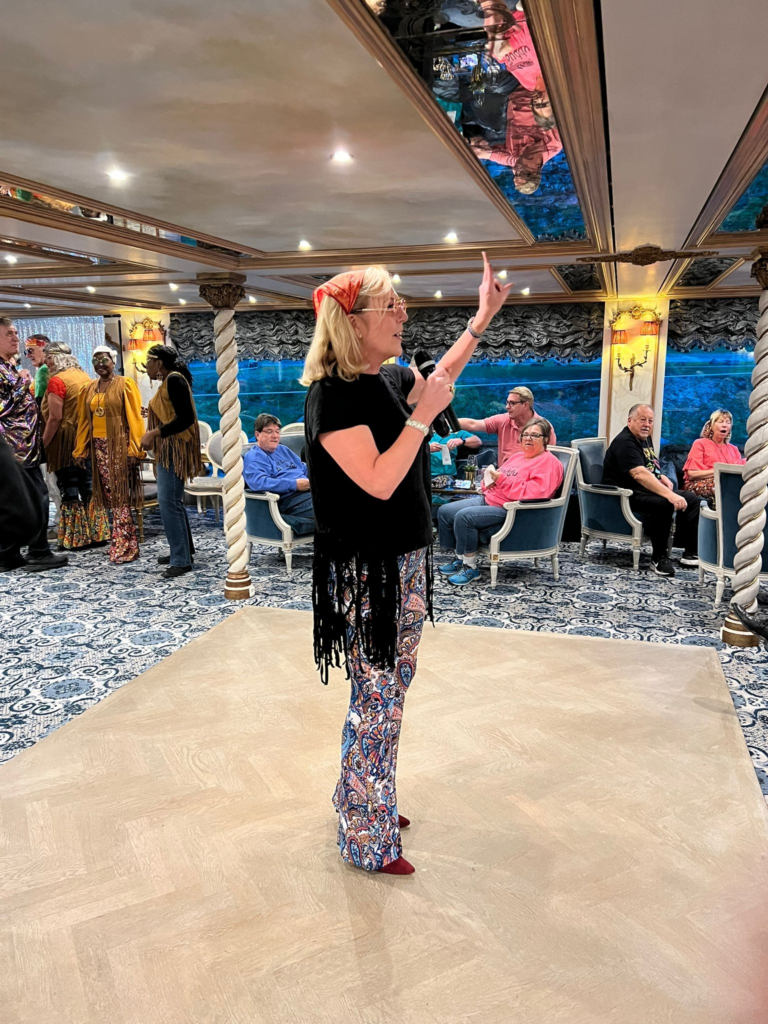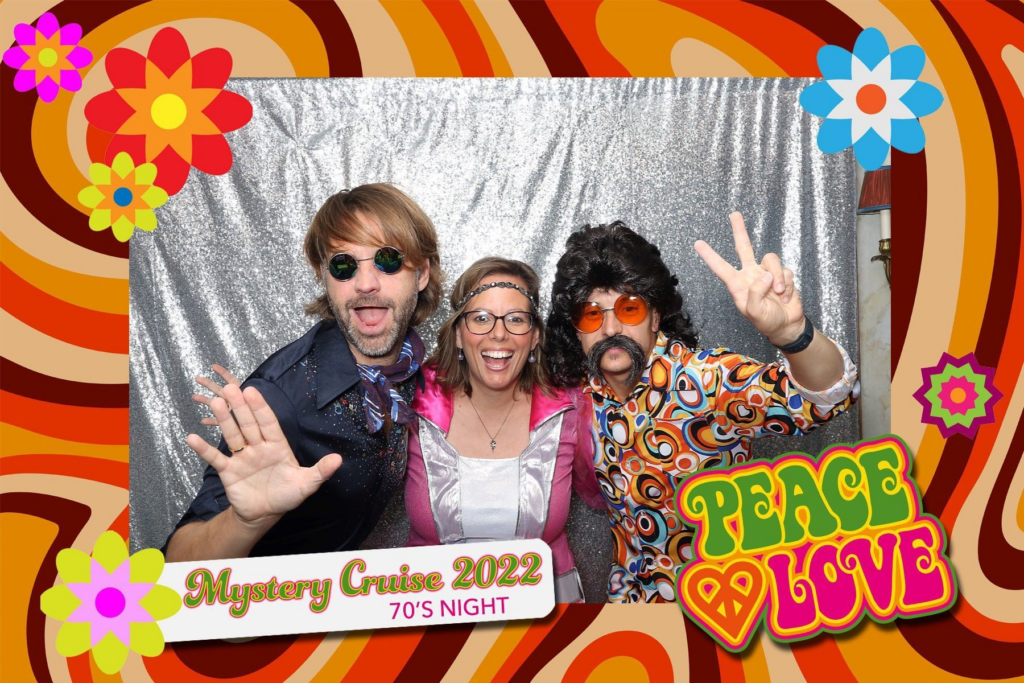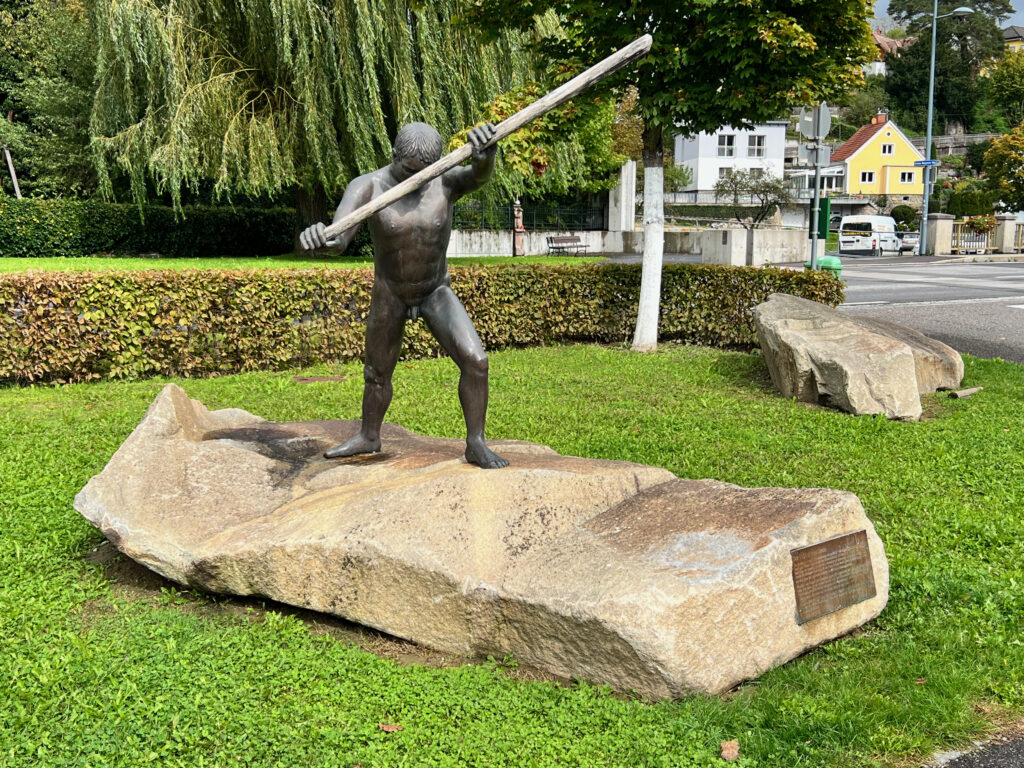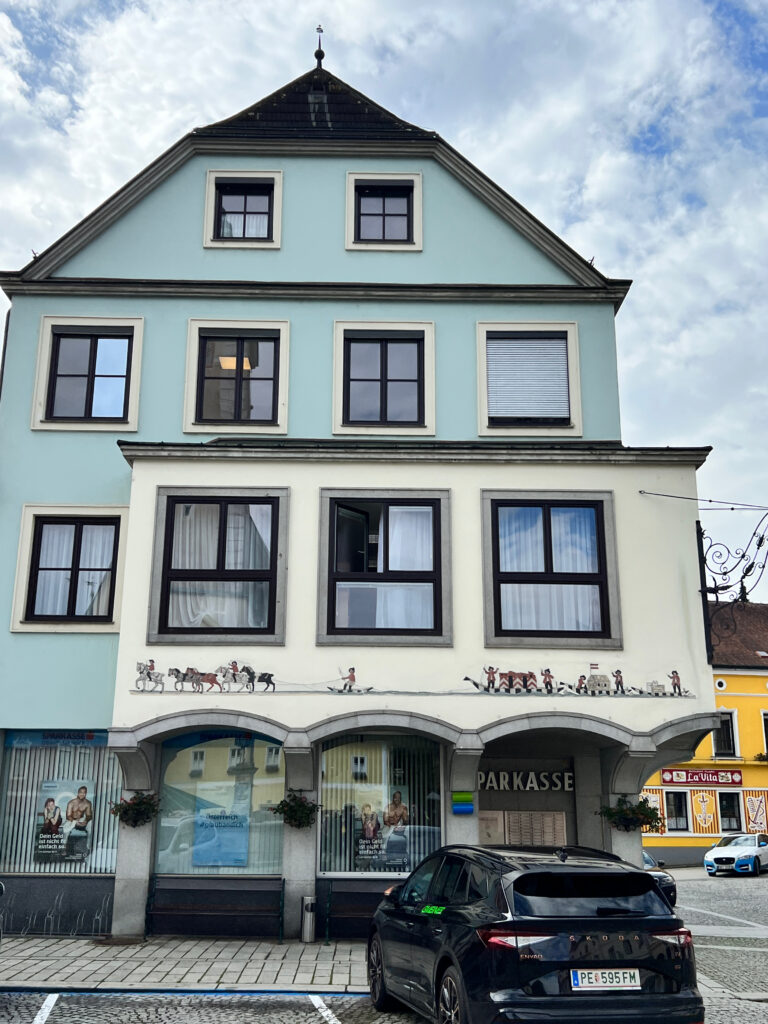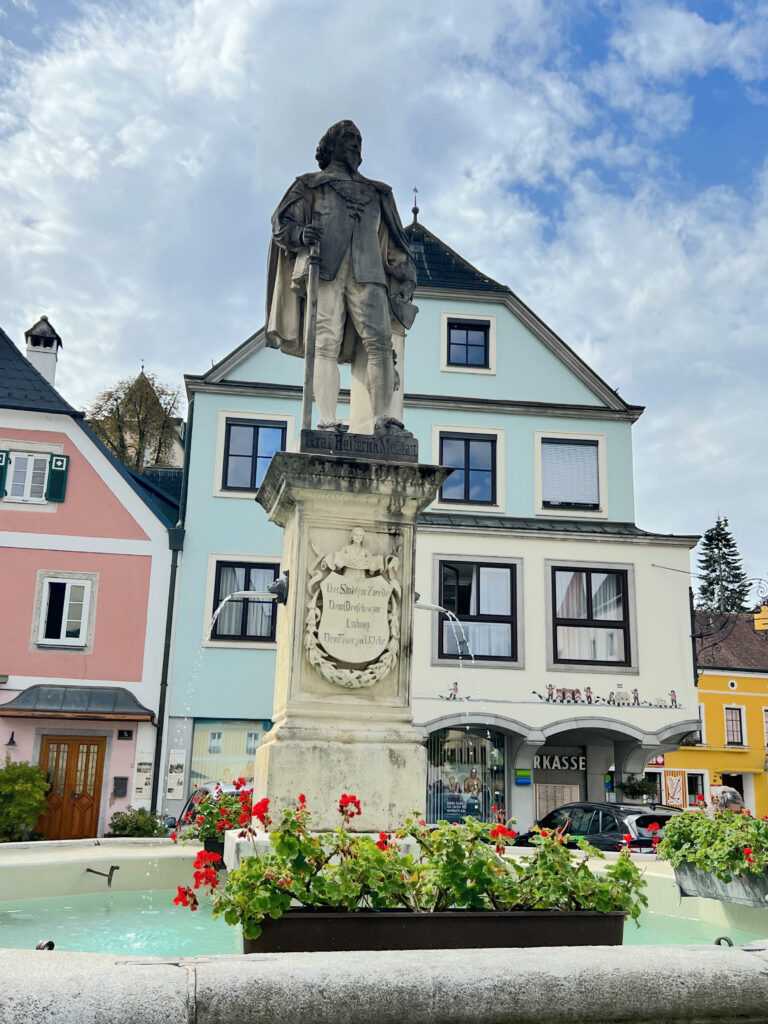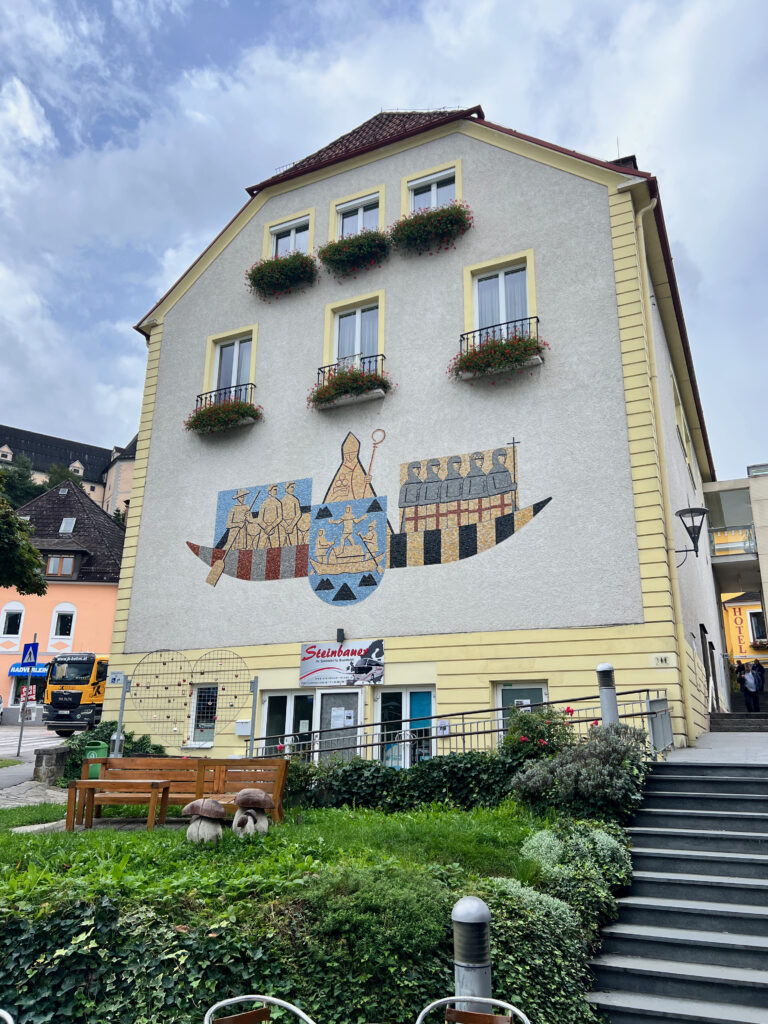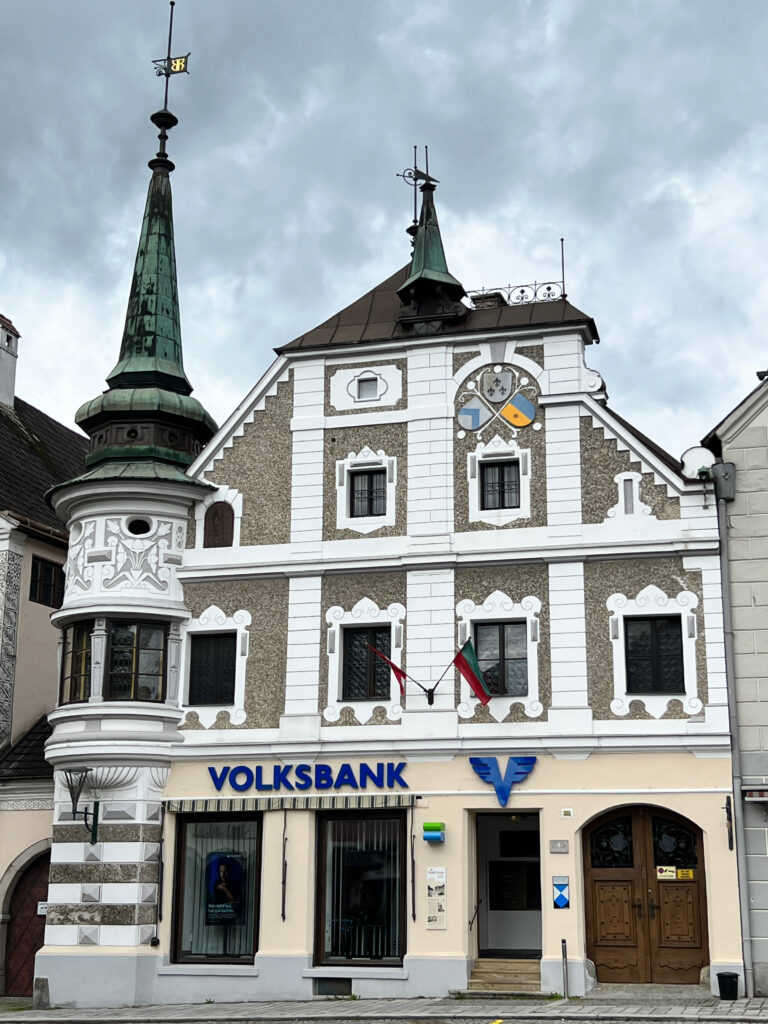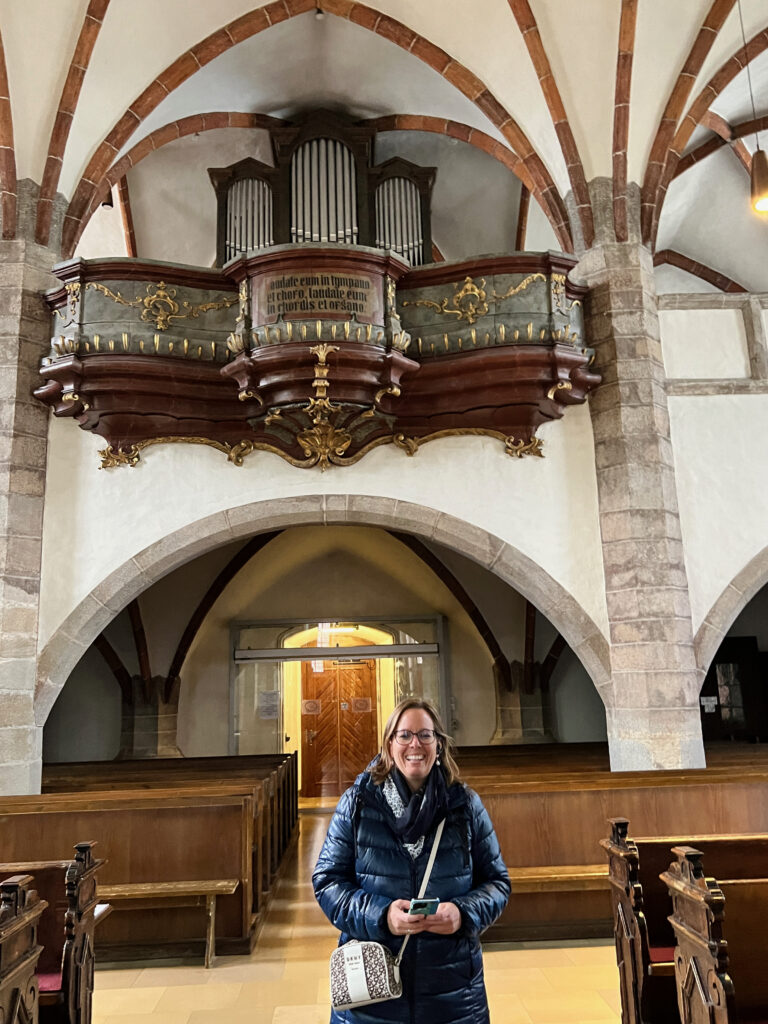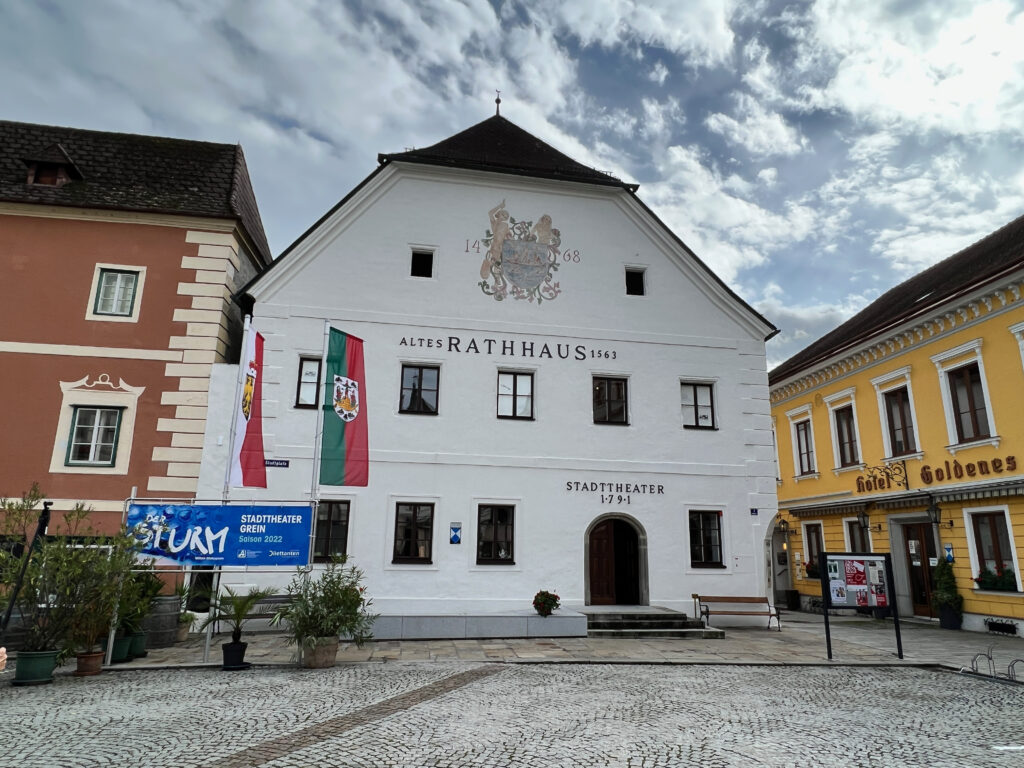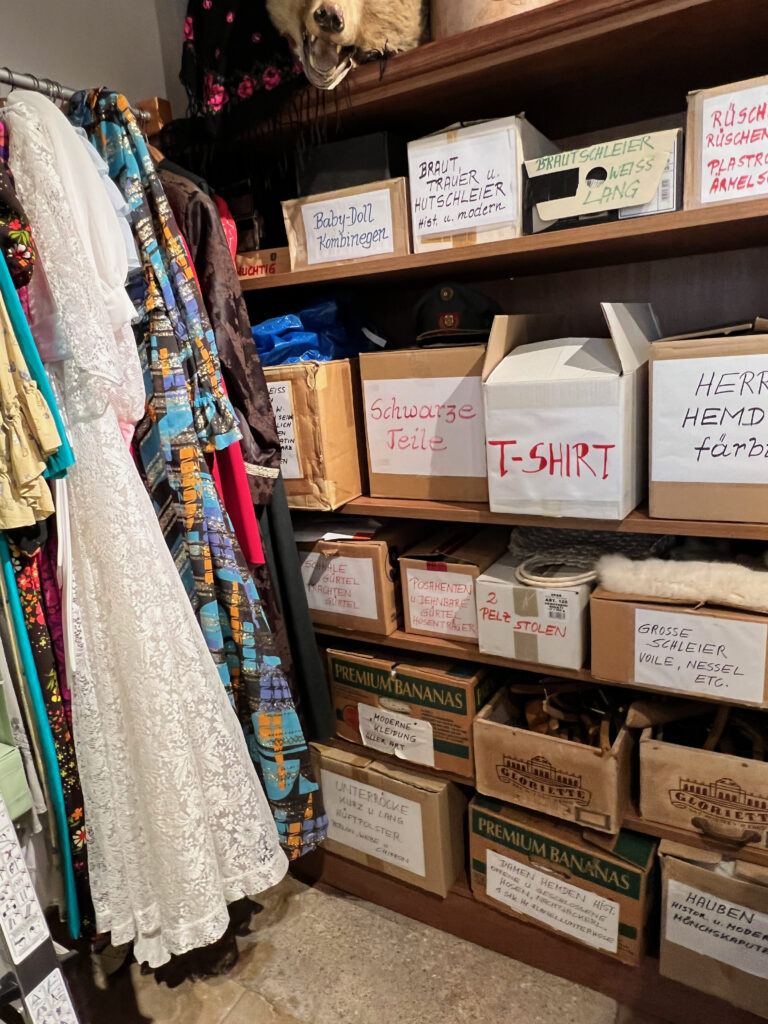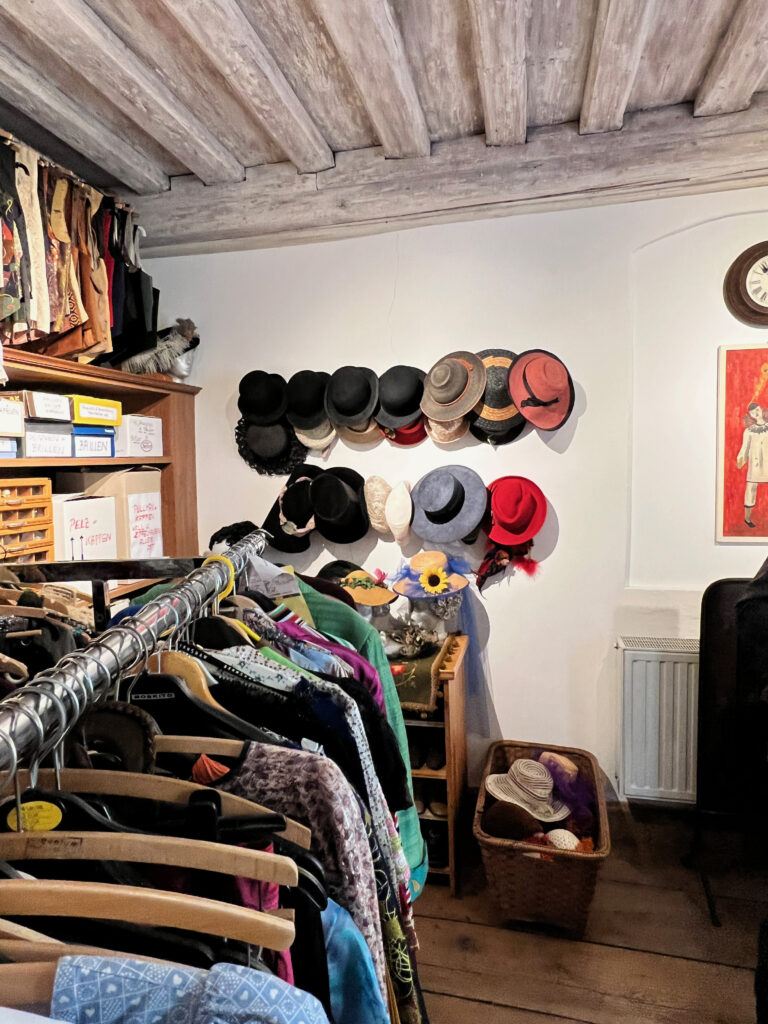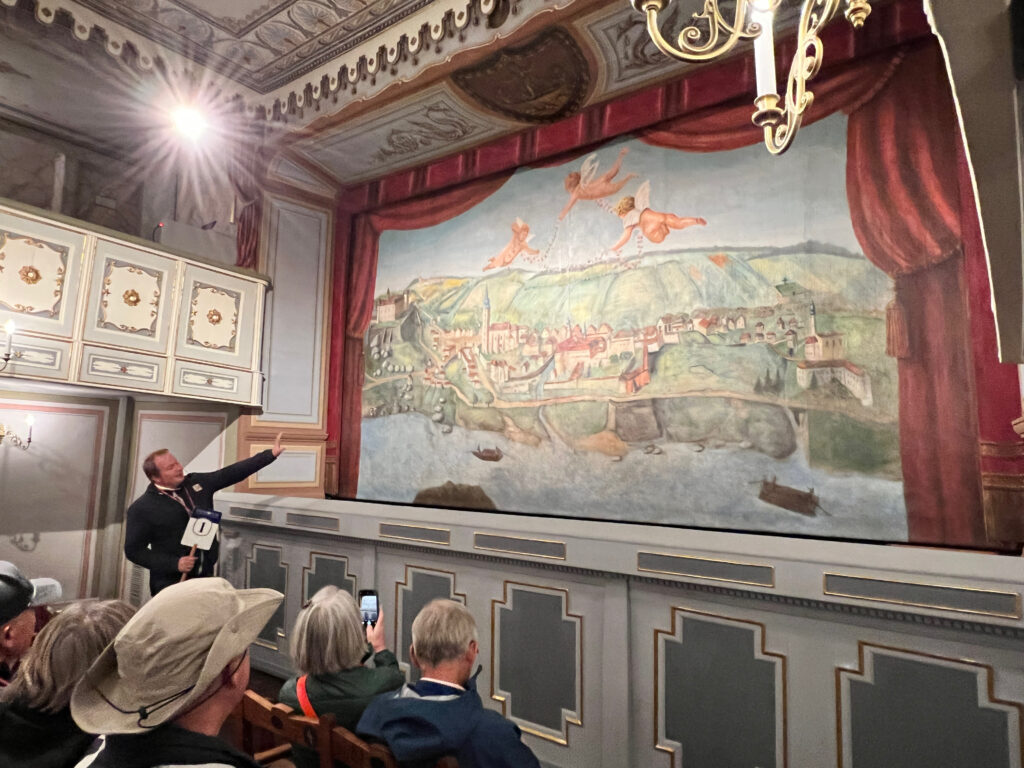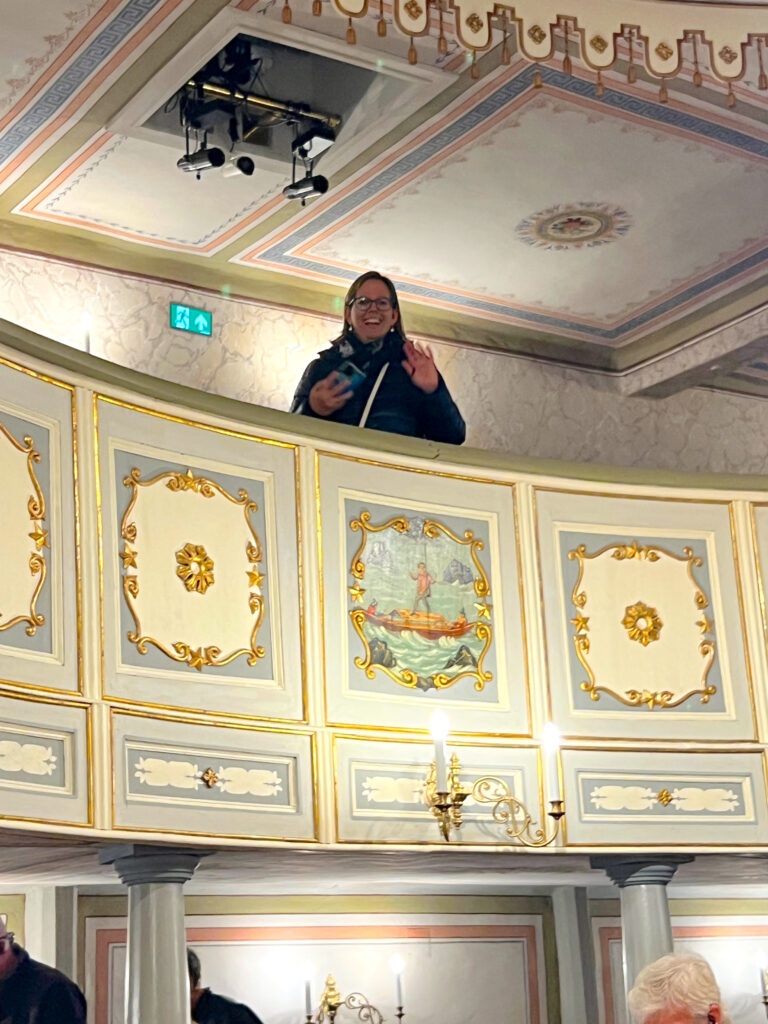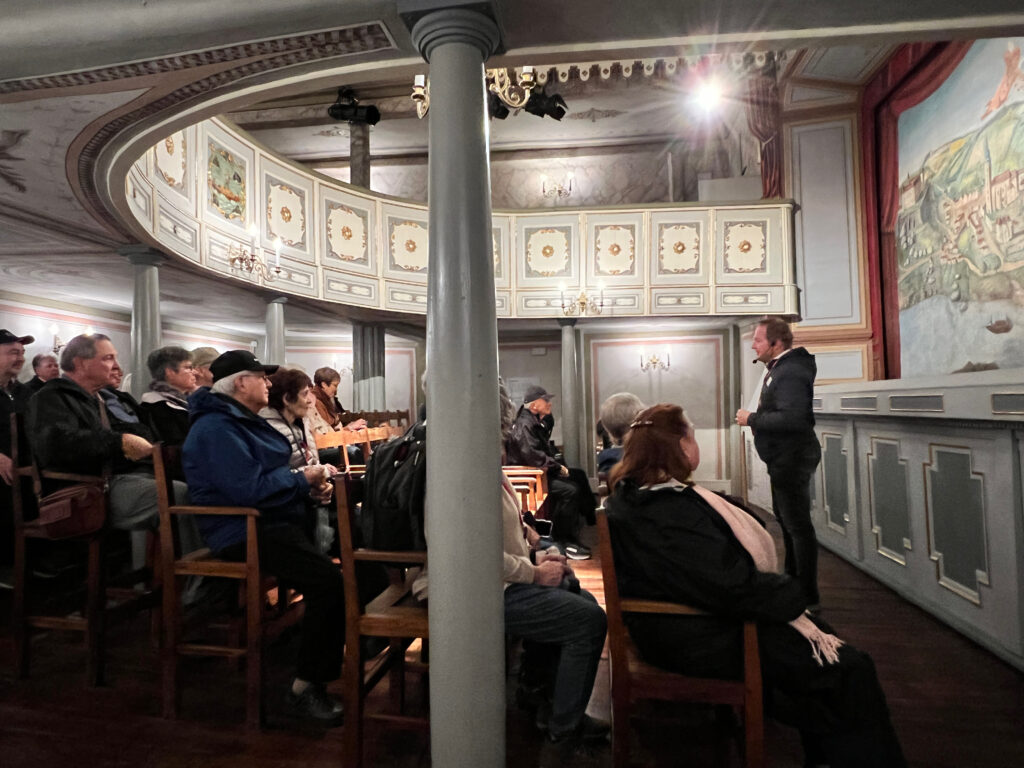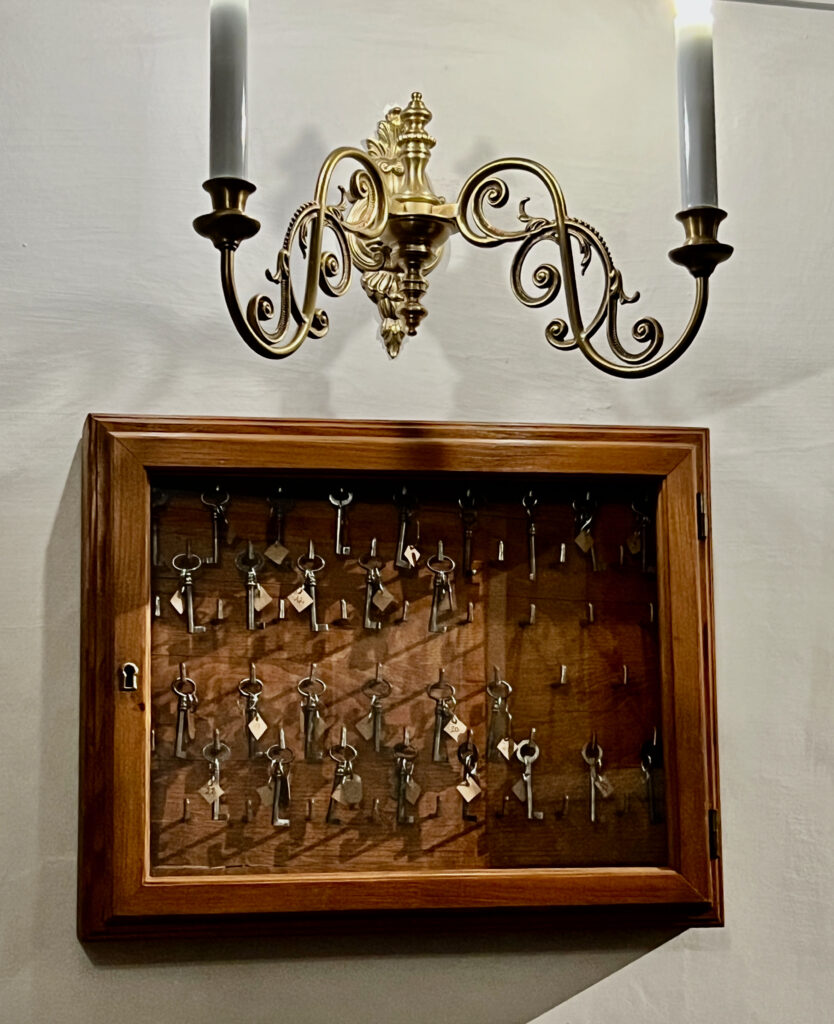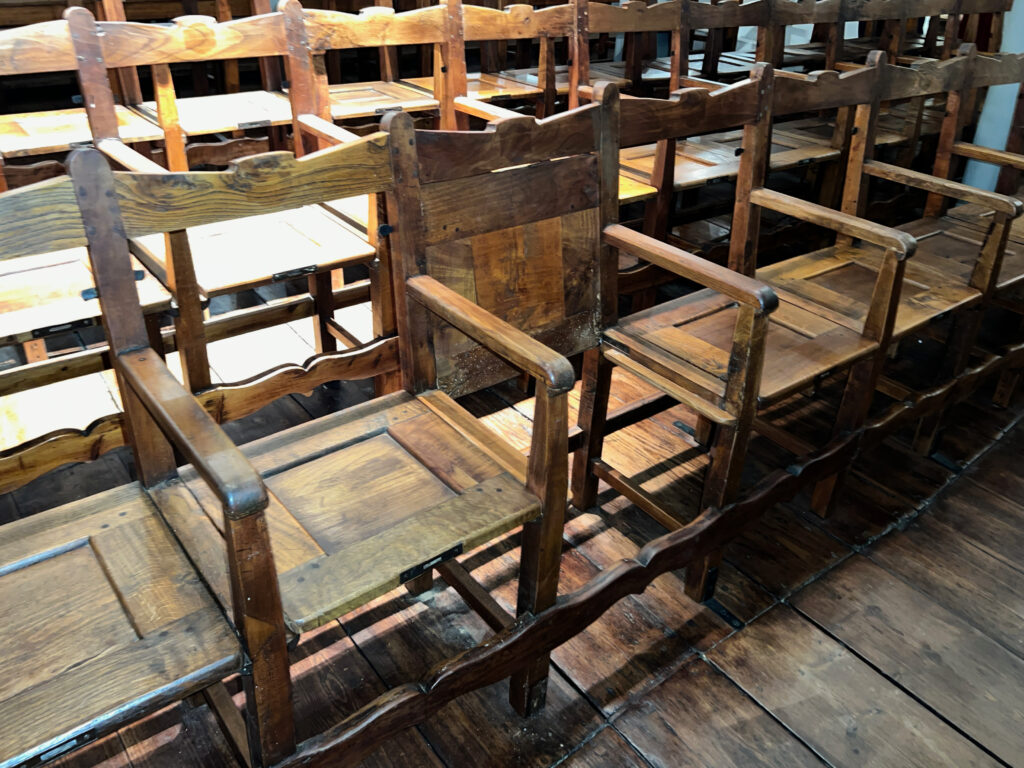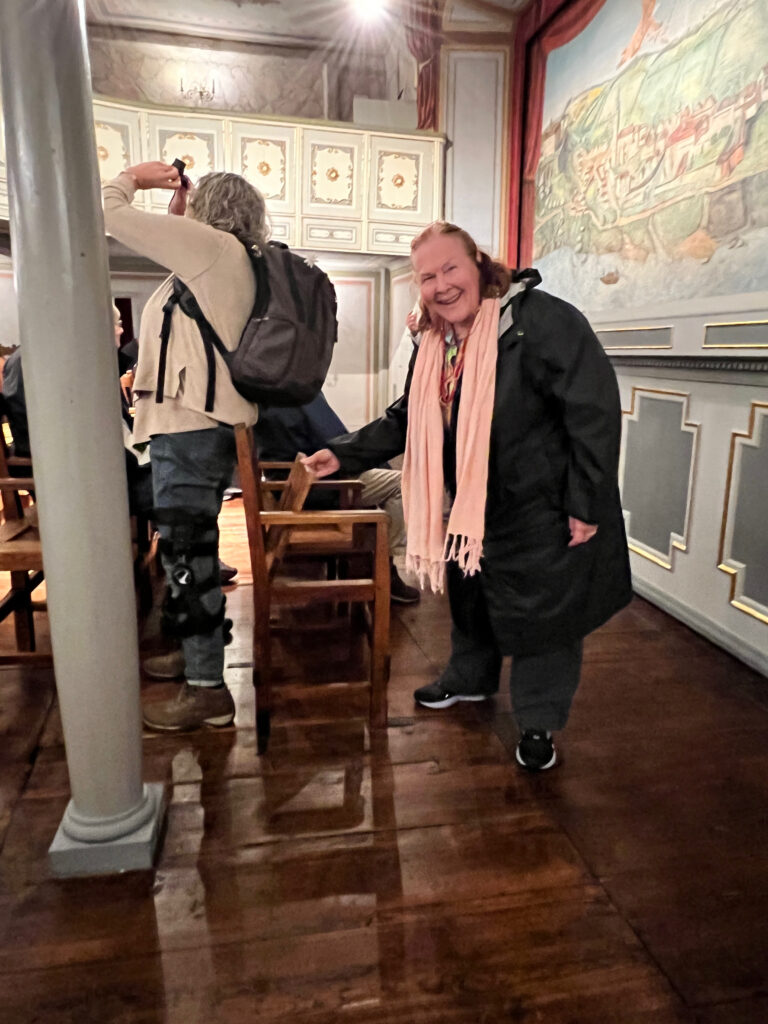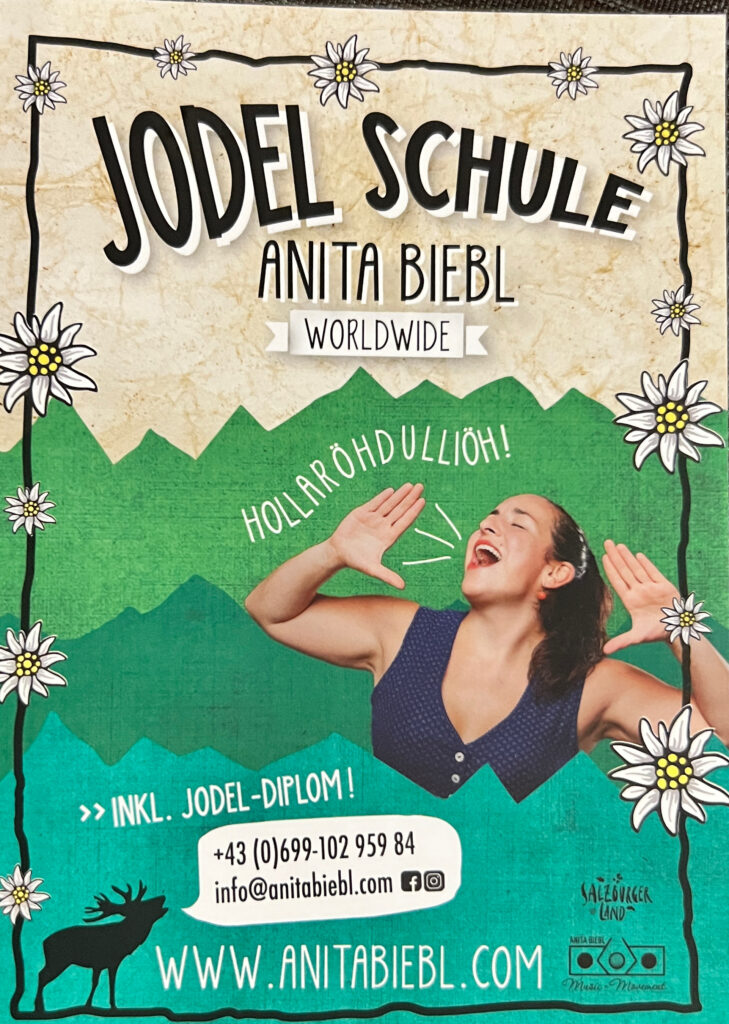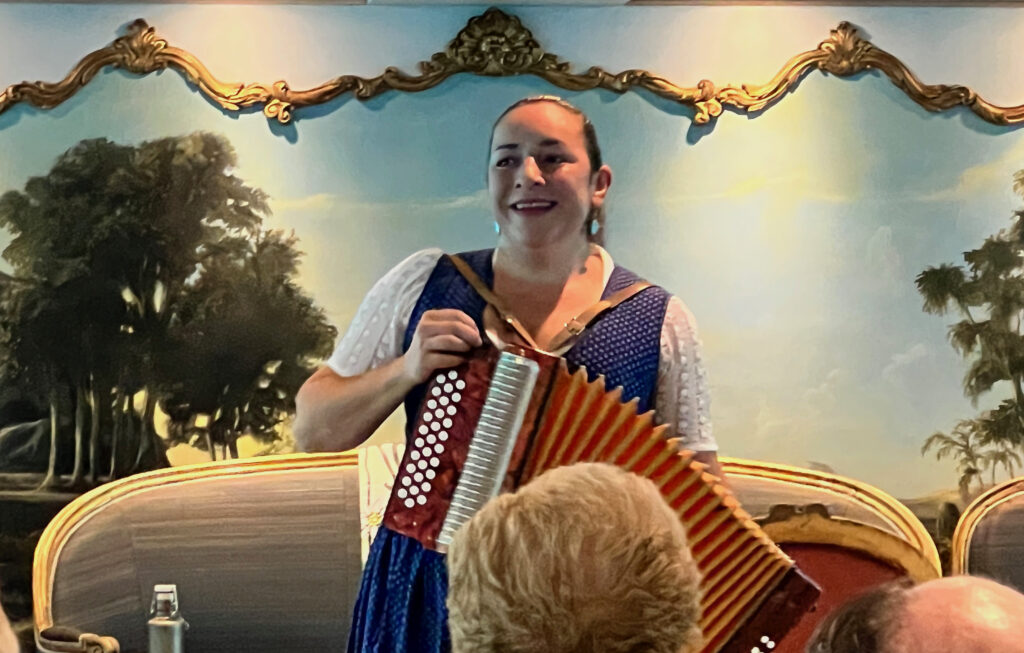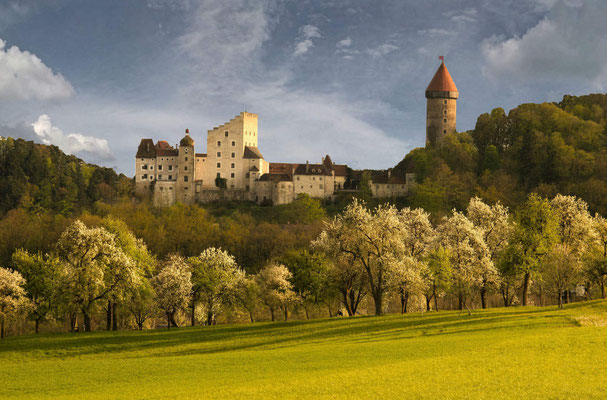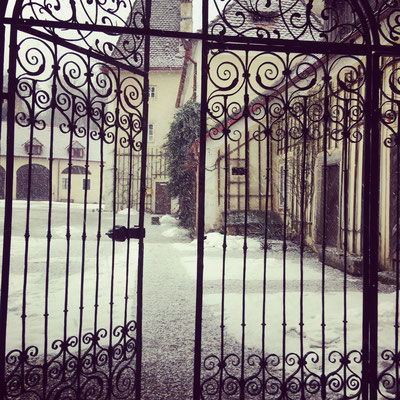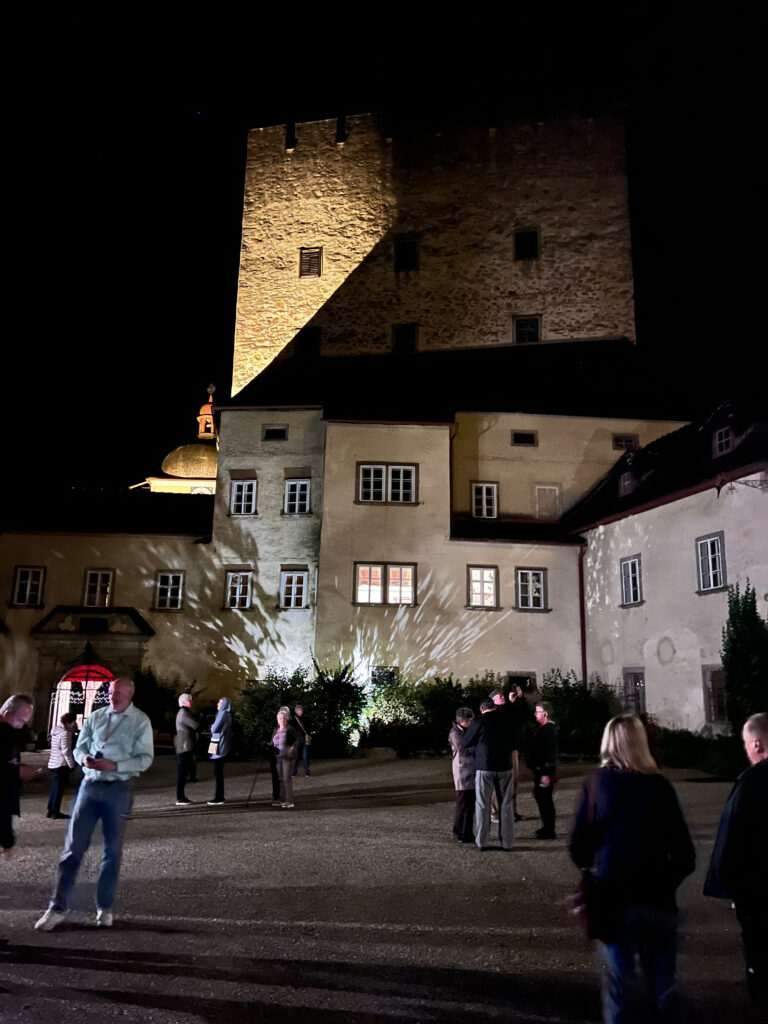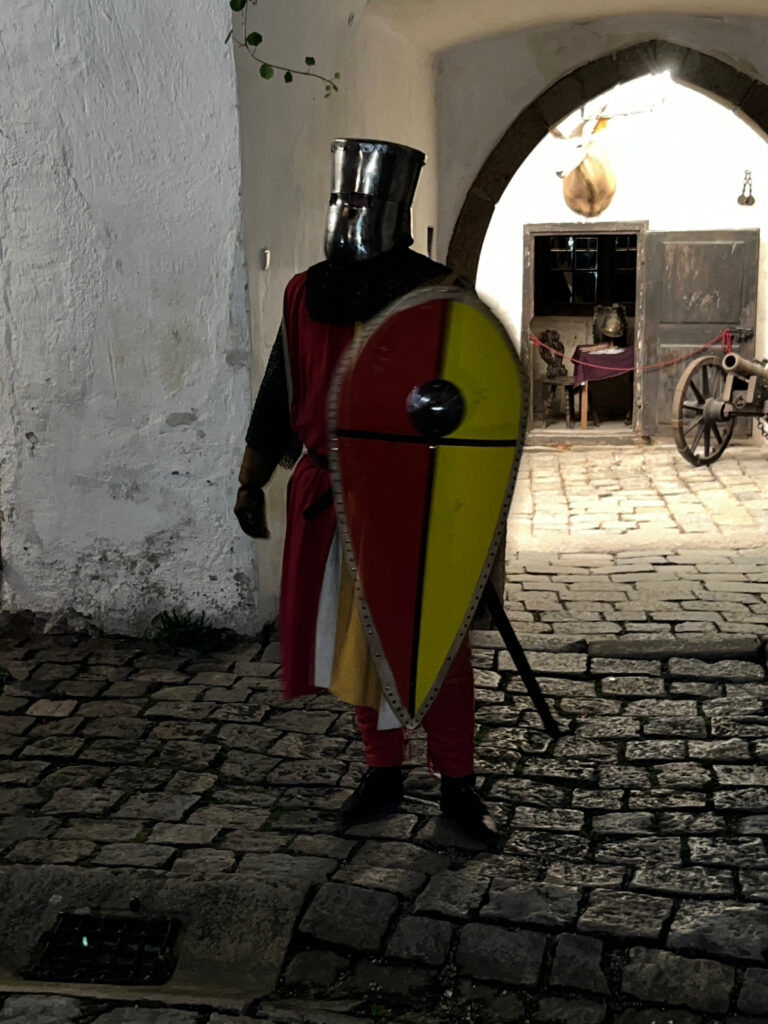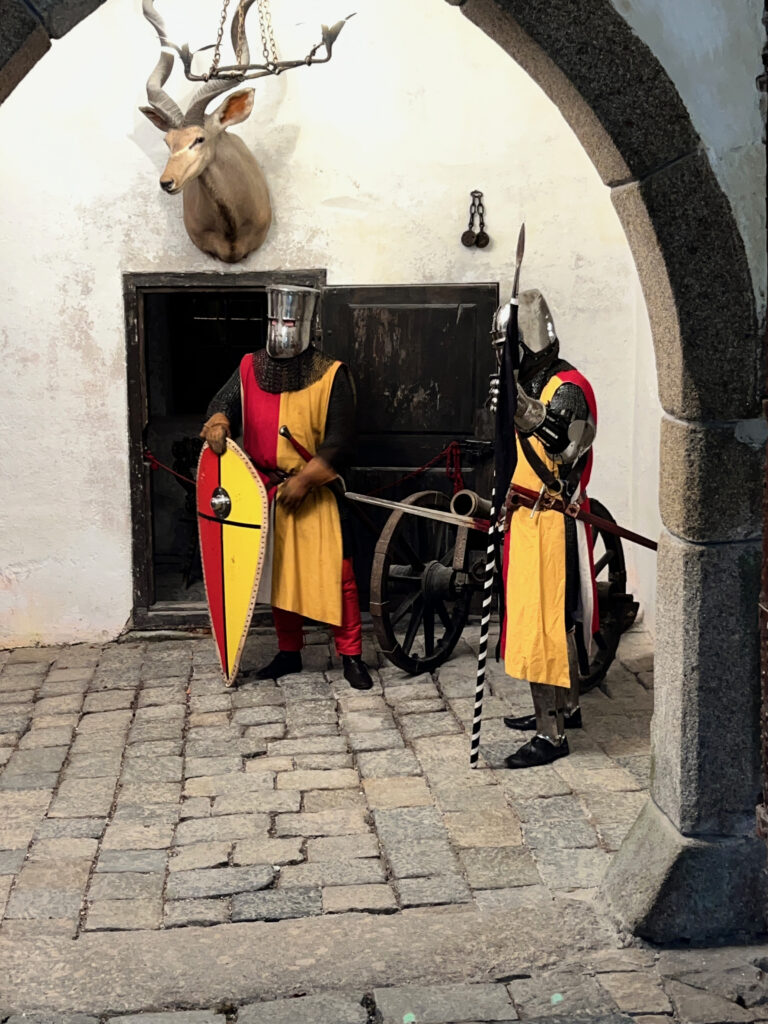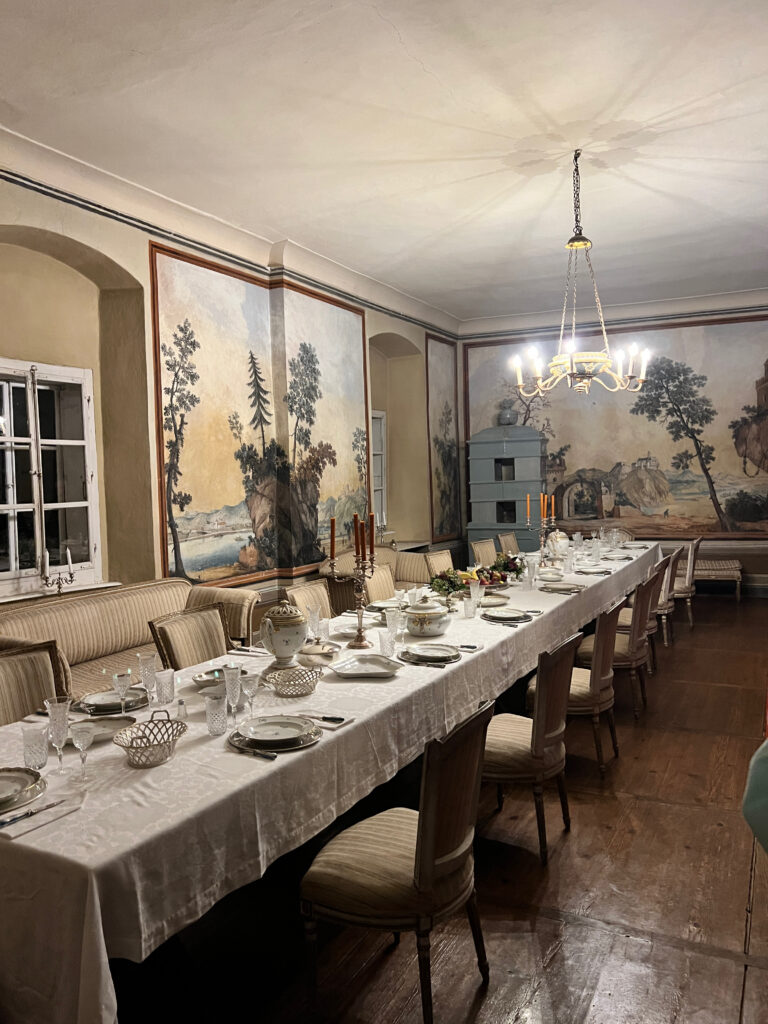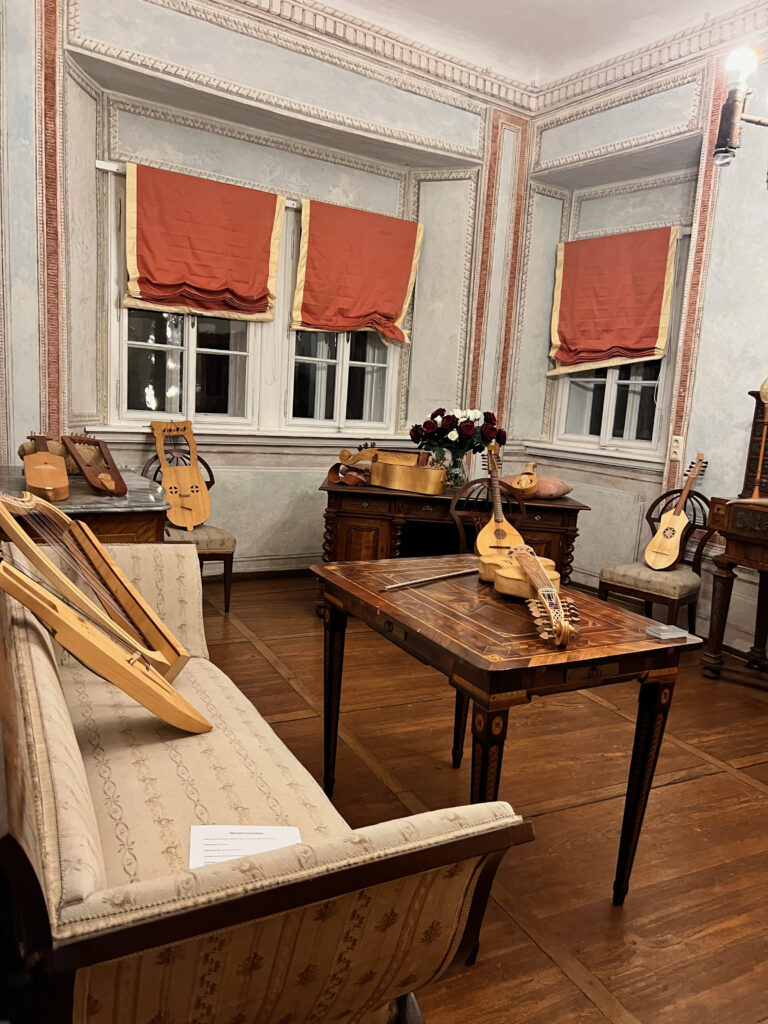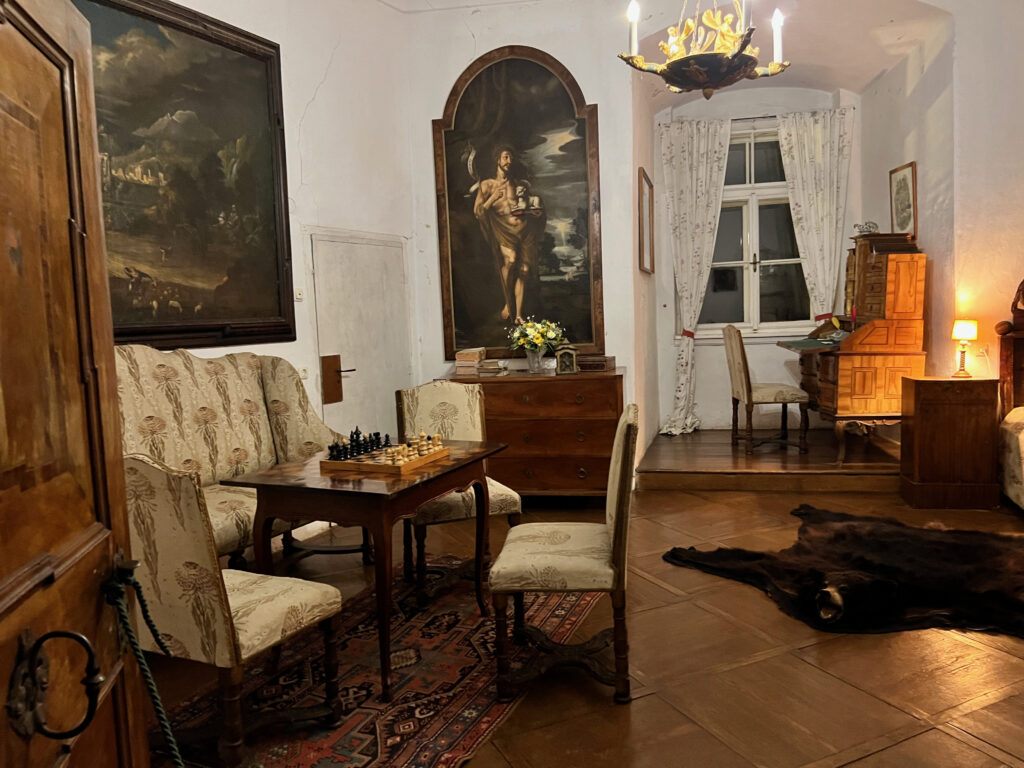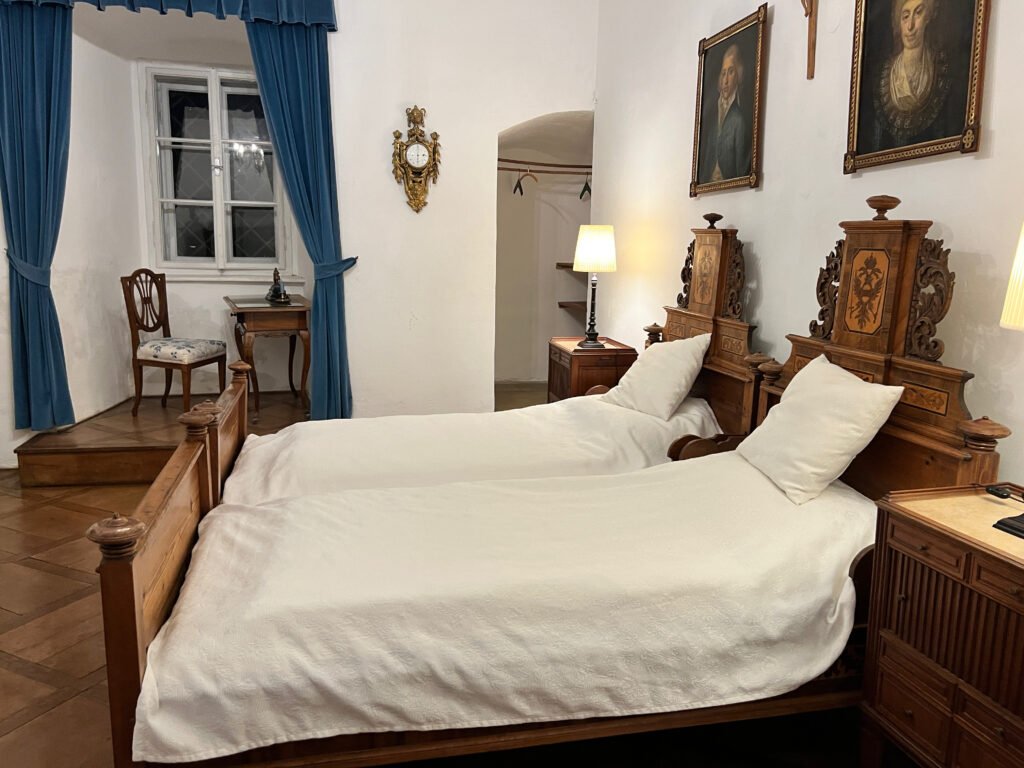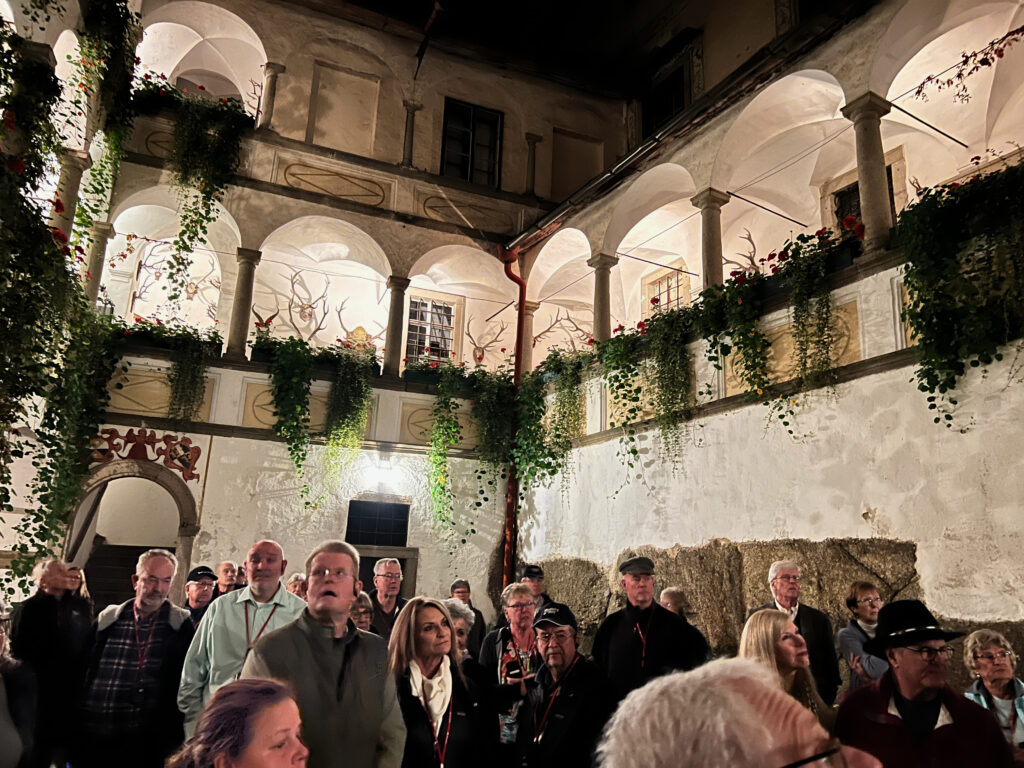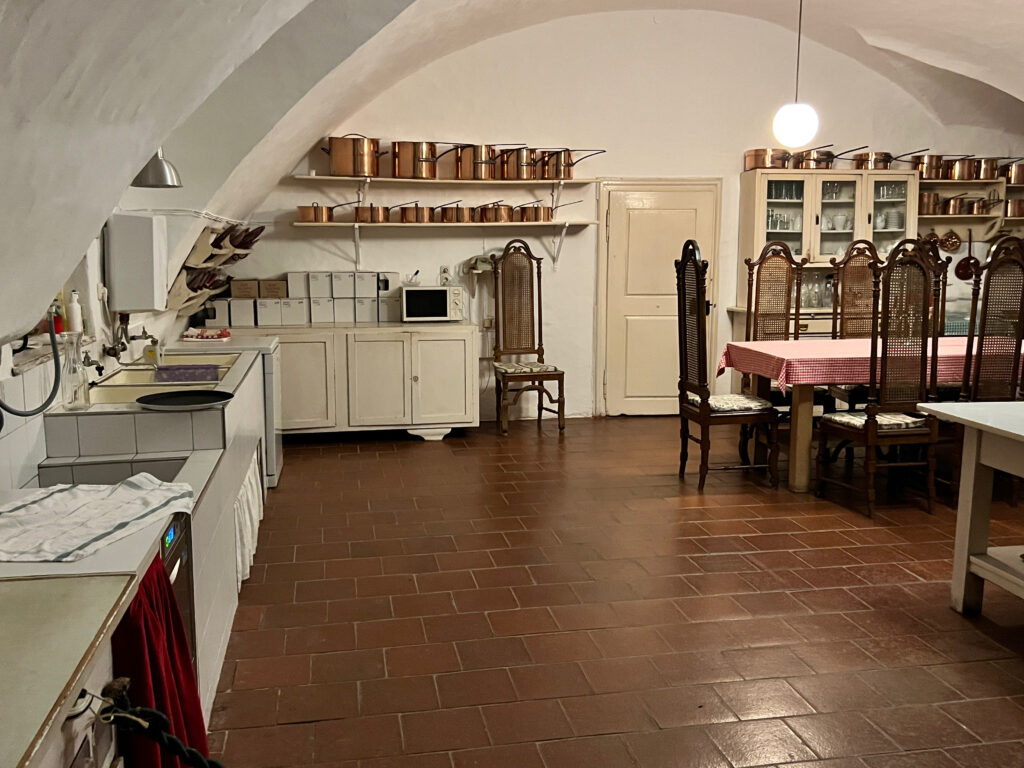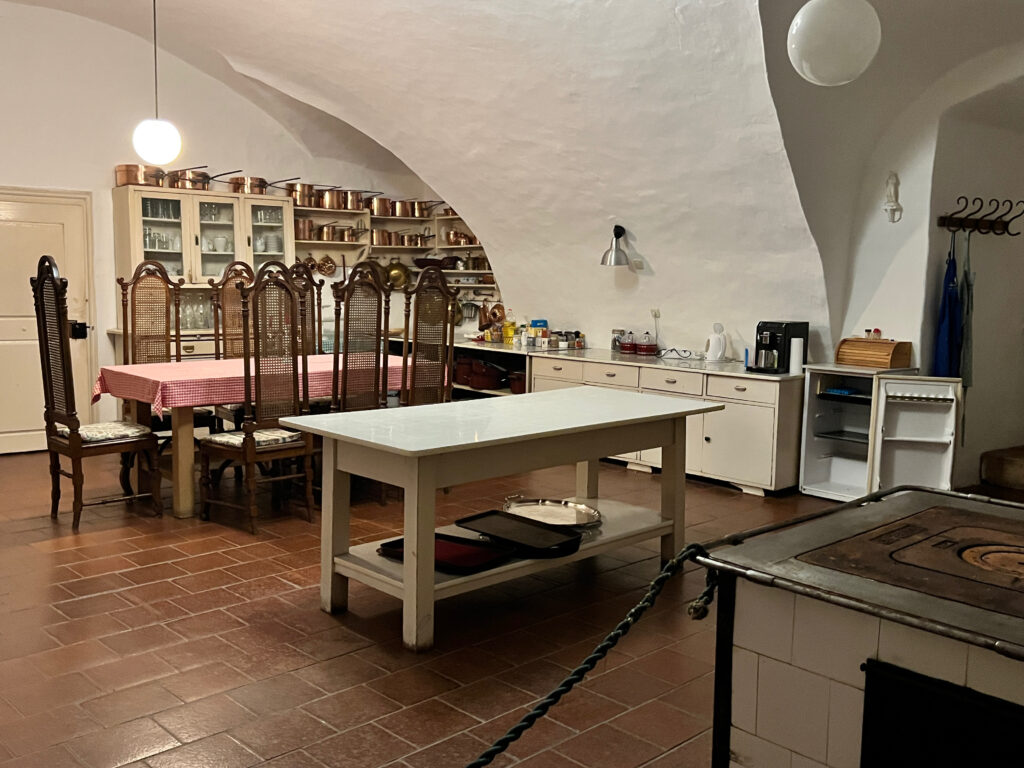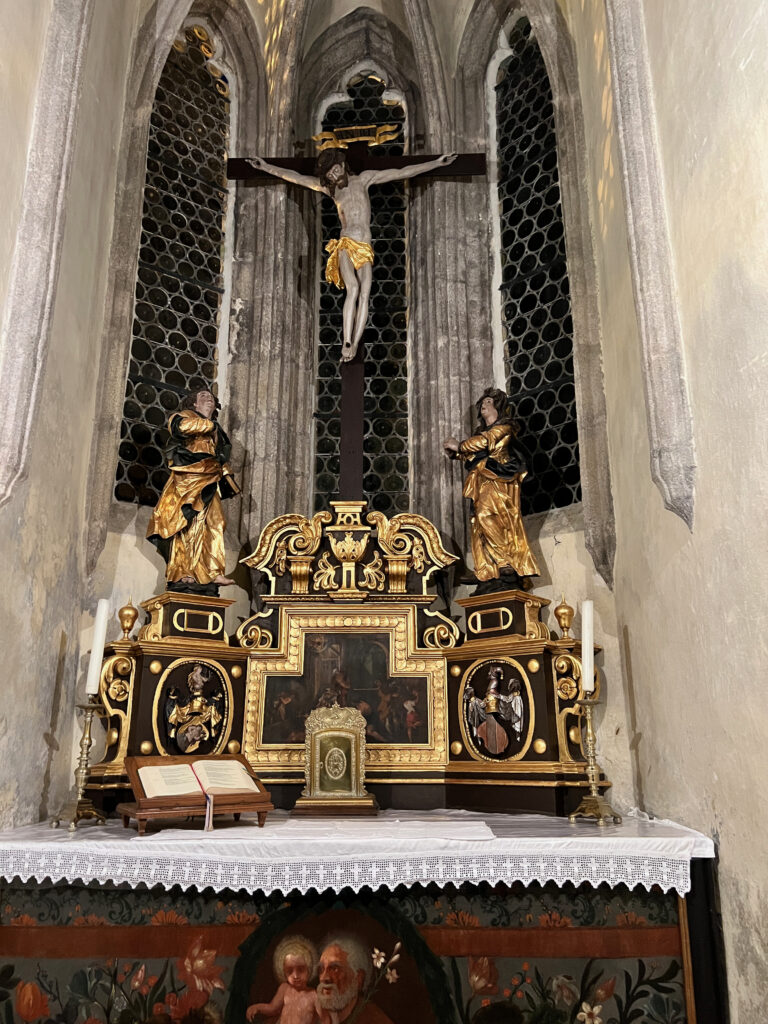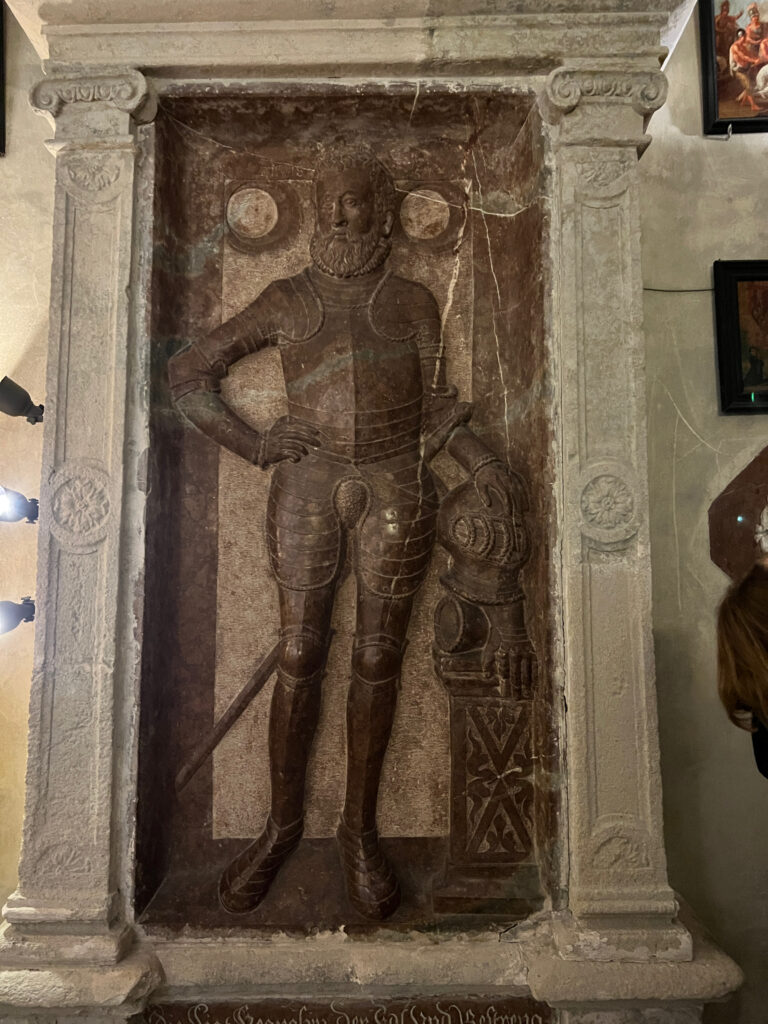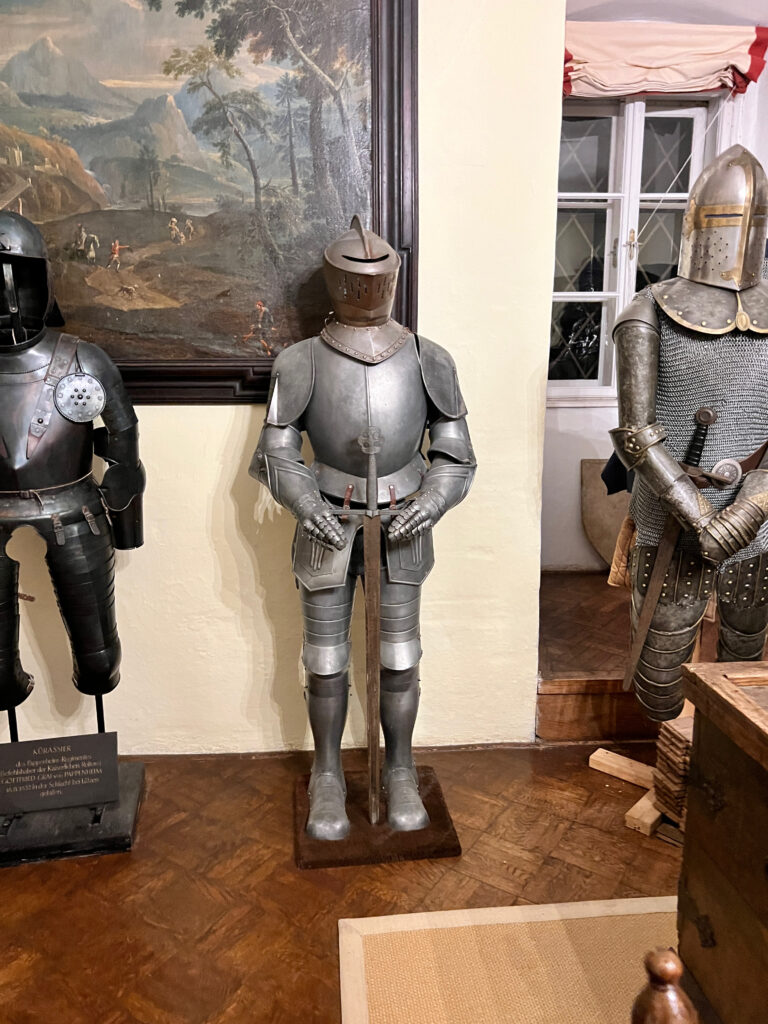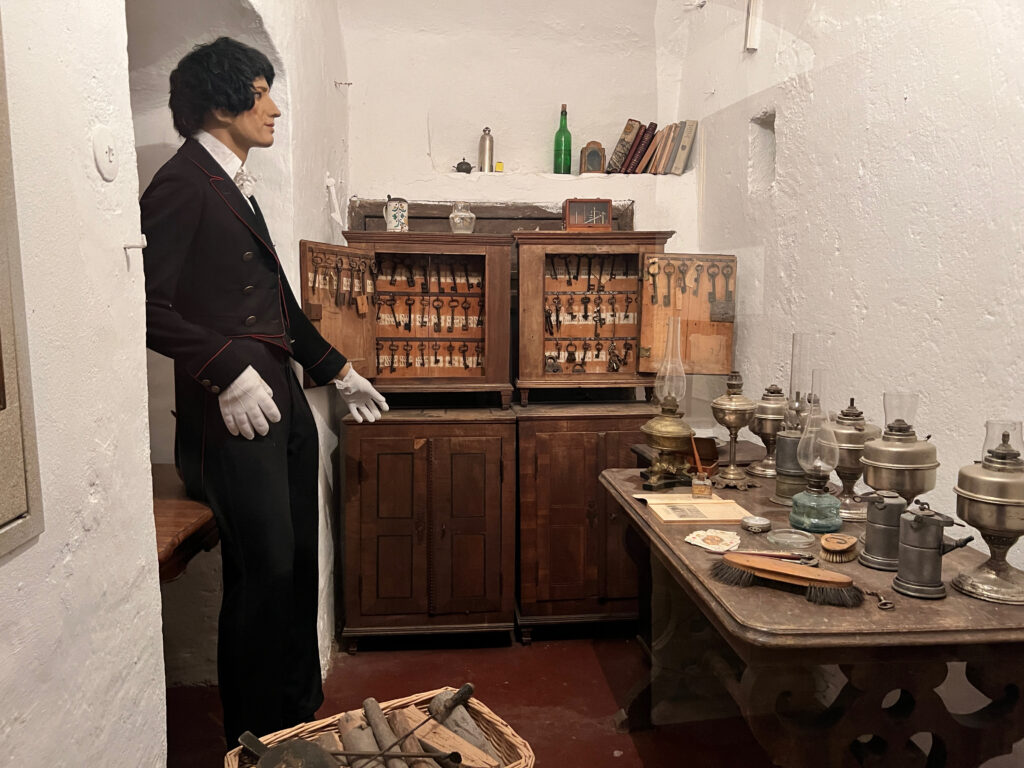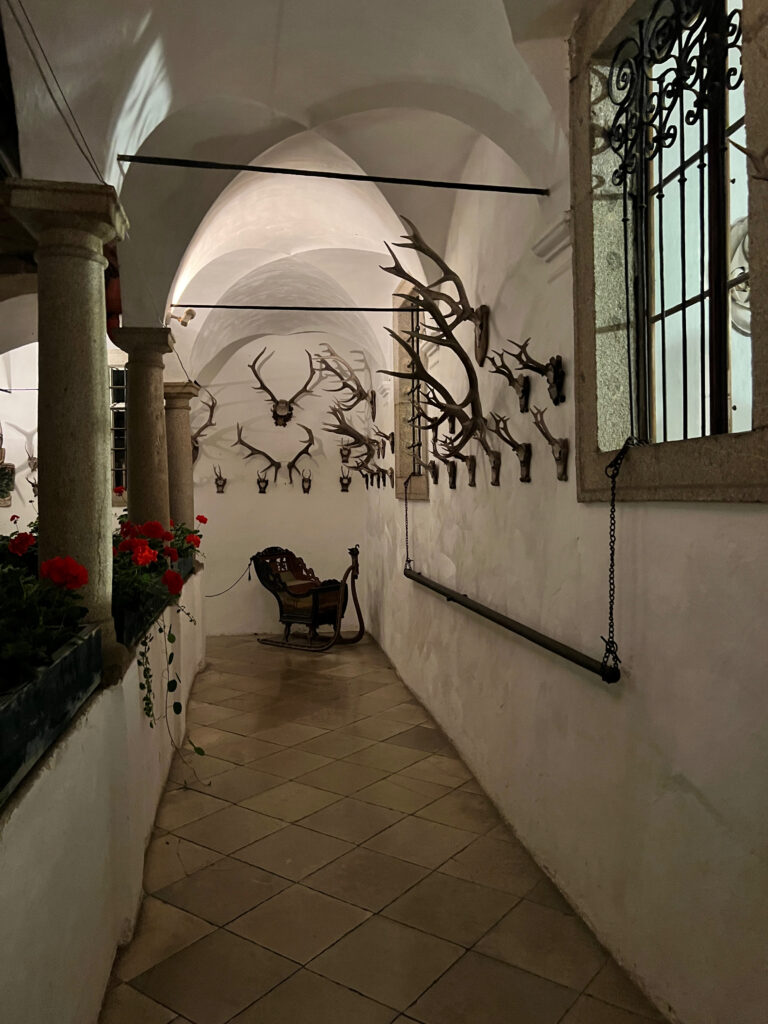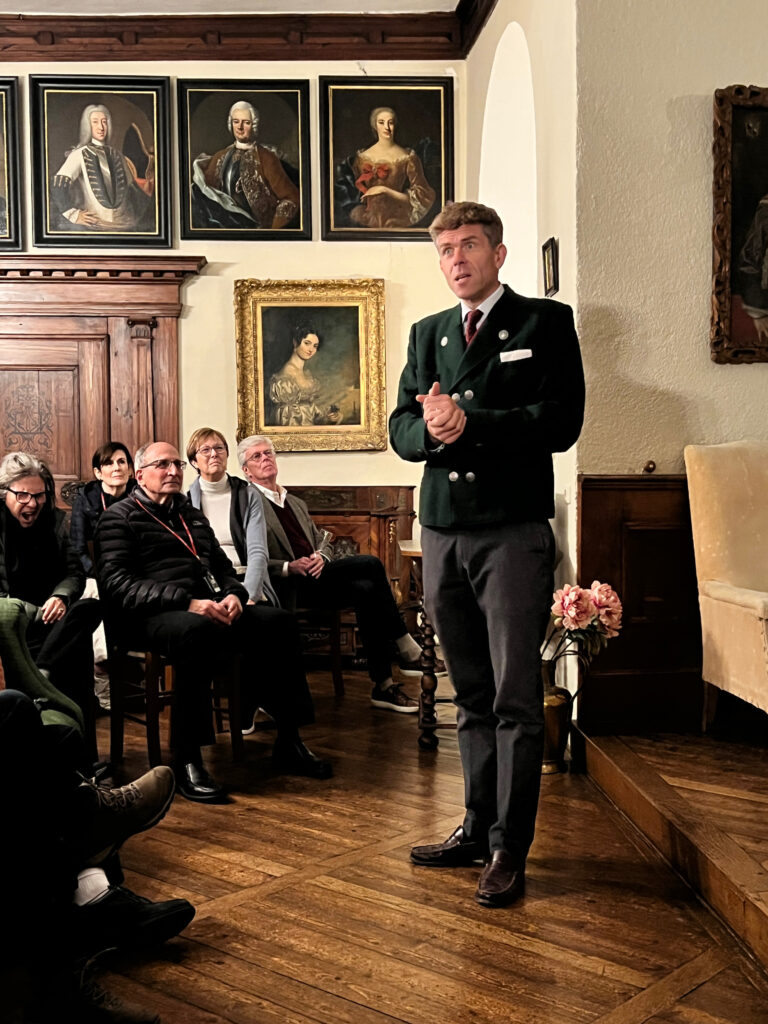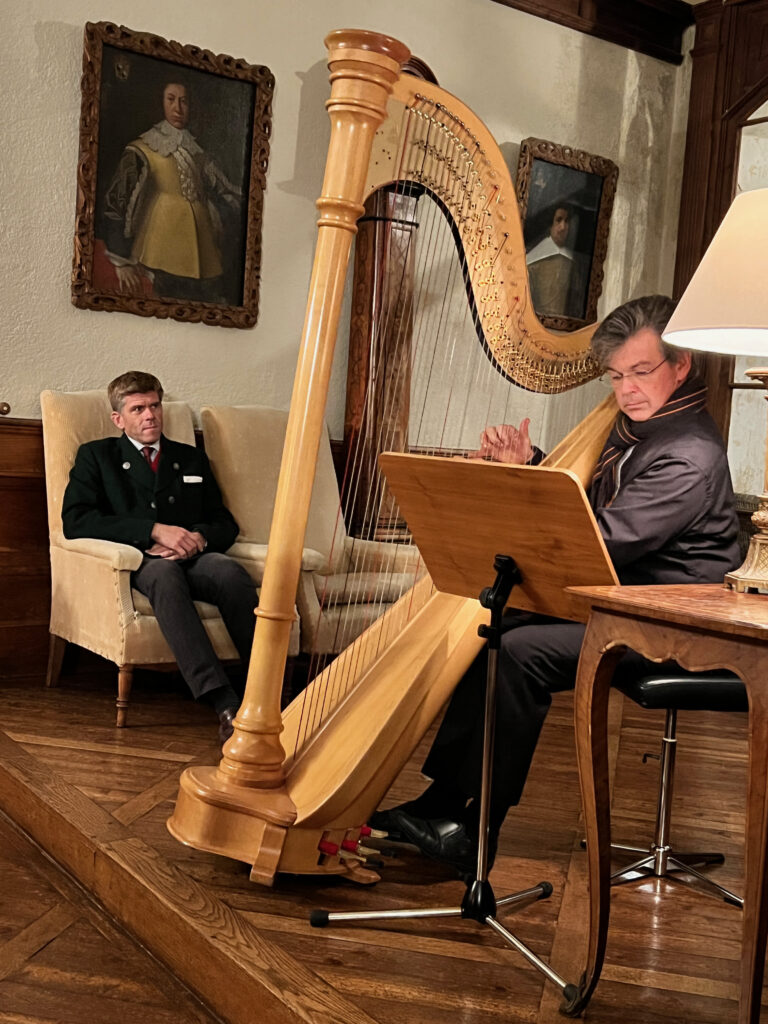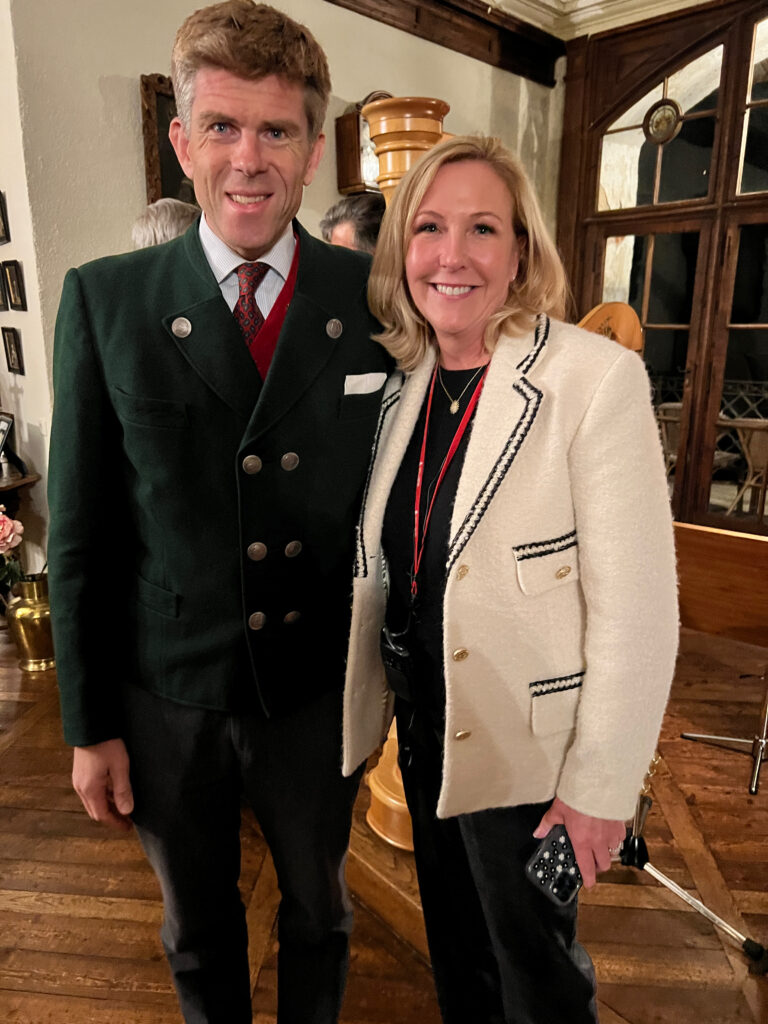Our final stop on our Mystery Cruise was Budapest. This is a city we have visited previously and spent some quality time exploring the sites.
Budapest is the capital and most populous city of Hungary and the ninth-largest city in the European Union by population within city limits and the second-largest city on the Danube River; the city has an estimated population of 1,752,286 over a land area of about 525 square miles.

The history of Budapest began when an early Celtic settlement transformed into the Romantown of Aquincum, the capital of Lower Pannonia. The Hungarians arrived in the territory in the late 9th century, but the area was pillaged by the Mongols in 1241–42. Re-established Buda became one of the centers of Renaissance humanist culture by the 15th century. After the reconquest of Buda in 1686, the region entered a new age of prosperity, with Pest-Buda becoming a global city after the unification of Buda, Óbuda and Pest on 17 November 1873, with the name ‘Budapest’ given to the new capital. Budapest also became the co-capital of the Austro-Hungarian Empire, a great power that dissolved in 1918, following World War I. The city was the focal point of the Hungarian Revolution of 1848, the Battle of Budapest in 1945, as well as the Hungarian Revolution of 1956.
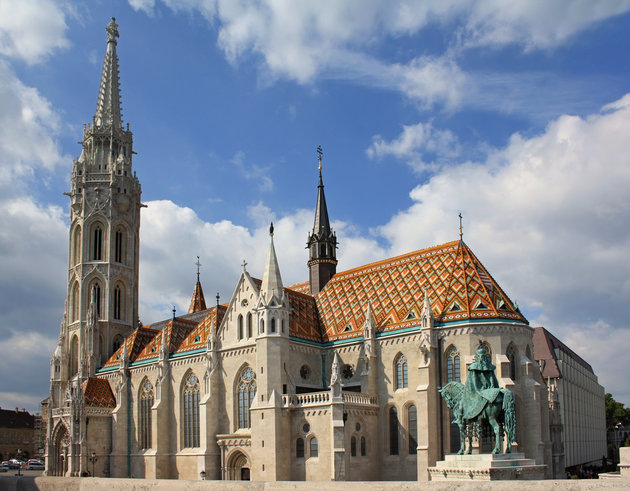
The central area of Budapest along the Danube River is classified as a UNESCO World Heritage Site and has several notable monuments of classical architecture, including the Hungarian Parliament and the Buda Castle. The city also has around 80 geothermal springs,the largest thermal water cave system, second largest synagogue, and third largest Parliament building in the world. Budapest attracts around 12 million international tourists per year, making it a highly popular destination in Europe
We spent the day exploring and enjoying the City. There are several monuments that speak to the history of the City and some of its troubled past. One that is particularly moving is Installed along the bank of the Danube River and is a monument consists of 60 pairs of 1940s-style shoes, true to life in size and detail, sculpted out of iron.
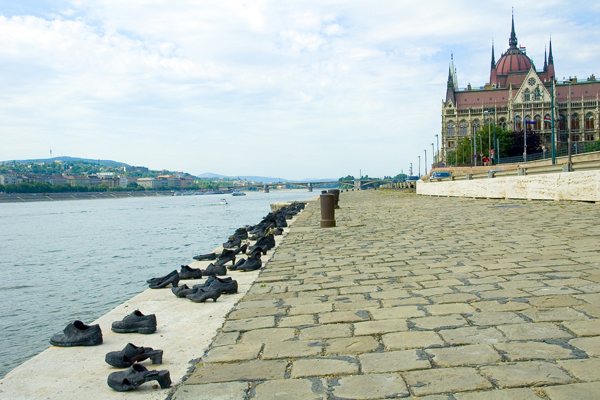

This memorial is simple yet chilling, depicting the shoes left behind by the thousands of Jews who were murdered by the Arrow Cross. This was a moving memorial – sad to think about the various families, father, mother, children who where all shot along here.
There are eight bridges that span the Danube but the most famous is the Chain Bridge. The Chain Bridge is the oldest suspension bridge in Budapest and is the Danube’s most renowned, connecting both sides of the city, Buda and Pest. The bridge’s real name is Széchenyi, in memory of the Count István Széchenyi, who helped build it, but is commonly known as the Chain Bridge.
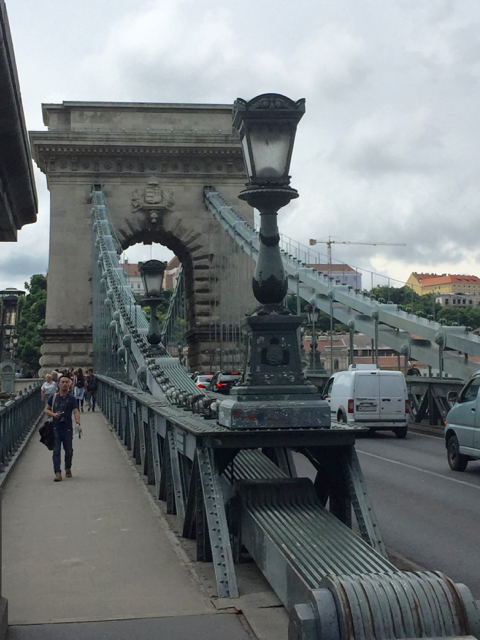
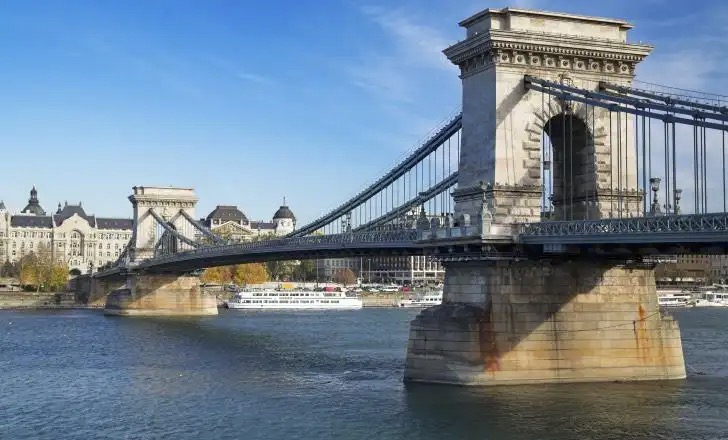
One of the places we certainly wanted to revisit was the large market. The Great Market Hall was building in 1897 and is the most beautiful and largest of all Budapest market halls. The market hall is not only ‘great’ in size, but is also great in other aspects as the volume of trade taking place on a daily basis is amazing. There is food, and a vast amount of other stuff available to purchase. Janeen was specifically looking for a new purse and fortunately we found just what she wanted early on during our visit.
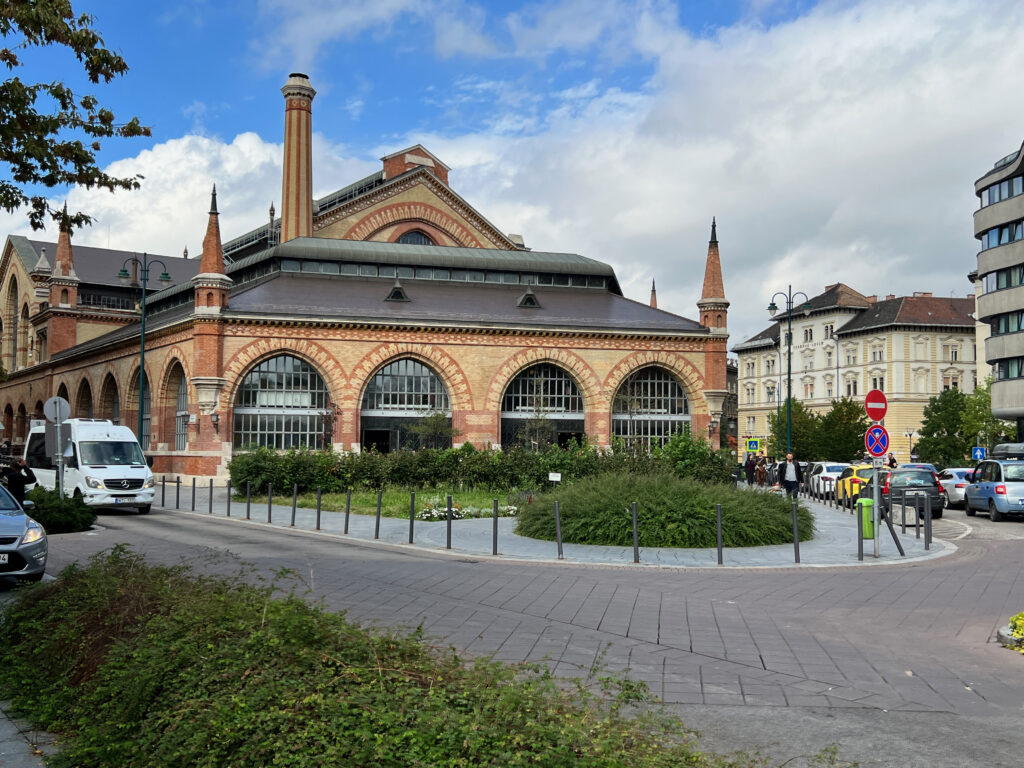

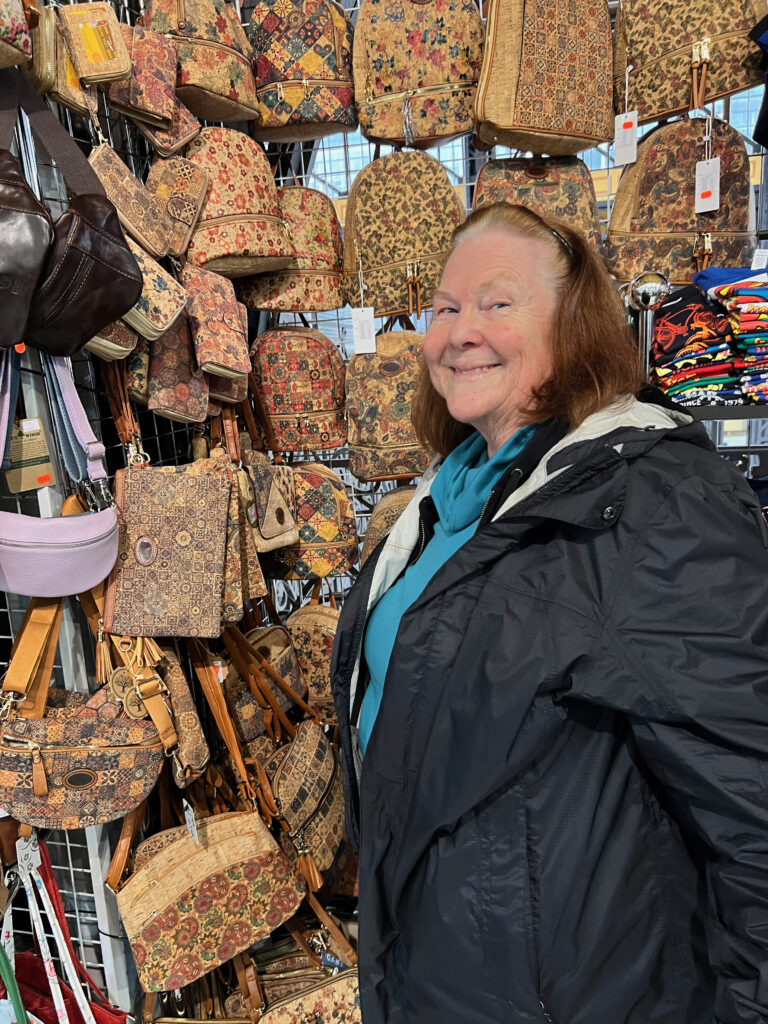
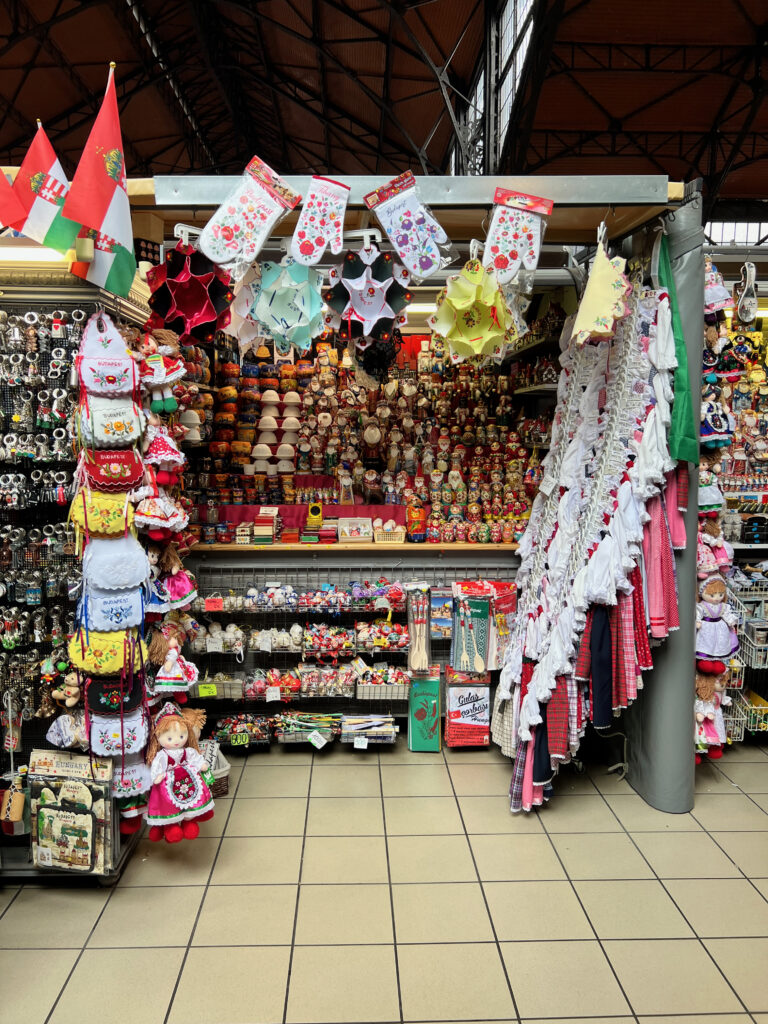
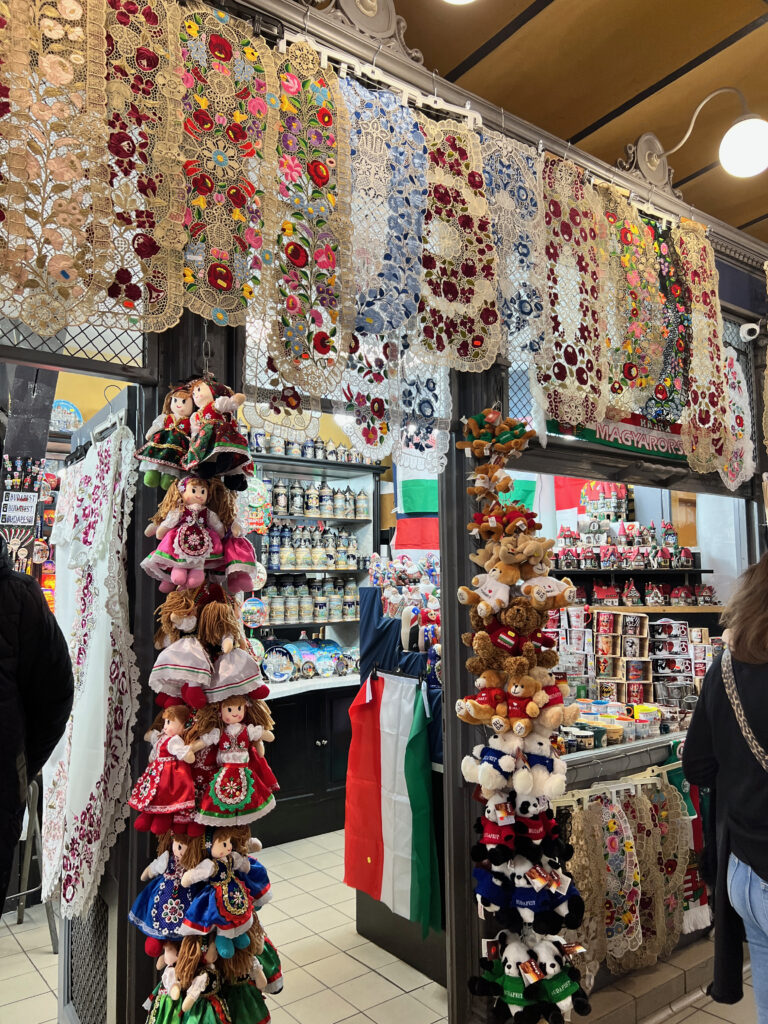
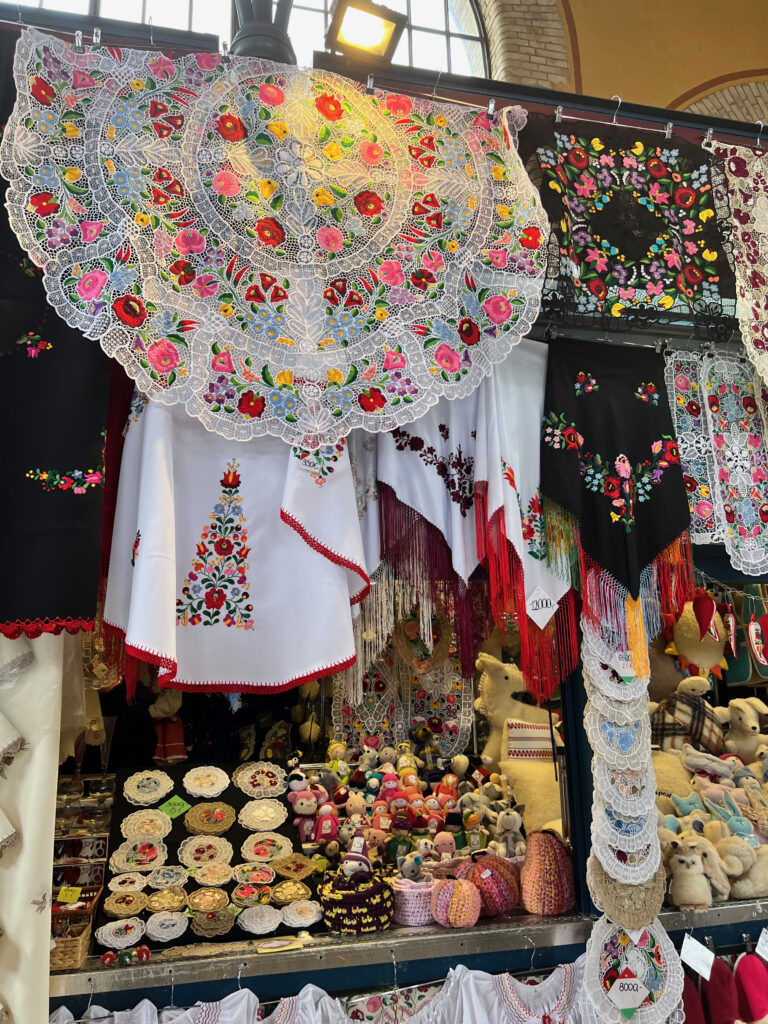
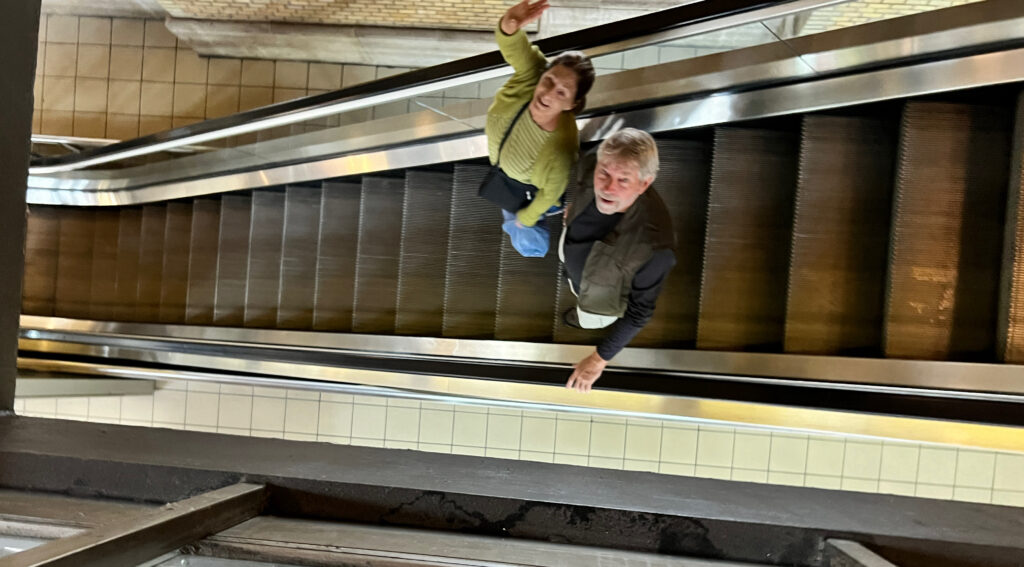
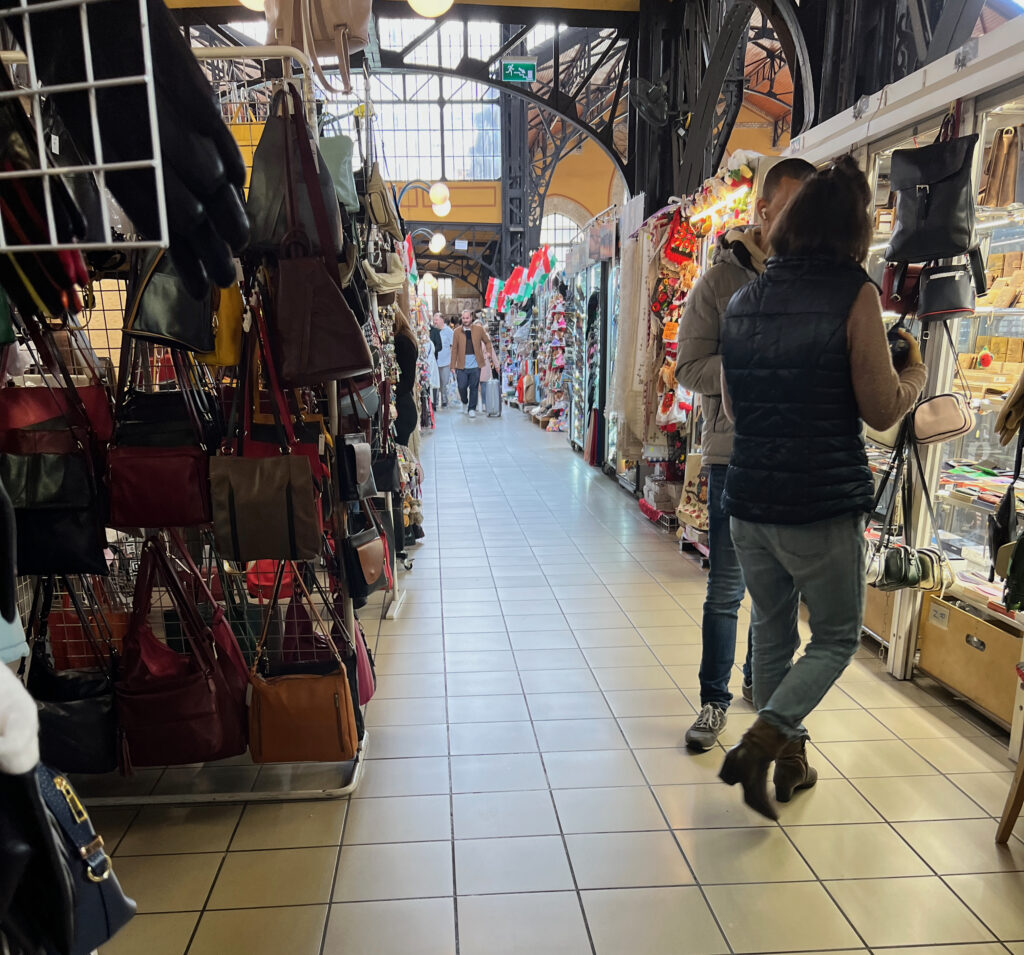
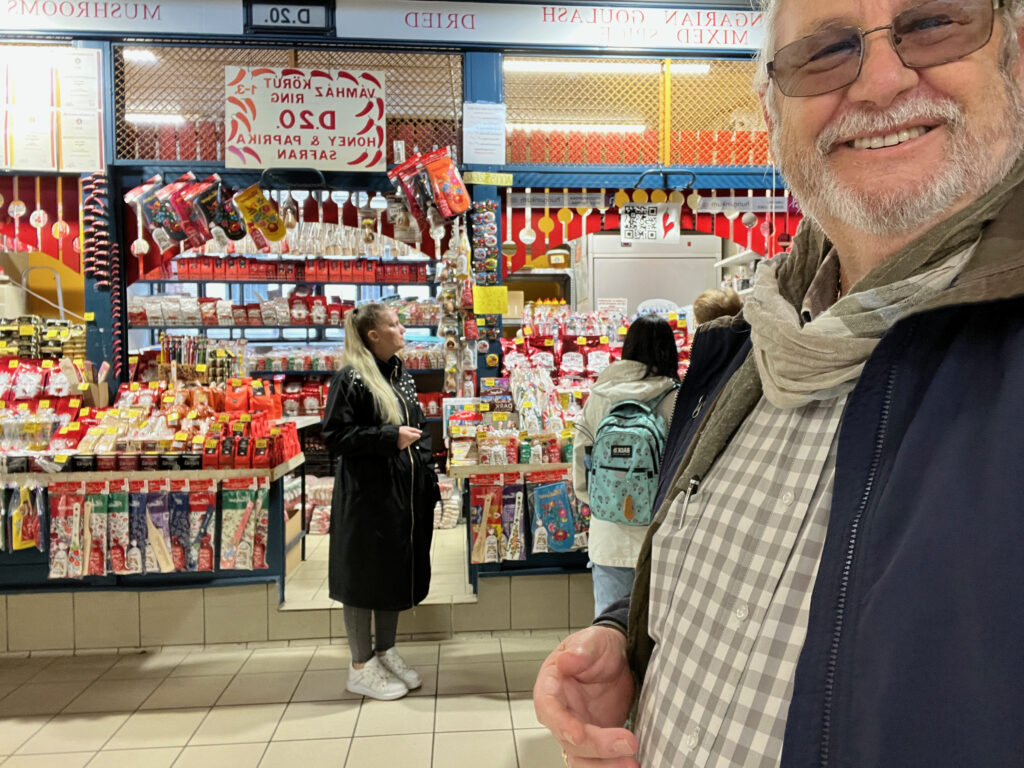
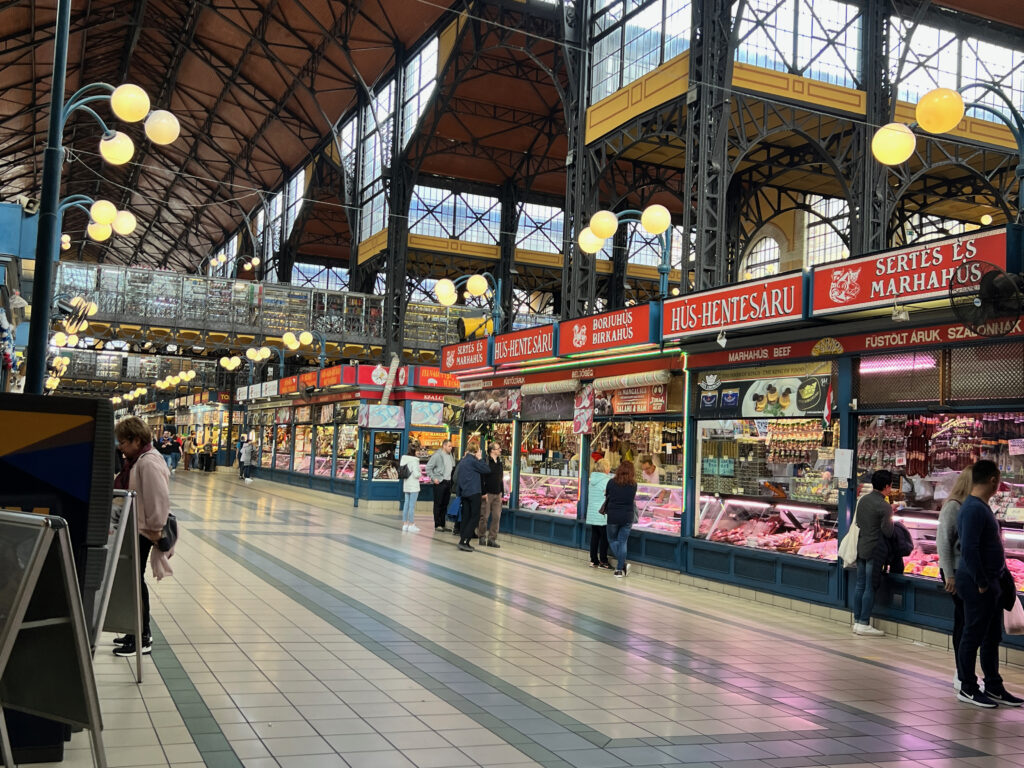

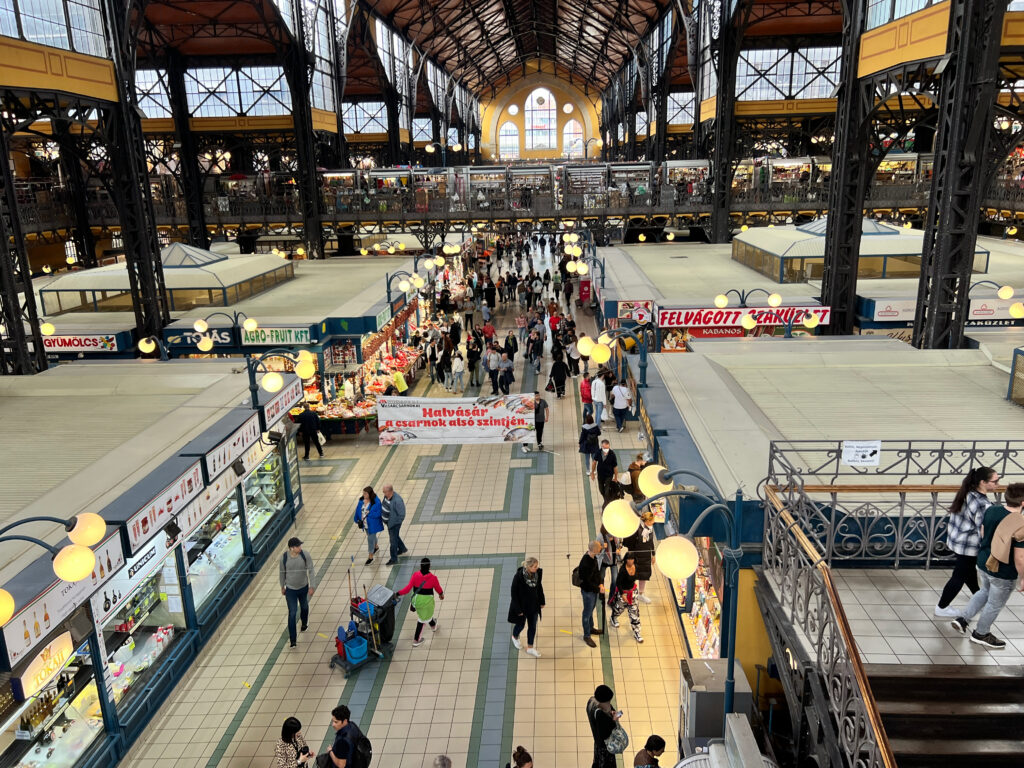
Back on the Boat there was the final evening and the Captain’s Farewell Reception – where of course I did a selfie with Barbara.

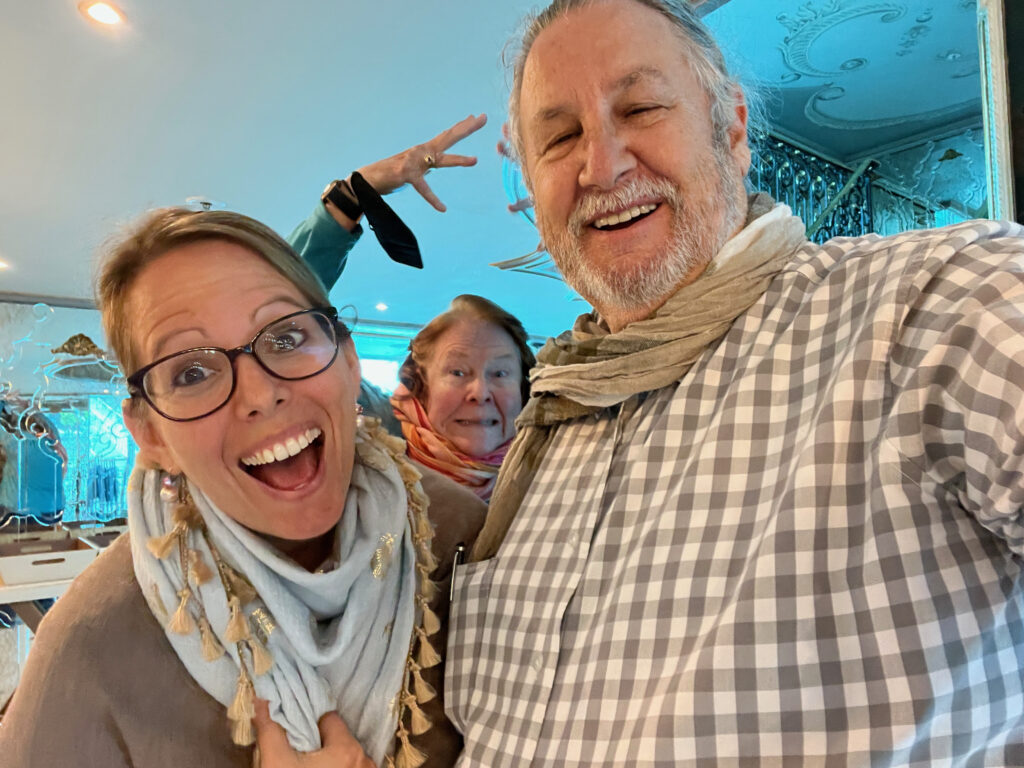
Later in the evening, the ship repositioned for better unloading of everyone and I caught a couple of nice evening shots of Budapest.
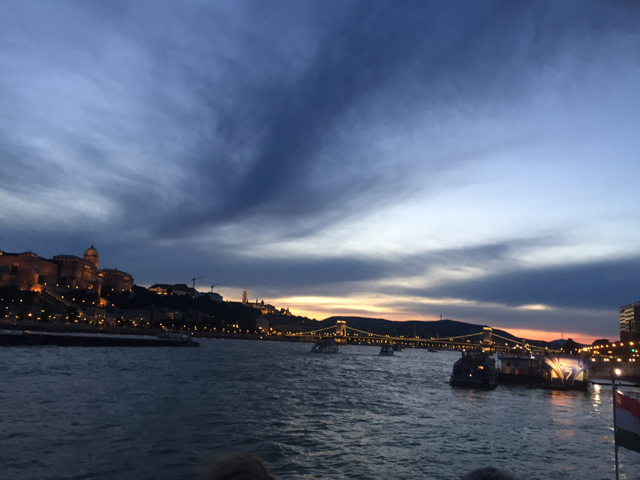

Tomorrow morning, the final day of the Mystery Cruise, we were up and out to the bus to the Airport at 3:15 AM – yes in the morning.
